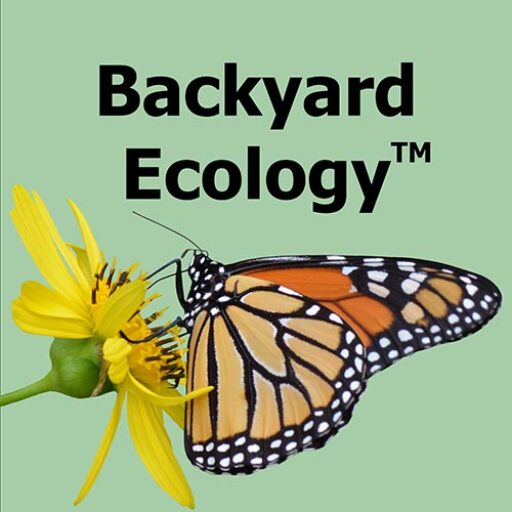Category: Blog
-
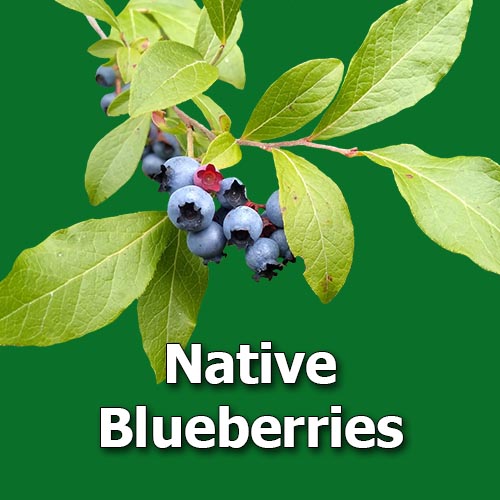
9 Native Blueberries You Can Grow in the Home Landscape
Learn about 9 native blueberries that are native to at least some part of the eastern U.S. and can be purchased from native plant nurseries.
-

Choose the Best Native Milkweed for Your Eastern U.S. Garden
Learn about 10 species of milkweed that are native to most of the eastern U.S., pros and cons of using them in your home garden, and responsible ways to obtain them.
-
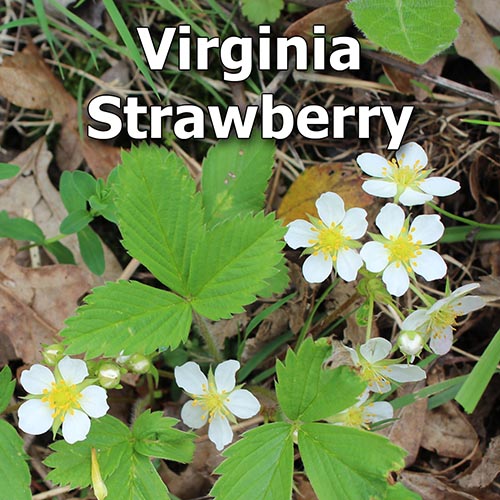
Virginia Strawberry: A Beautiful, Tasty, Underutilized Native Groundcover
Virginia strawberry (Fragaria virginiana) is a beautiful, native groundcover that produces yummy berries and supports a wide range of pollinators and wildlife.
-
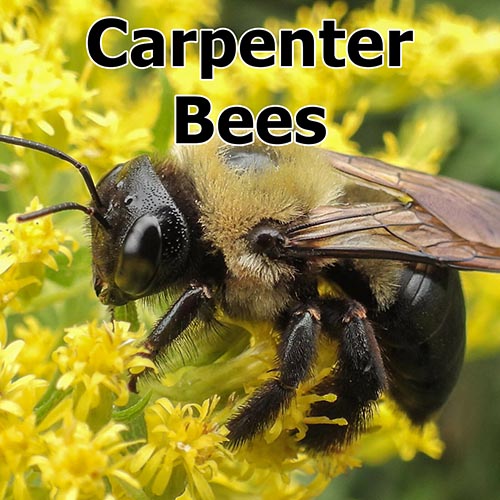
Eastern Carpenter Bees: How to Peacefully Co-exist and Why They Are Important
Learn a little about about eastern carpenter bees, why they are important, and how to discourage them from nesting in places where you don’t want them.
-
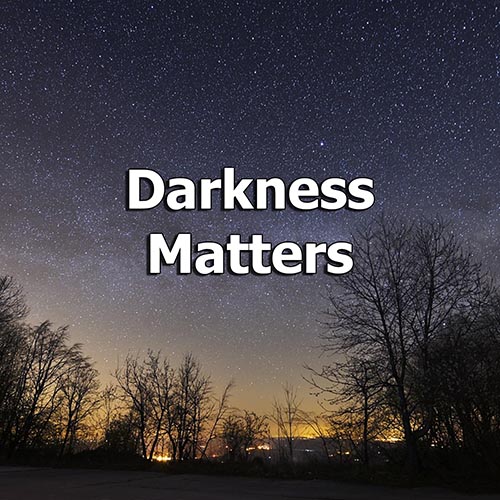
Darkness Matters: Light Pollution’s Threats and Simple Ways to Help
Darkness is an extremely important component of our ecosystem. Unfortunately, we’re losing it to light pollution. Learn simple things you can do to help.
-
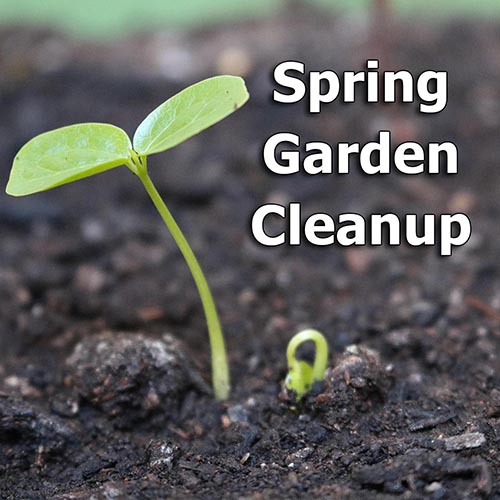
How to Do Spring Garden Cleanup for Pollinators and Wildlife
Discover what to do for an ecological-based spring garden cleanup. Which of the tasks that you delayed doing in the fall still need to be done? And when?
-
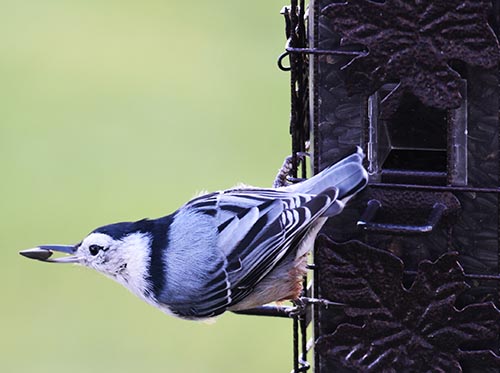
How to Attract More Birds to Your Yard
When someone decides they want to attract birds to their yard, often the first thing they do is put up a birdfeeder (or two). It’s what we did when I was a kid, and it’s what countless other people I know have done. There’s nothing wrong with putting out a birdfeeder. They’re a great way…
-
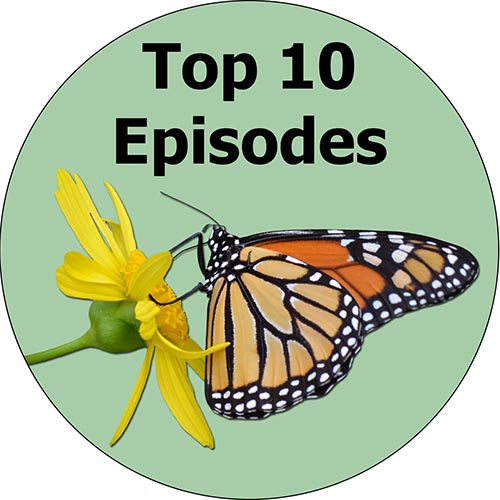
Top 10 Backyard Ecology Podcast Episodes: October 1, 2022 – October 1, 2023
We review the top 10 Backyard Ecology podcast episodes published between Oct. 1, 2022 and Oct. 1, 2023 based on the number of downloads.
-
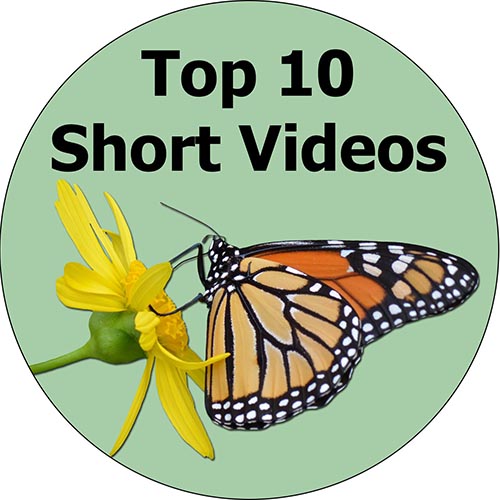
Top 10 Backyard Ecology “Shorts”
The Backyard Ecology YouTube channel was started in the spring of 2022. We review the top 10 shorts on that channel as of Thanksgiving 2023.
-
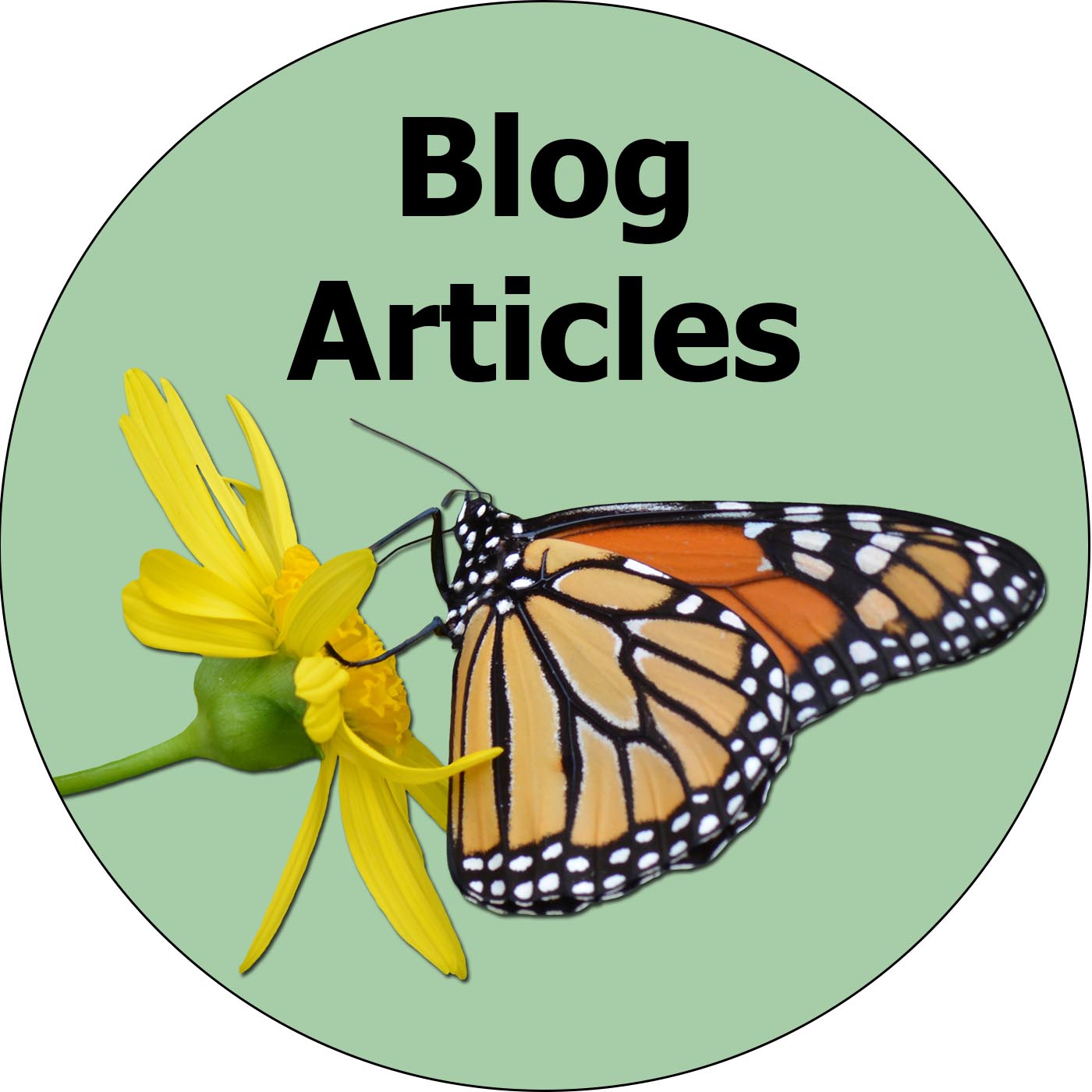
Top 10 Backyard Ecology Blog Articles: October 2022 – October 2023
in BlogA review of the top 10 Backyard Ecology blog articles published between October 2022 and October 2023 plus a bonus of the most viewed article of all time.
-
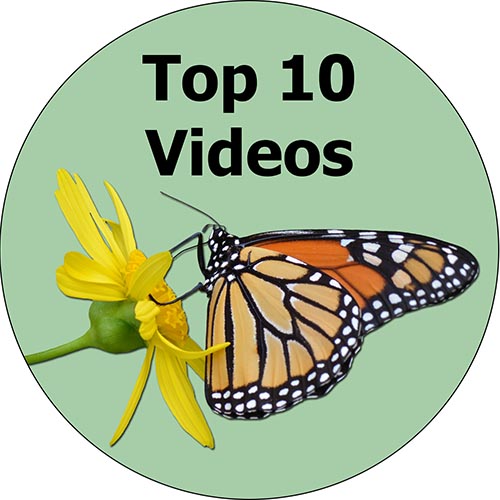
Top 10 Backyard Ecology Videos
The Backyard Ecology YouTube channel was started in the spring of 2022. We review the top 10 videos on that channel as of Thanksgiving 2023.
-
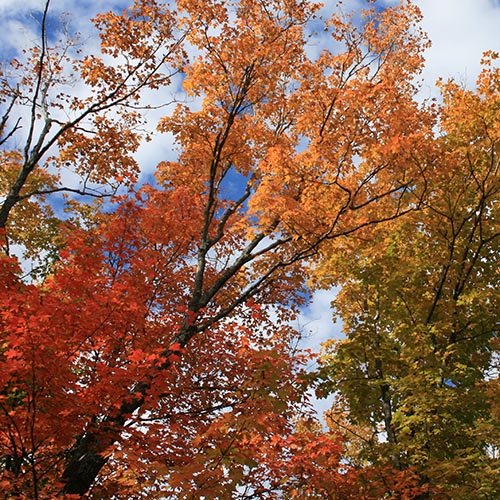
Fall Cleanup in the Pollinator and Wildlife Garden: A Comprehensive Guide to What You Need to Know and Do
When gardening with native plants for pollinators and wildlife, the traditional fall cleanup of the garden is not only unnecessary but could be detrimental.
-
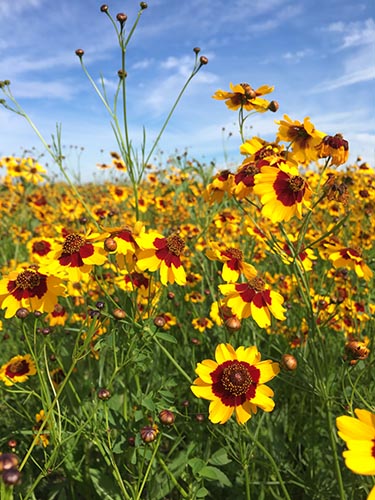
The Secret to Building a Thriving Backyard Ecosystem: Embracing “It Depends”
The secret to building a thriving ecosystem in your yard or community is to understand and embrace the concept of “it depends.”
-
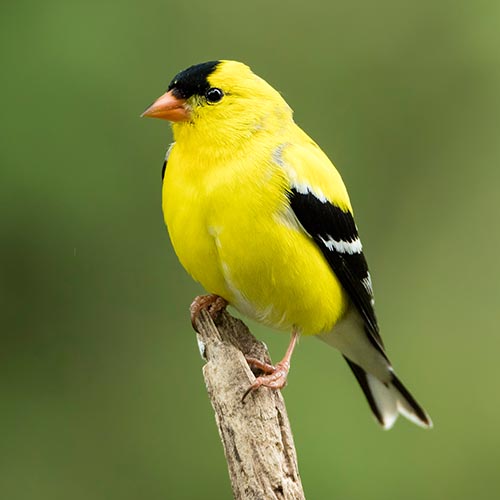
The American Goldfinch: A Comprehensive Guide
I remember Dad hanging our first tube feeder on the front porch. He filled it from a special bag of seed, not the sunflower seeds that we fed to all the other birds that came to our feeders during the winter. These were much smaller and elongated – “thistle seeds” he called them. I silently…
-
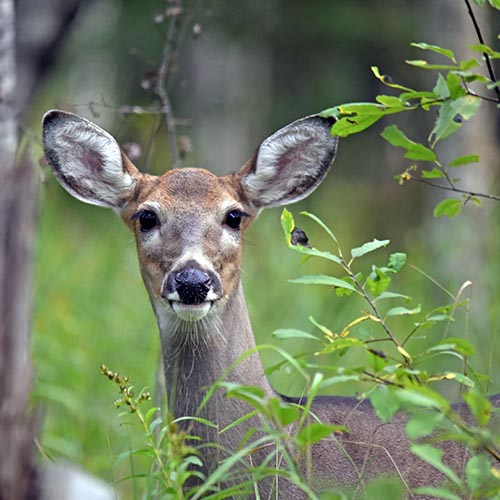
What Happens When a Tree Gets Blown Over? Discovering New Habitats Created by Fallen Trees
Storms are a powerful force of nature. The rain nourishes the land and stimulates life and growth. The wind can bring much needed relief from the stifling heat and humidity of summer. But the wind and rain can also cause flooding, knock out power, topple large trees, and create other challenges in our lives. When…
-
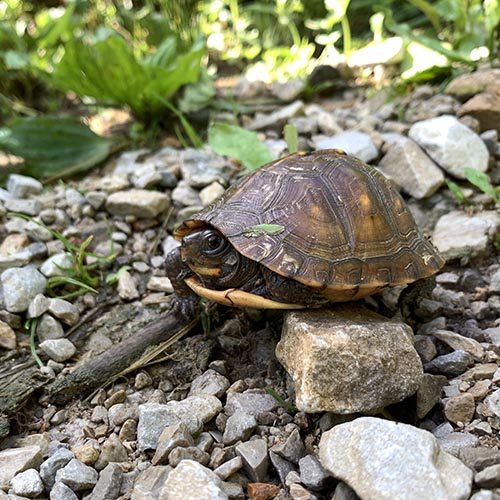
Sometimes Life Happens
Anthony and I both had big plans for this week. A blog article to write and record. At least one “long” video and hopefully a shorter nature trivia video or two to create. A podcast episode to edit. Work on multiple projects that we’re planning to launch before the end of the year. Several meetings.…
-
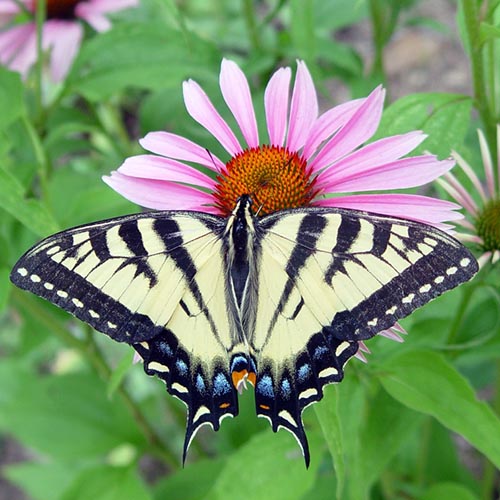
5 Tips for Attracting Butterflies to Your Yard
If you are interested in attracting butterflies to your yard, then you aren’t alone. Many people dream of having lots of beautiful butterflies flitting across their property. To accomplish your dream of attracting butterflies, you may be thinking about planting a butterfly garden or you may have already planted one. Butterfly gardens are extremely popular…
-
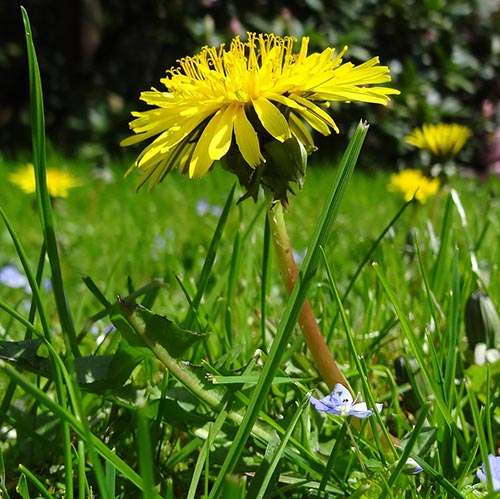
Should I Mow My Yard in May? The No Mow May Debate
For the past few years as April winds down and we enter the month of May, the memes and articles promoting No Mow May seem to explode and are practically everywhere. It’s also something I commonly get asked about when I’m giving presentations or talking to people about making their yards more pollinator and wildlife…
-
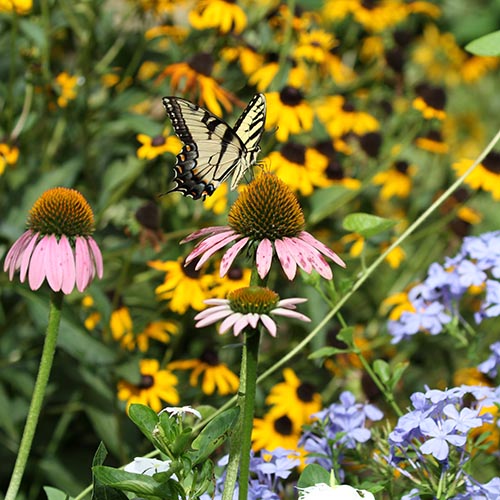
Why Are Some Native Plants Unavailable Early in the Season?
As spring starts to roll around, the garden centers, greenhouses, and nurseries fill up with seeds, bulbs, and pots of brightly colored plants in full bloom. It’s a scenario that plays out every year in just about every town or city. At the same time, the weather is warming up and everyone is getting the…
-
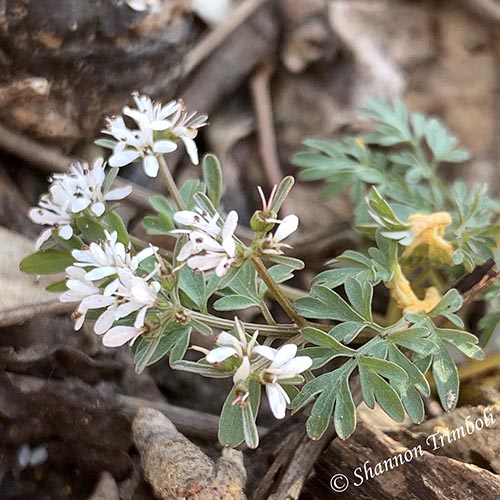
Recent Nature-related Discoveries in My Yard and Community – February and March 2023
This past February and March were quite eventful and packed full of nature-related discoveries and observations. For starters, it seemed like many of the late winter blooming trees and early ephemeral wildflowers bloomed a little on the early side. Then, at least where I’m at, March’s weather was insane with a couple of major windstorms.…
-
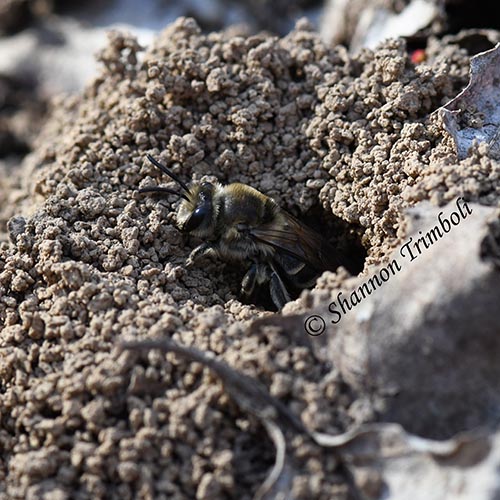
Native Ground Nesting Bees: Important Early Season Pollinators
When most people think of bees, the non-native honeybee and the native bumble bees are what often come to mind because they are big and easily recognized. But there are thousands of other, lesser known species of native bees. Some of the most interesting are the many species of ground nesting bees that, as their…
-
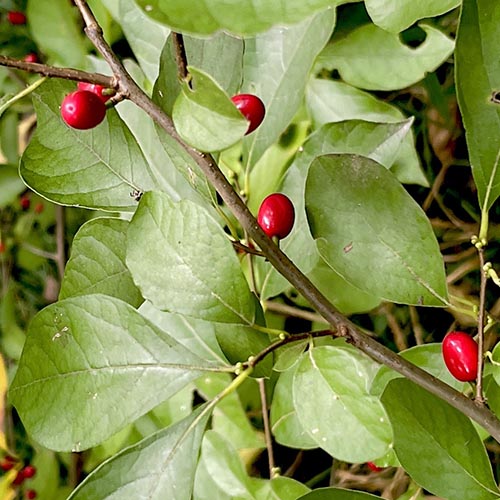
Spicebush – A Native Shrub with Plenty to Like
By: Anthony Trimboli When we think of native shrubs that have four season interest the hollies often come to mind. Their bright red berries, spring bloom and foliage are all hard to beat when it comes to looking good in the landscape. But there is another alternative to the hollies that has many of the…
-
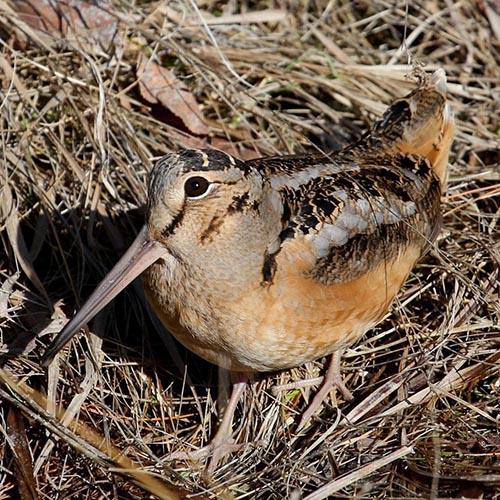
American Woodcock: Sky Dancers of Early Spring
The American woodcock (Scolopax minor), also known as the timberdoodle, is a funny looking bird. It can be found throughout most of the eastern U.S. and southeastern Canada during at least part of the year. Every year I look forward to hearing their familiar “peents” and watching their sky dances – a sure sign that…
-
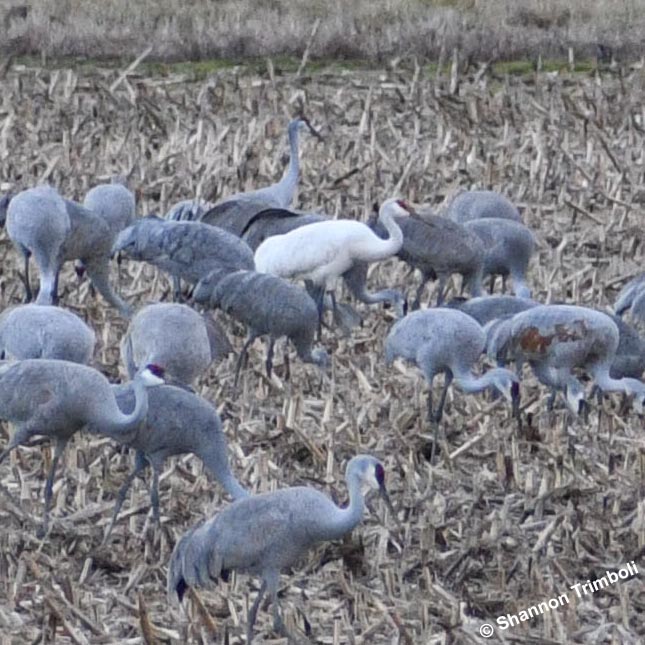
Recent Nature-related Discoveries in My Yard and Community – December 2022 and January 2023
I hope you had an amazing holiday season and your new year is off to a wonderful start. I also hope that over the last couple of months you were able to make some time to get outside, relax, and enjoy some of the nature surrounding you. Below are a few of the nature-related discoveries…
-
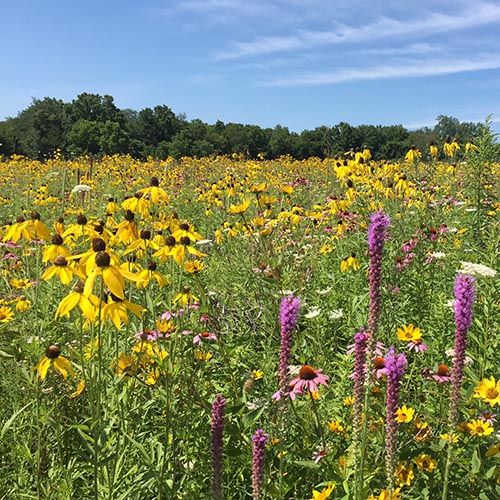
Wildflower vs Native Plant: What’s the Difference?
Browse seed catalogs or walk into almost any big box store’s garden center and there is a good chance that you’ll find one or more seed mixes for sale that are labeled as “wildflower blends.” Some are even marketed as good for pollinator gardens. But just because something is a wildflower doesn’t mean it is…
-
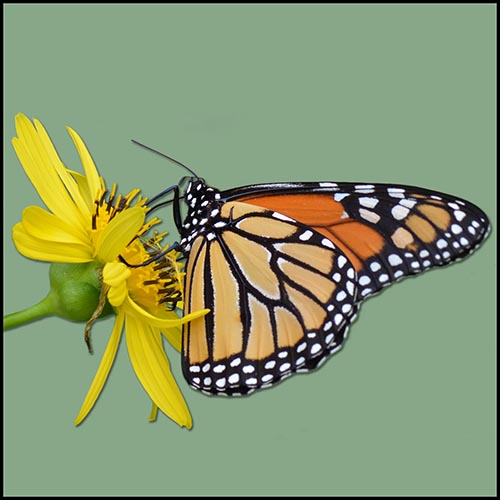
Top 10 Most Popular Backyard Ecology Articles: Thanksgiving 2021 – Thanksgiving 2022
The new year is only a few days away. As I said in last week’s podcast episode, this is traditionally a time for looking back over the last year and looking forward to the new year. We’ve been following that tradition in the Backyard Ecology world, both with our content and behind the scenes as…
-
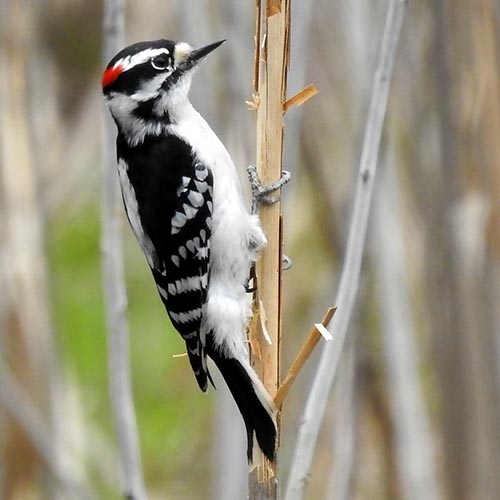
Downy Woodpecker: Our smallest woodpecker and a common backyard visitor
When I was a kid, downy woodpeckers were common visitors to our suet feeders and the platform feeder that held black sunflower seeds on the front porch. So, I had lots of opportunities to watch them. They were probably the second species of woodpecker that I learned to identify. (The first woodpecker species I learned…
-
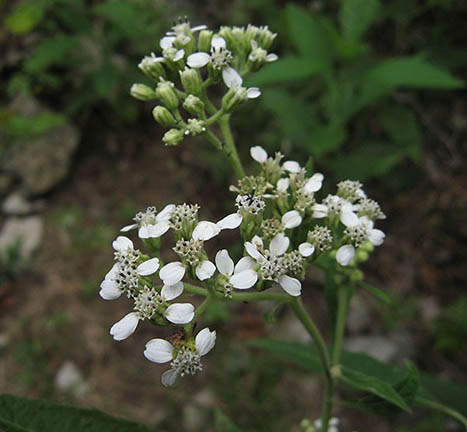
White Wingstem: A Late Fall Nectar Source and Frost Flower Producer
When we think about early winter interest in the garden or landscape, we are often thinking about trees or shrubs that have interesting bark or brightly colored berries. Native grasses can also provide early winter interest with their golden browns and attractive seedheads. However, rarely do we think about herbaceous plants as a source of…
-
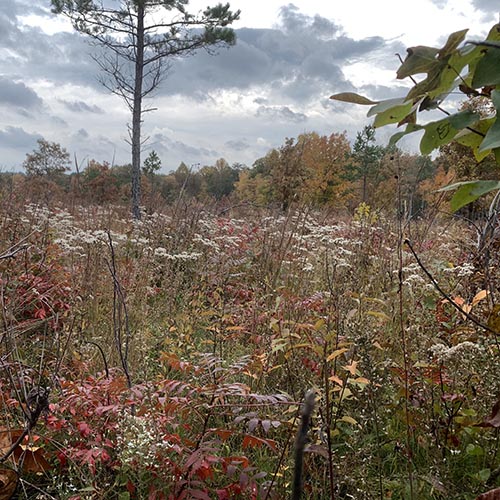
Recent Nature-related Discoveries in My Yard and Community – October and November 2022
Around here it was an amazing fall – full of fall wildflowers, late season pollinators, and beautiful fall colors. We were seeing and hearing reports of butterflies well into the first week of November! Then the seasons changed, almost overnight, as we were plummeted into early winter. However, I wouldn’t be surprised to get another…
-
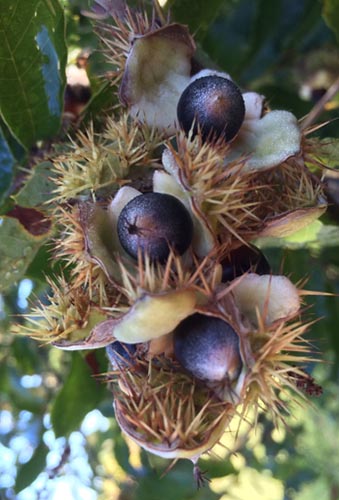
Allegheny Chinquapin: An underutilized but excellent nut producing shrub
By: Anthony Trimboli When it comes to native nut producing trees and shrubs the oaks get most of the attention. The mostly gone but not forgotten American chestnut also gets a ton of press, even though there is no blight resistant variety available – yet. While trees are excellent nut producers, they are not the…
-
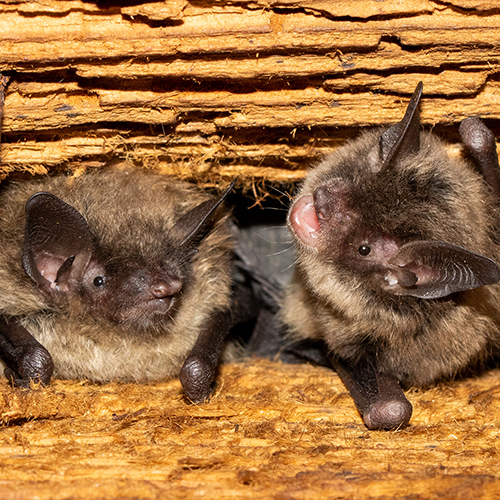
5 Things to Consider Before Buying or Putting Up a Bat Box
Bats are an important part of the ecosystem. In the eastern U.S., all of our bats are insectivorous which means that they eat insects. Many of the insects they eat are ones that we would consider pests. Unfortunately, populations of many of our bat species are declining for a variety of reasons. One of the…
-
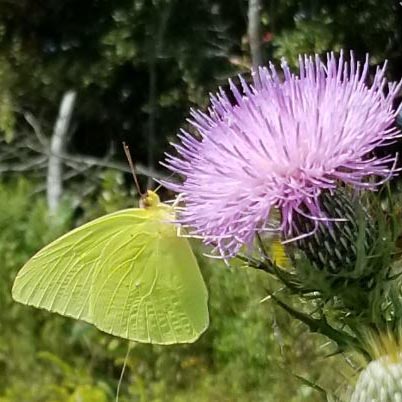
Cloudless Sulphur Butterfly: A Common Fall Migrant
One of the many things I love about the fall is watching all the cloudless sulphur butterflies (Phoebis sennae) flying across our yard and fields. They always remind me of little drops of sunshine fluttering through the air. Cloudless sulphurs can be found in most of the eastern U.S. They are more common from approximately…
-
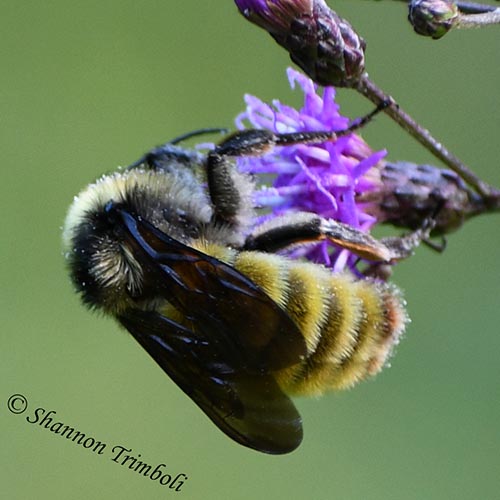
Recent Nature-related Discoveries in My Yard and Community – August and September 2022
I absolutely love fall! The temperatures are much nicer. The fields are a riot of color – lots of bright yellow, of course, but also purples, whites, pinks, oranges, and scattered other colors. Goldfinches are everywhere. And then there are all the butterflies, bees, wasps, and other “bugs” busily going about their business on the…
-
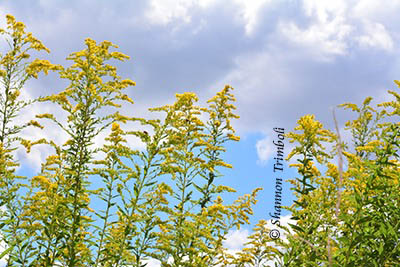
Pollinator Friendly Methods for Mowing Fields
Property owners and land managers will often mow large fields in the fall. Sometimes this is done for aesthetic reasons. Sometimes it is done because “that’s the way it’s always been done.” And sometimes it is done out of a desire to keep trees and other woody vegetation from taking hold in the field, especially…
-
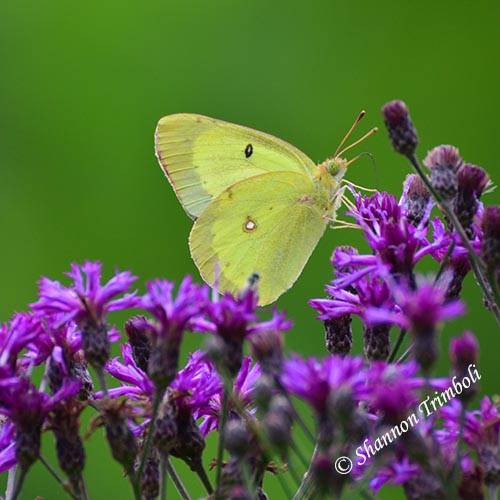
Tall Ironweed: A Beautiful Source of Fall Nectar and Pollen
Ironweeds are perennial, native wildflowers that produce beautiful, purple blooms about the time the goldenrods start to light up the fields. There are approximately 15 different species of ironweeds (Vernonia spp.) in the eastern U.S. with more out west. The most widespread species in the eastern U.S. is tall ironweed or giant ironweed (Vernonia gigantea…
-
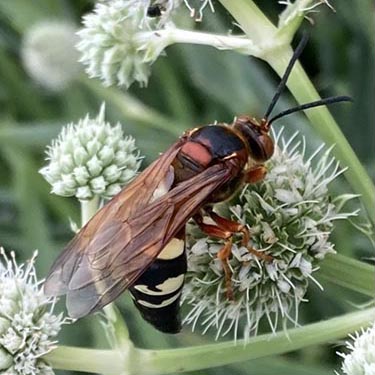
Cicada Killers: Not as Menacing as They Appear
Every summer, about the time that the annual cicadas start calling, one of our largest wasps appears. They can be kind of intimidating because of their size. Their yellow, black, and reddish-brown coloration only adds to their menacing look. These wasps are called cicada killers, and unless you are a cicada, you really don’t have…
-
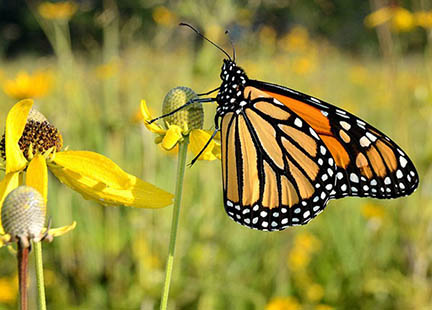
Everything You Need to Know about the IUCN Listing of the Monarch Butterfly
in Take ActionOn July 21, 2022, the IUCN listed the migratory population of the monarch butterfly as endangered on their Red List of Threatened Species. Monarch butterflies are so familiar and so beloved that the reaction was immediate and passionate. In many cases, it was also misinformed. So, let’s dig in a little deeper and talk about…
-
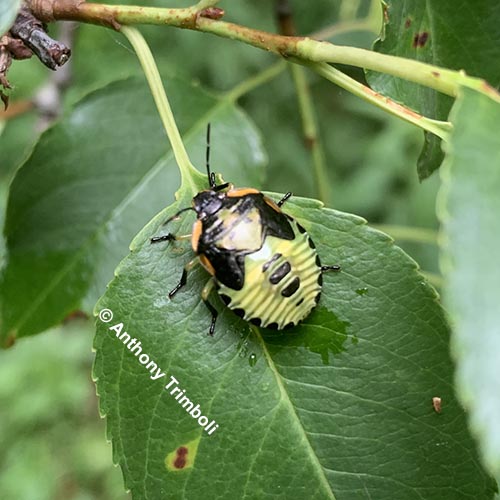
Recent Nature-related Discoveries in My Yard and Community – June and July 2022
The last month or so has been incredibly hot, dry, and humid where I’m at. Heat indexes of over 100 have become normal. I’m very grateful for all the wildlife that I can view from the house while sitting in the air-conditioned comfort on those hotter days. Yet, even with the miserably hot weather, we’ve…
-
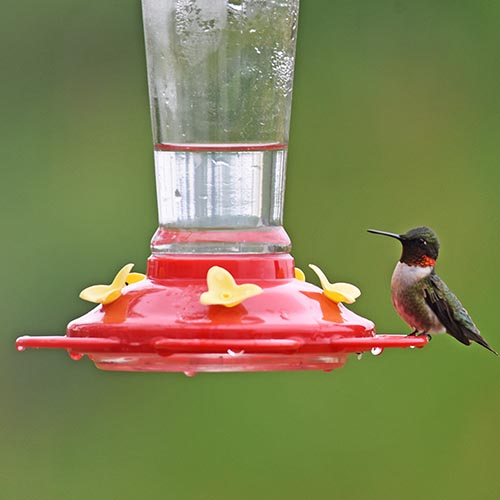
10 Tips for Feeding Hummingbirds: Hummingbird Feeder Safety and Beyond
Hummingbirds are fascinating and common visitors to our yards. Attracting and feeding hummingbirds is a favorite activity of many people. The internet and social media are full of advice for attracting and feeding hummingbirds, and like for most topics, some of the information is good and some isn’t. In fact, some of the information I’ve…
-
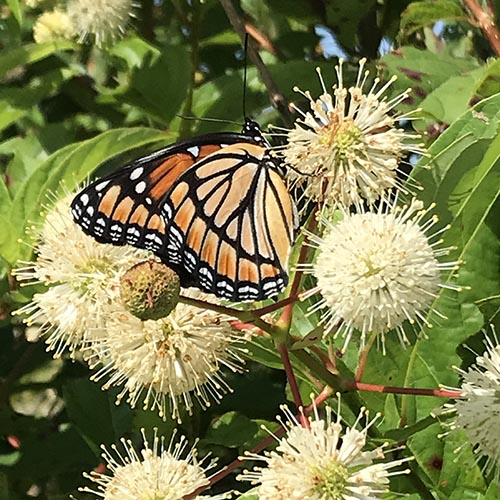
Buttonbush: A summer extravaganza for pollinators
Introduction Buttonbush (Cephalanthus occidentalis) is a deciduous shrub native to the eastern half of North America. It can be found growing naturally along creeks, ponds, lakes, and other fairly wet areas. Buttonbush can also be grown as a native ornamental in mostly sunny areas where the soil is on the moist side of medium to…
-
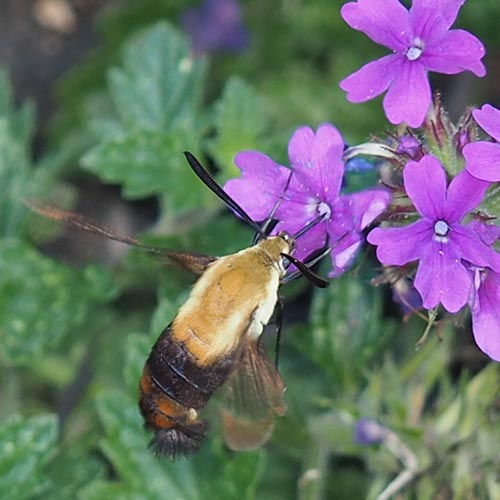
Bumblebee moth: The moth that looks like a hummingbird and a bumble bee had a baby
Have you ever caught a quick glimpse of a tiny “hummingbird” hovering around a flower? Then realized that not only was it too small, but it also wasn’t the right colors and wasn’t producing the characteristic hum. Perhaps it looked like a hummingbird and a bumblebee had a baby. Don’t worry. You aren’t going crazy…
-
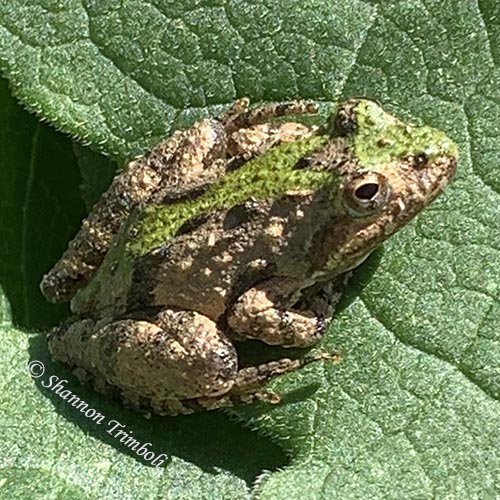
Recent Nature-related Discoveries in My Yard and Community – April and May 2022
Where did this spring go? The last couple of months have been crazy busy, but so much fun too. I have had the opportunity to make some amazing nature-related discoveries both around my own property and while traveling. Below are a few of the nature-related discoveries I’ve made on our property over the last couple…
-
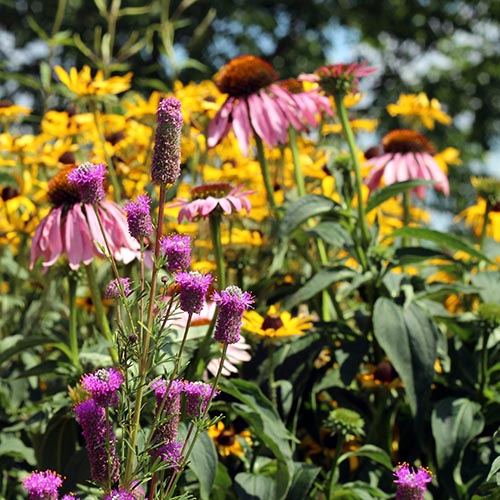
Understanding a Common Saying When Growing Native Plants
Growing native plants is one of the best things you can do to attract pollinators and wildlife. However, if you’ve ever grown native plants either in your garden or in a larger pollinator planting, then you may have noticed that some species are very slow to take off. In fact, the phrase, “The first year…
-
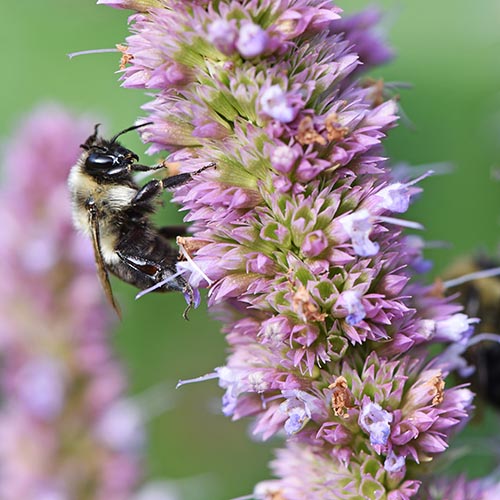
Anise Hyssop: A Long-lasting, Summer-blooming Bee Magnet
Introduction Anise hyssop (Agastache foeniculum) is a perennial native wildflower for parts of the northern half of the U.S. and into Canada. Some resources, such as the USDA Plants Database, consider it native to Kentucky. Other resources consider it adventive (likely escaped from cultivation) in Kentucky. No resources have it listed as native anywhere south…
-
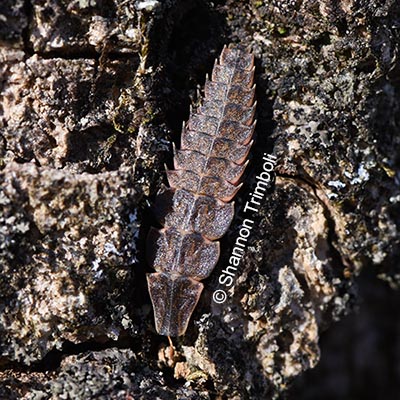
Spring Treetop Flasher: Our First Firefly Species of the Season
I used to think that there was only one type of firefly. I think many of us go through that stage. Looking back, I have to laugh because why would there only be one type of firefly? I mean, we have more than one type of bird, butterfly, frog, fish, etc. Why should fireflies be…
-
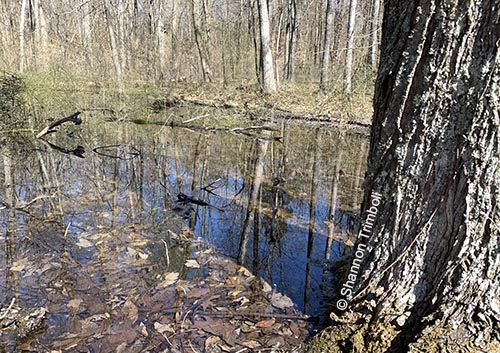
Recent Nature-related Discoveries in My Yard and Community – February and March 2022
It’s spring! The days have been getting noticeably longer. The birds are starting to sing in the mornings. The spring ephemeral wildflowers are starting to bloom. Spring tree top flasher firefly larvae are on the tulip poplar trunks. The first butterflies of the year are coming out. And the phoebes are bouncing between their two…
-

Best Times to Kill Poison Hemlock: Winter and Early Spring
in Take ActionBy: Anthony Trimboli Background Poison hemlock (Conium maculatum) is an invasive weed that is found throughout the United States. It is commonly seen growing along roadsides, in ditches, and other disturbed areas with moist soils. Poison hemlock grows as a biennial in the colder portions of the U.S. That simply means that the first year…
-
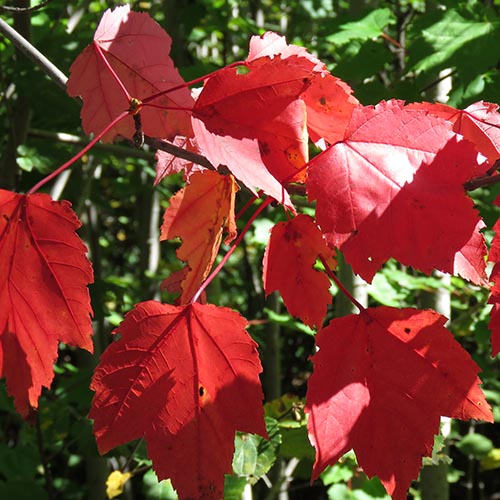
Red Maple: An Early Source of Nectar and Pollen
Introduction Red maple (Acer rubrum) is a medium height tree that can grow up to 100 feet tall. It is native to most states in the eastern half of the U.S. and much of eastern Canada. Red maple is one of our earliest blooming native trees and can be an important food source for a…
-
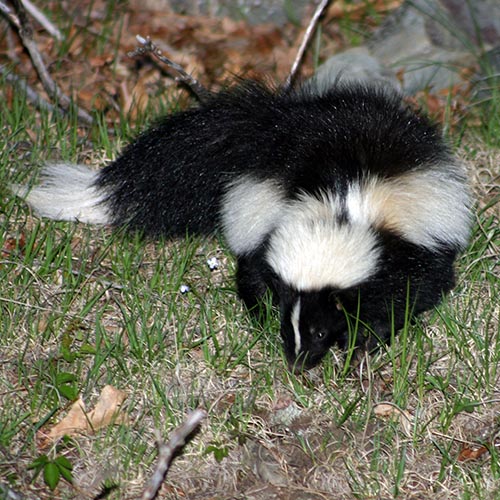
The Striped Skunk: A Common Visitor to Backyards
Overview Skunks may not be the first animal that pops into your mind for backyard wildlife, but they are common visitors to many yards. Because they are active at dusk and during the night, they often go unobserved. Despite their infamous defense mechanism, they don’t have a very strong smell unless they’ve been provoked. The…
-
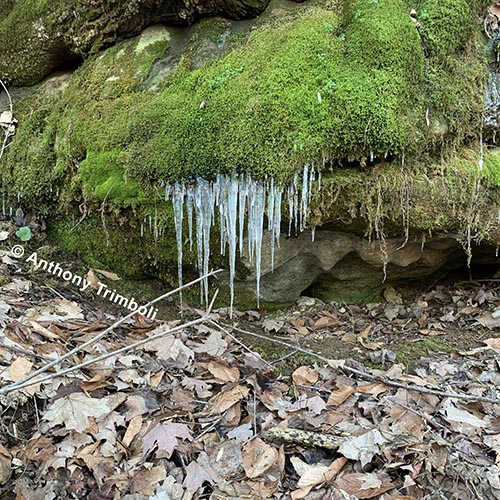
Recent Nature-related Discoveries in My Yard and Community – December 2021 and January 2022
Weather-wise, the last couple of months have been insane. In early December, I still had a few scattered goldenrods in bloom. They were all individuals that had been browsed or cut earlier in the year, which kept them from blooming at the same time as the other goldenrods. I was also still seeing the occasional…
-
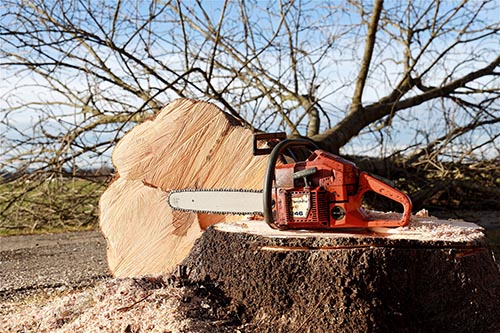
If You Need to Cut Down a Tree, Do It in the Winter
Trees can be valuable components of our ecosystems, not to mention the cooling and other benefits they can provide around our homes. But sometimes you may need to cut down one or more trees. From a wildlife perspective, the best time to cut down a tree will be in the winter. All else being equal,…
-

Top 10 Backyard Ecology Blog Articles in 2021
I officially launched the Backyard Ecology blog in September 2020. Over the past 16 months, I’ve written over 50 Backyard Ecology blog articles, in addition to producing Backyard Ecology podcast episodes. The blog articles have covered a wide variety of topics, but generally can be grouped under 4 main categories: Profiles of native critters Profiles…
-
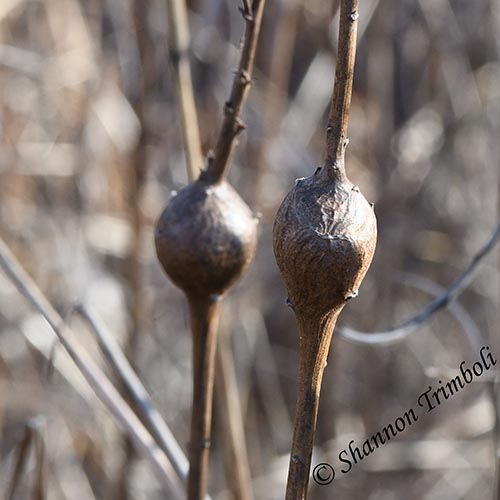
The Goldenrod Gall Fly: An Insect with a Fascinating Life History and Valuable Role in the Ecosystem
Overview Sometimes when we are walking through our yards or communities, we don’t see the critters themselves as much as we see the signs they leave behind. Such is the case with the goldenrod gall fly (Eurosta solidaginis). Goldenrod gall flies can be found throughout most of North America. There are two subspecies – one…
-
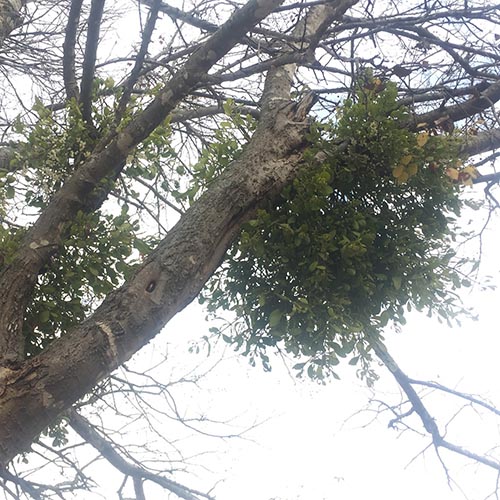
American Mistletoe – A Holiday Plant Enjoyed by Pollinators and Wildlife
It’s hard to miss the basketball-sized clusters of green leaves decorating the bare upper branches of trees as they reach up to the winter sky. Those basketball-sized clusters of leaves are most often mistletoes. There are several different species of mistletoe in North America, and even more in other parts of the world. Some prefer…
-
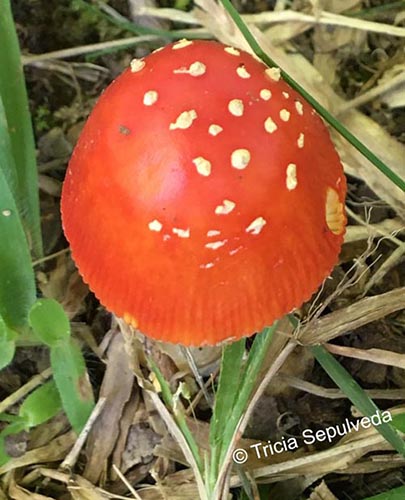
Nature-related Discoveries in My Yard and Community – October and November 2021
What a difference a couple of months have made! The leaves have fallen off the trees and I can once again see the road from my house. The fall warblers have migrated through and my winter suite of birds are arriving. The flowers have stopped blooming and beautiful seed heads have replaced the blossoms. Below…
-
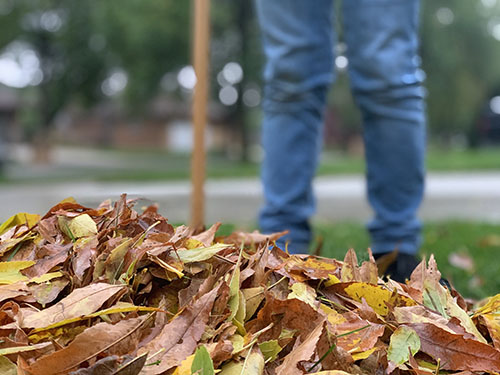
Leave Your Fall Leaves for Pollinators and Wildlife
Think of fall in the eastern U.S. and fall foliage is likely to be high on the list of things that comes to mind. People will drive for hundreds of miles to admire a forest ablaze in bright red, orange, and yellow leaves. More than one vacation, wedding, or other special event is planned each…
-
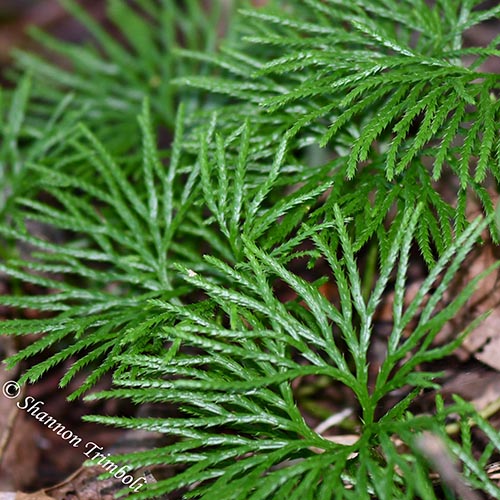
Ground Cedar: A Unique Evergreen Groundcover of Eastern Forests
Walking through my woods, I was excited to find a clump of ground cedar. My grandparents introduced this plant to me when I was kid, but they taught it to me by one of its other common names – running cedar, and I still sometimes call it that. To this day, I smile and think…
-
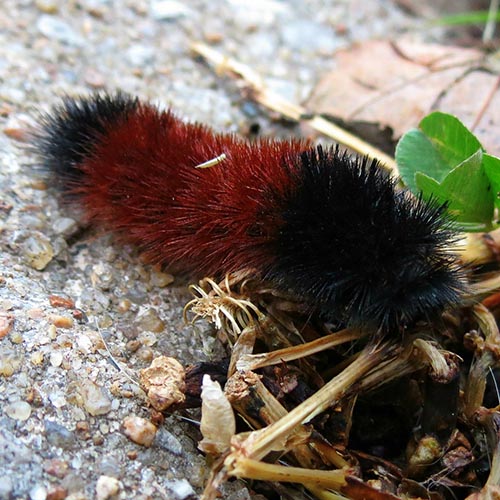
Woolly Worms or Woolly Bears: Winter Weather Forecasters?
Overview Woolly worms, also known as woolly bears, may be our most familiar and well-recognized moth caterpillar. Every fall we see them steadily marching across driveways and streets in search of a place to spend the winter. And every year, predictions are made about what the upcoming winter is going to be like based on…
-
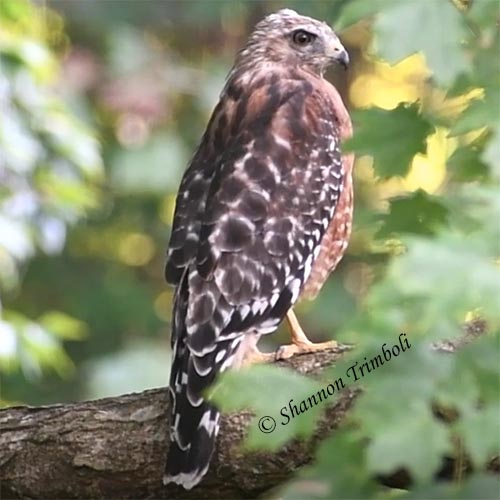
Recent Nature-related Discoveries in My Yard and Community
It’s been a while since I shared some of my nature-related discoveries with you. So, I thought it was about time to do it again, especially since I found and was able to observe so many fun and cool nature-related discoveries in August and September. Below are just a few of them. American carrion beetles…
-
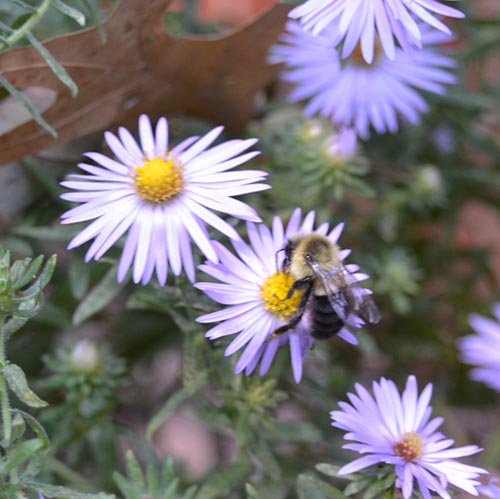
Remember the Shoulder Seasons when Planting for Pollinators
When planting for pollinators, the general advice is to have at least three different things blooming throughout the growing season. For most of the spring, this is easy because it seems like everything is in bloom and everyone has some sort of flowering plant in their yard. I could easily fill a whole book with…
-
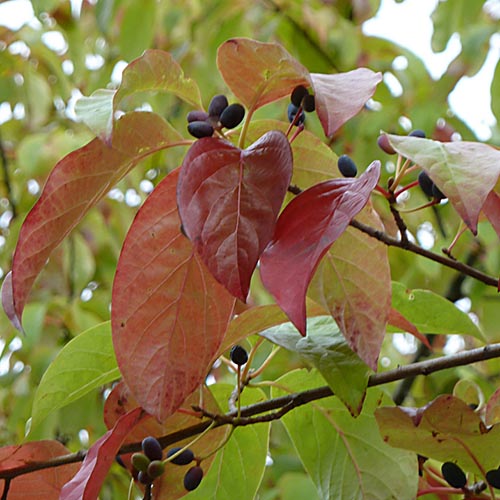
Black gum: A wonderful wildlife tree that also works well in landscaped settings
Have you ever been walking in August or September and noticed a tree with a few scattered red leaves? You may have thought “that’s weird,” because obviously it is still way too early for the leaves to be turning colors. If so, you may have been looking at a black gum. Black gum is a…
-
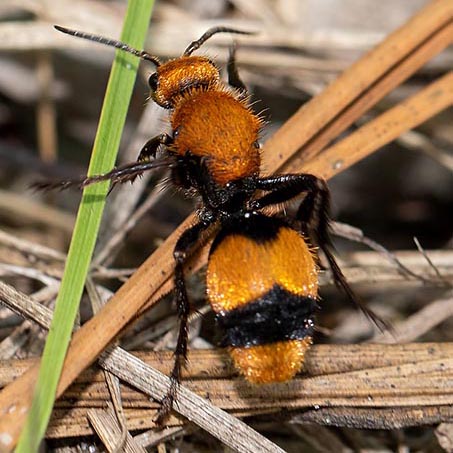
Eastern Red Velvet Ants: Doesn’t Kill Cows and Isn’t an Ant
Overview Velvet ants aren’t really ants at all, but instead are a type of wasp. There are thousands of species of velvet ants worldwide with over 400 species being found in the continental U.S. and Canada. According to the University of Florida, 50 species can be found in that state alone. The most common, or…
-

Recent Nature-related Discoveries in My Yard and Community
June and July have been busy months filled with tons of nature-related discoveries! I missed most of our early lightning bug species, but they were insane in June and July. There were several nights when I picked out at least half a dozen different flash patterns. Each of those would have been a different species.…
-
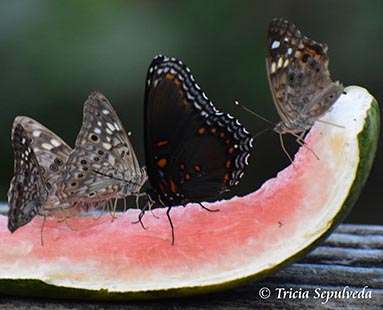
Attract Butterflies with Overripe Fruit and Melon Rinds
We always think about growing flowers when we think about attracting butterflies to our yards. Or, if we’re thinking about the bigger picture, we think about flowers and host plants so that we are feeding both the adult butterflies and their caterpillar babies. However, what many people don’t realize is that not all butterflies are…
-
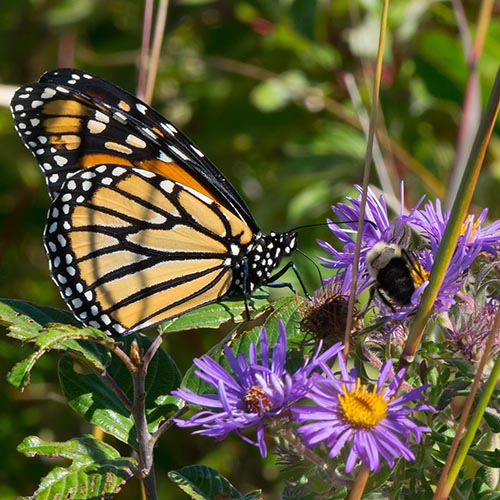
New England Aster: A Beautiful and Diverse Native Wildflower
New England aster (Symphyotrichum novae-angliae) is a late summer / early fall blooming wildflower that is native throughout most of North America. In the last decade or so, it has become a fairly common plant to include in native plant and pollinator gardens, as well as, in larger habitat restoration projects. However, it was introduced…
-
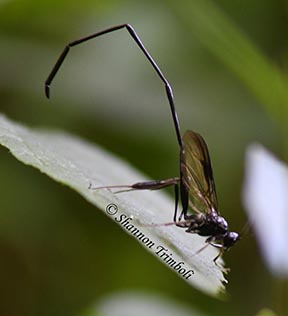
American Pelecinid Wasp: A Unique and Fascinating Critter
One day, late last summer, I decided to see how the berries were developing on the devil’s walking stick (Aralia spinosa) at the back of our property. The devil’s walking stick patch grows along the edge of the woods next to one of our fields. It was sunny, hot, and humid, so I decided to…
-
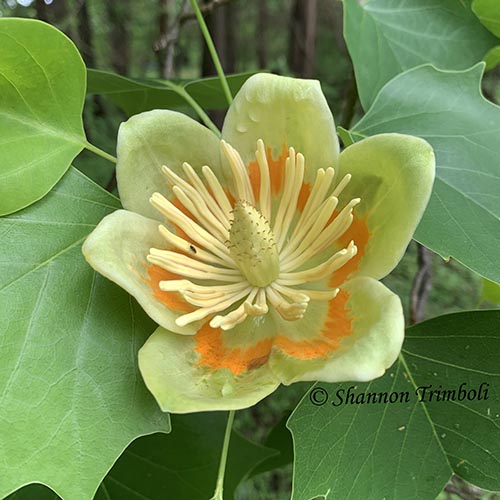
Recent Nature-related Discoveries in My Yard and Community
This has been a crazy year. The temperatures in May seemed cooler than normal to me and it was relatively dry overall. I mean, we would get a gully washer of a storm, then nothing….. until another gully washer came. We definitely didn’t seem to get the frequent, gentle May showers that I tend to…
-
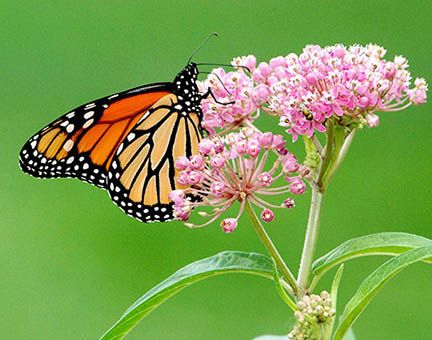
Plant Multiple Species of Native Milkweeds for Monarch Caterpillars
I’m often asked what is the best species of milkweed to grow for monarchs. In many ways, the answer is whatever species is native to your area and has the tastiest leaves for the monarch caterpillars to eat at that particular instant in time. Let’s talk about that statement for a minute, why it’s true…
-
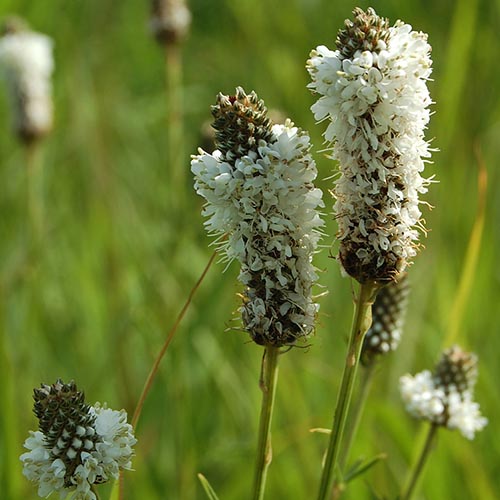
White Prairie Clover: A mid-summer nectar and pollen source for bees
White prairie clover (Dalea candida) is a native, perennial wildflower throughout most of the Midwest and central U.S. The eastern edge of its native range crosses the Mississippi River and includes Illinois, Kentucky, Tennessee, and Georgia. White prairie clover is also commonly grown in garden settings outside of its native range. General Biology and Life…
-
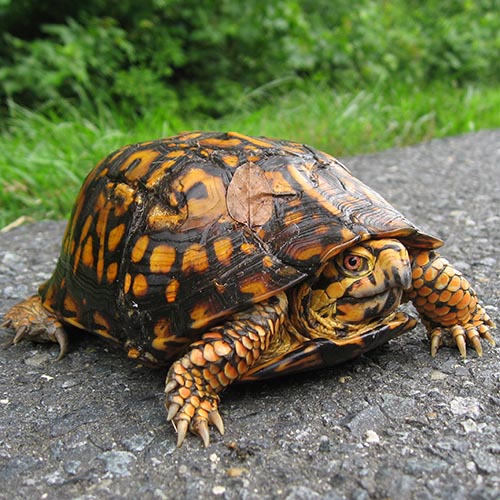
Common Box Turtles: Our Most Common Backyard Turtle Visitor
If you are in the eastern U.S. and find a turtle in your yard, there’s a good chance that it is a common box turtle (Terrapene carolina). Box turtles are also the turtle that you are most likely to stumble across out in the woods, or even on a hike through a meadow. Because common…
-

Nature-related Discoveries in My Yard and Community – April 2021
This is always such an exciting time of year. The wildflowers are blooming. The insects are appearing again. The birds are starting to sing their dawn chorus in the mornings again. And the spring warbler migration is in full swing. Things are changing almost daily. There is always some new nature-related discovery to be made.…
-
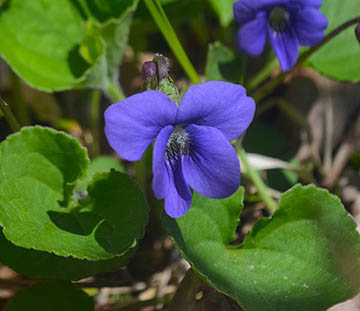
Consider a Living Green Mulch
We all have different aesthetic views. That’s part of what keeps all of our gardens interesting and makes them uniquely our own. Some of us like our beds to be very neatly maintained with expanses of wood mulch separating out each group of plants. Others like to use gravel to segregate their plantings. While still…
-
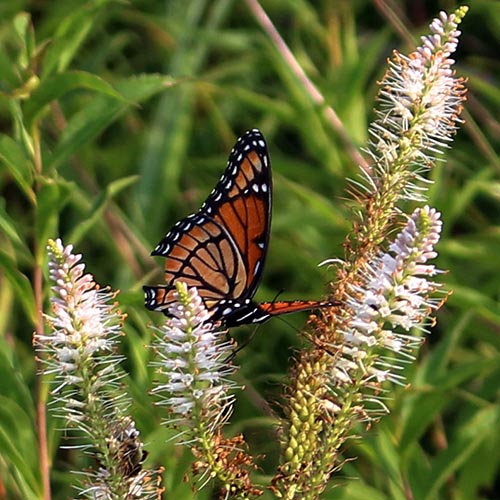
Culver’s Root: Providing a Summertime Bounty of Nectar and Pollen
General Biology and Life History of Culver’s Root Culver’s root (Veronicastrum virginicum) is an herbaceous perennial that is native to most of the eastern U.S. and parts of eastern Canada. It is much more common in some states than others. Culver’s root grows naturally in moist to wet meadows or open woods. It can grow…
-
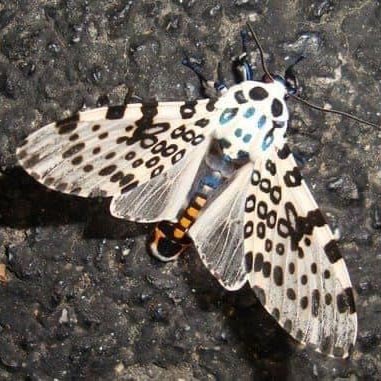
Giant Leopard Moth: Cousins of the Much-Loved Wooly Worm
The giant leopard moth (Hypercompe scribonia) can be found throughout most of the eastern United States. It is a beautiful moth that is fairly easy to observe. Giant leopard moths also have some surprising characteristics that make them fun to learn about. What does it look like? Adult Adults are medium sized moths. The males…
-
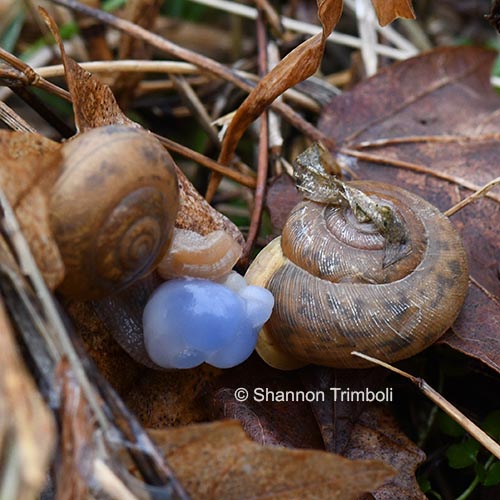
Nature-related Discoveries in My Yard and Community – March 2021
After a crazy February and early March, spring has finally sprung! The red maples and elms bloomed at the beginning of the month. Now, the spicebushes are in full bloom and the early spring ephemeral wildflowers are starting to dot the woods. Not to mention the spring peepers are calling and I heard my first…
-
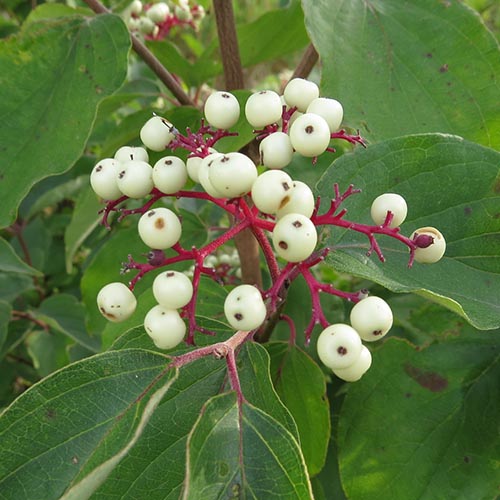
Attract Songbirds by Planting Native Trees and Shrubs that Produce Berries
Planting native trees and shrubs that produce berries is a great way to attract songbirds to your yard. Many of our songbirds rely on berries and other berry-like fruits for at least part of their diet. Some of our migratory songbirds, like gray catbirds, consume a significant amount of fruit, especially during their fall migration.…
-
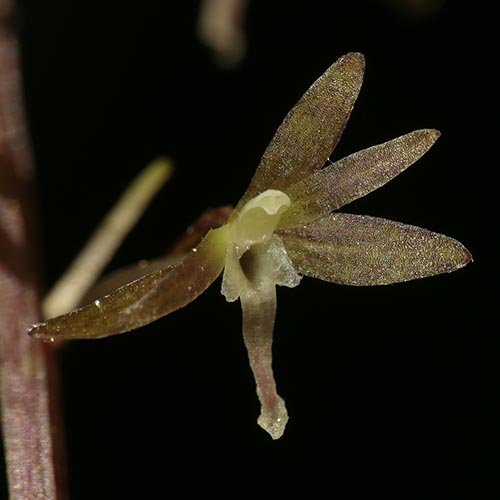
Cranefly Orchid: A cryptic native orchid
Take a walk in the woods in the late winter or early spring and you may find a single, green, oval leaf lying among the fallen tree leaves. I often find single leaves scattered here and there, but you can occasionally find small patches. The leaves are around 3 inches in length and kind of…
-
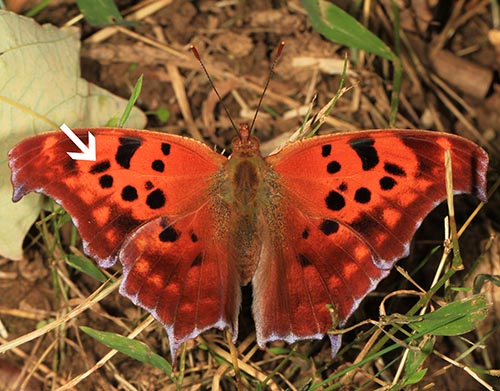
Question Mark Butterfly: One of our earliest flying butterflies
The question mark butterfly (Polygonia interrogationis) breaks many of the stereotypes that we usually place on butterflies. In some places, you can find it flying on warm days in late February or early March. If you do see one fly by, pay close attention to where it lands. They have amazing camouflage that allows them…
-
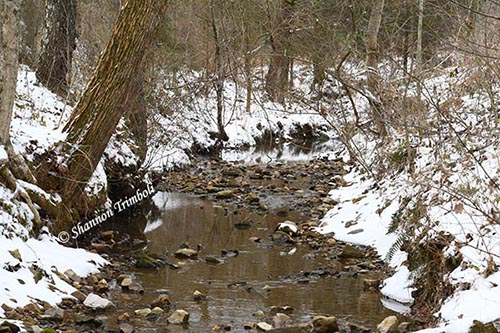
Nature-related Discoveries in My Yard and Community – February 2021
Wow! February went just a wee bit crazy, didn’t it? Within about a week and a half to two weeks we had three different winter storms. (For friends and family living further north, that’s a lot of wintery weather in a short time for us.) That was after a relatively mild January. The snow doesn’t…
-
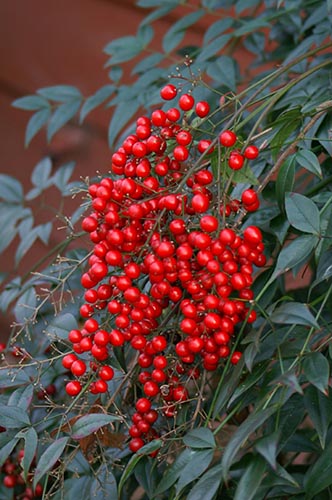
Replace Nandina, the Not So Heavenly Bamboo
By: Anthony Trimboli Nandina (Nandina domestica), also commonly called heavenly bamboo, is an exotic ornamental shrub that is native to India, China, and Japan. Although not an actual bamboo, Nandina does have a cane-like growth pattern and will spread from root suckers. The dark, evergreen foliage and persistent bright red berries, coupled with the near…
-
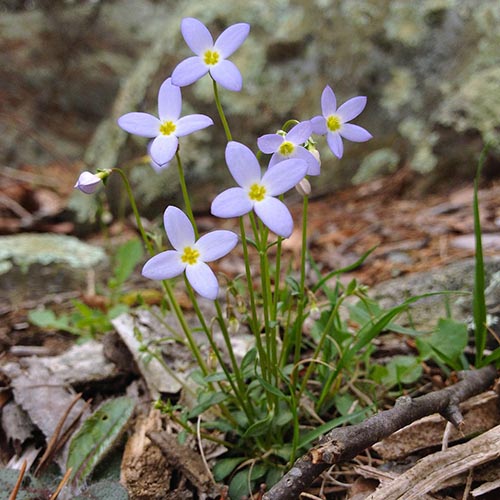
Common Bluets: Delicate Blue Flowers of Spring
Common bluets, a.k.a. Quaker ladies or azure bluets, (Houstonia caerulea) are tiny, blue wildflowers that are native throughout most of eastern North America. There are several other species of bluets that also grow within parts of eastern North America, but common bluet is arguably the most widespread and common species overall. Common bluets grow naturally…
-
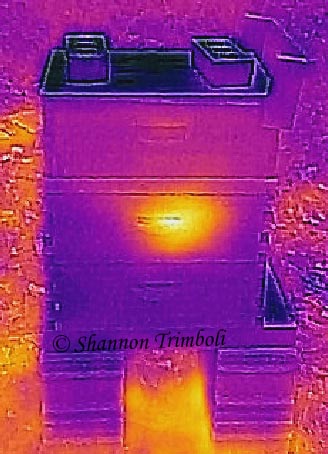
Honey Bees and Native Bees in the Winter
Growing up in Kentucky, I commonly heard the phrase “If you don’t like the weather, wait 5 minutes and it will change.” As an adult, I learned that just about every state surrounding us has the same saying. The same thing is probably true for much of the rest of the eastern U.S. This is…
-
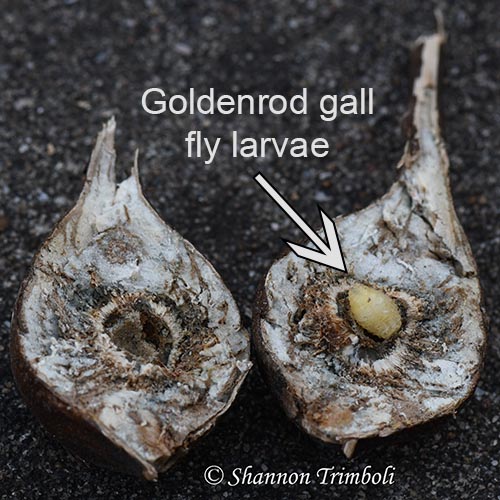
Nature-related Discoveries in My Yard and Community – January 2021
As I write this, I’m looking out my window and watching the farm turn white. We’ve really only had one other snowfall this winter that produced any accumulation and that only lasted for a couple of hours. This one will likely last longer, but I don’t expect it to get too bad. I have lots…
-
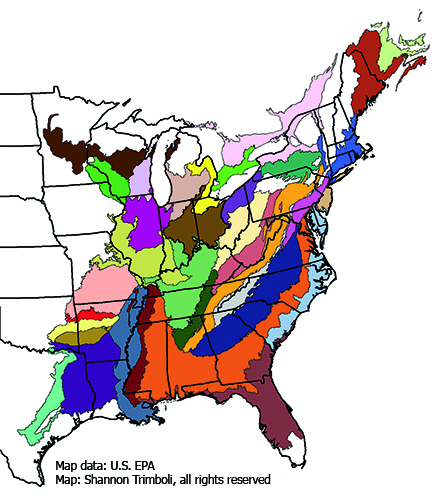
Gardening with Native Plants: Hardiness Zones and Ecoregions
Plant Hardiness Zones Pick up almost any seed packet, read almost any gardening book, or attend almost any gardening class and you are likely to see a USDA plant hardiness map. The map was developed by the USDA and is based on the average minimum winter temperatures for an area. It divides the country into…
-
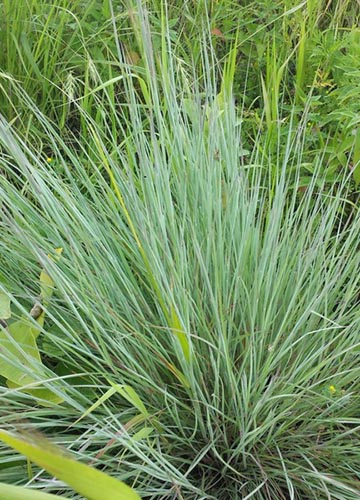
Little Bluestem: A Native Grass for Prairies and Gardens
Little bluestem (Schizachyrium scoparium) is native to the lower parts of Canada and almost the entire lower 48 states in the U.S. It can be found growing naturally in barrens, prairies, savannas, and open woodlands. Little bluestem prefers drier upland sites, but is occasionally found in lower moister areas, especially in some parts of its…
-
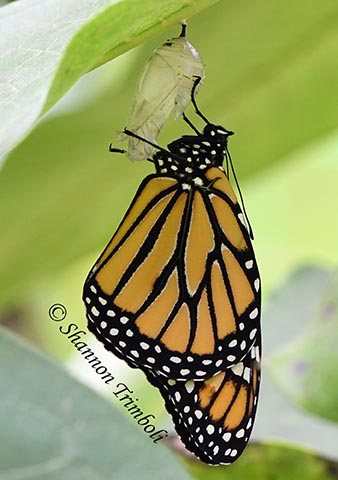
What does the endangered species ruling for the monarch butterfly really mean?
On December 15, 2020, the U.S. Fish and Wildlife Service (USFWS) “found that adding the monarch butterfly to the list of threatened and endangered species is warranted but precluded by work on higher-priority listing actions.” But, what does that really mean? And how does it affect things going forward? What does the ruling mean? To…
-
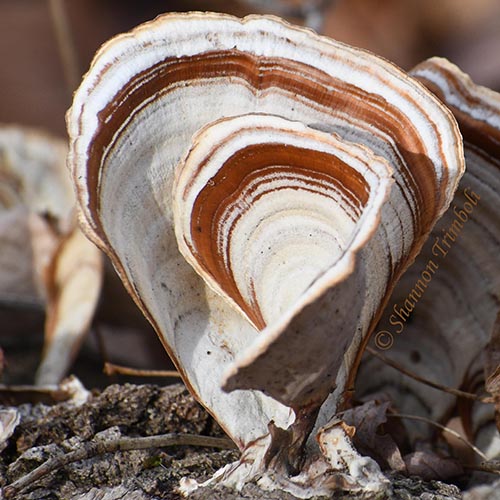
Nature-related Discoveries in My Yard and Community – December 2020
I hope everyone had a good a holiday season and start of the new year. December was kind of a difficult month for me this year – lots of personal stuff going on. But I was still able to get outside some and enjoy the nature around me. Here are some of the fun nature-related…
-
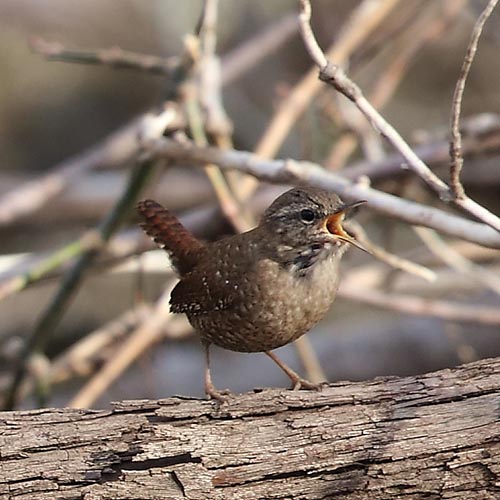
Winter Wren: One of our “other” wrens
When we hear the word “wren,” many of us picture the Carolina wren because it is found year-round throughout most of the eastern U.S. and is such a vocal and animated bird. However, the Carolina wren isn’t our only wren. Besides the Carolina wren, we have four other species of wrens in the eastern half…
-
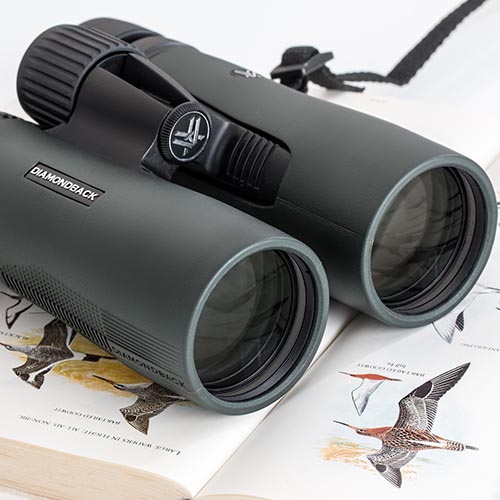
The Christmas Bird Count – Over 100 Years of Community Science
in Take ActionFor tens of thousands of people, the hustle and bustle of holiday activities also includes participating in an event that has been happening for well over a century – the Christmas Bird Count. This tradition started in North America in 1900. Since then, it has grown tremendously and has resulted in a priceless treasure trove…
-
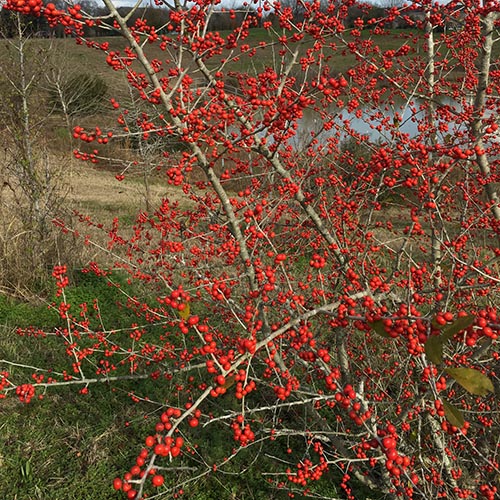
Possumhaw: A deciduous holly
Possumhaw (Ilex decidua) has many common names including deciduous holly, swamp holly, and prairie holly. It is also sometimes called winterberry, but be aware that “winterberry” is more commonly used in reference to Ilex verticillata, which is also a deciduous holly. To make things more complicated, Ilex verticillata is sometimes called “deciduous holly,” even though…
-
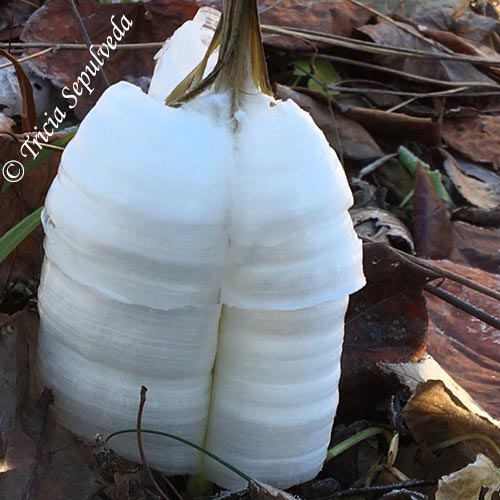
Nature-related Discoveries in My Yard and Community – November 2020
This has been a weird November. Whether it was a beautiful bright blue sky highlighting the last of the fall leaves on a warm day at the beginning of the month or an end of the month snow shower, I’ve enjoyed getting out and making little nature-related discoveries in my yard and nearby community. This…
-
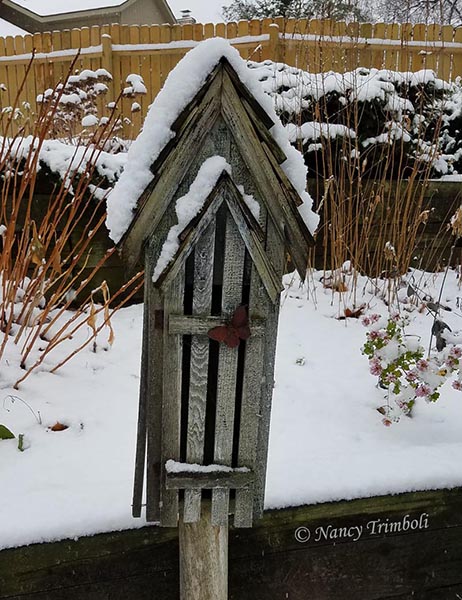
Be Careful if Putting Butterfly Boxes in Your Pollinator Garden
Butterfly boxes, also known as butterfly hibernation boxes or butterfly houses, are long, skinny boxes with thin slits usually on the front. The intent of the butterfly box is to give butterflies a dry place to go during inclement weather or a place to hibernate during the winter. (In the eastern U.S., we have a…
-
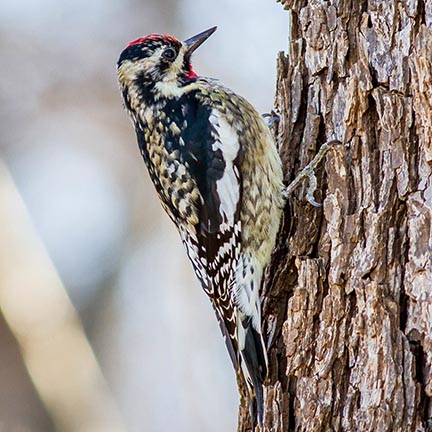
Yellow-bellied sapsucker – The only migratory woodpecker in the Eastern U.S.
Yellow-bellied sapsuckers (Sphyrapicus varius) are a unique species of woodpecker. At some point during the year, they can be found throughout most of Canada and the eastern half of the U.S. However, unlike our other woodpeckers, the yellow-bellied sapsucker is migratory with distinct summer and winter ranges. They also have a unique feeding style. Despite…
-
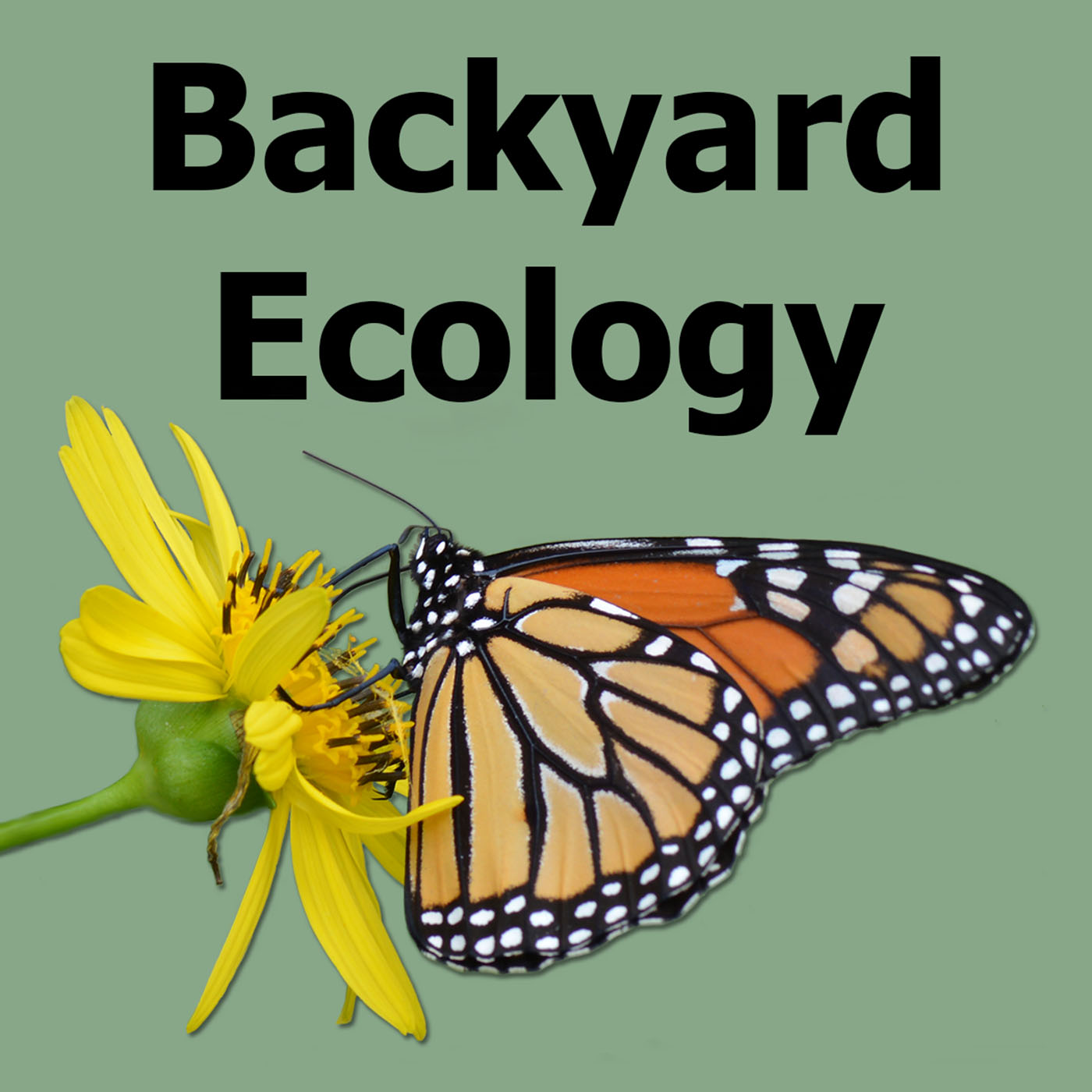
Announcing the Backyard Ecology Podcast
Over the last few months, I’ve been researching and working on a new project. Today I’m super excited to announce that I am launching a Backyard Ecology podcast! For those who might be wondering, a podcast is kind of like an audio version of a blog. I started listening to podcasts about a year and…
-
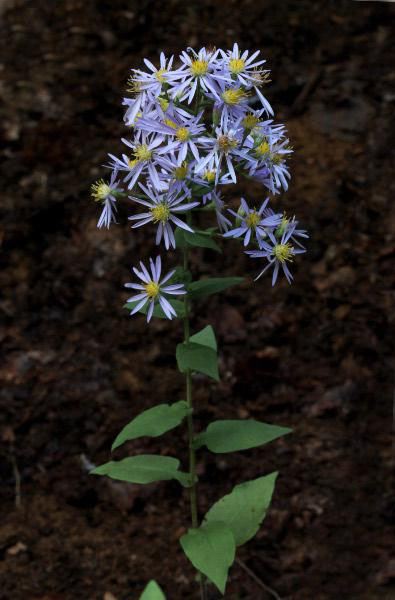
Wavy leaf aster – A late feast for pollinators
The wavy leaf aster (Symphyotrichum undulatum) is a late blooming wildflower that is native to most of the eastern U.S. It is fairly common throughout much of its range and can be found growing wild in dry, open woods and along woods edges. Like many of our other asters, wavy leaf aster can also make…
-
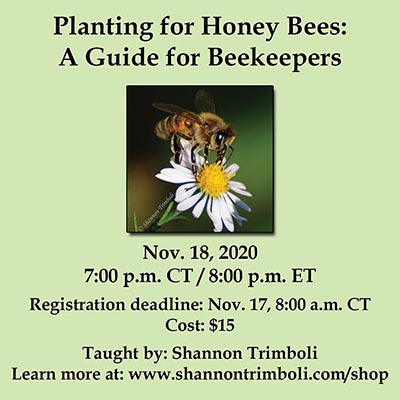
Planting for Honey Bees: A Guide for Beekeepers – Virtual Class
“What can I plant for my honey bees?” is a question that beekeepers often ask me. It’s also the question that I asked when I began my beekeeping journey. However, there isn’t a single one-size-fits-all answer to that question. Or, at least not a GOOD one-size-fits-all solution when it comes to planting for honey bees.…
-
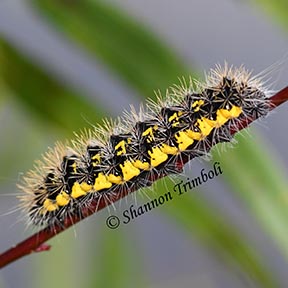
Nature-related Discoveries in My Yard and Community – October 2020
Fall is my favorite time of year. I love the cooler, less humid weather, the distinctive fall smell in the early morning, the beautiful fall flowers, the busy actions of the butterflies and bees as they prepare for whatever winter looks like for them, and the transition from our summer bird species to our winter…
-
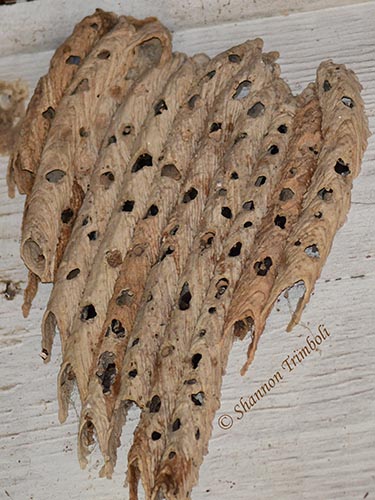
Let Birds Take Care of Mud Dauber Nests
Carolina wrens, woodpeckers, and many of our familiar backyard birds are insect eaters. As you might imagine, insects and other bugs become much more difficult to find during the winter. In natural areas, some of the places that they may forage for bugs over the winter include under tree bark, in the leaf litter, and…
-
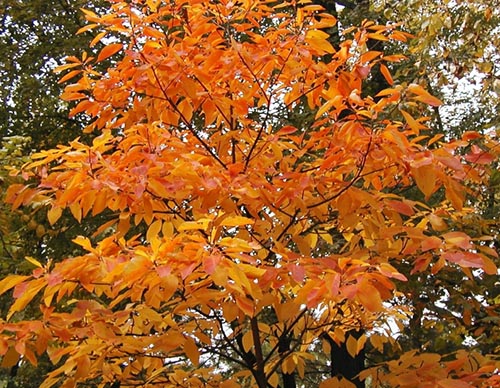
Sassafras – A Beautiful Native Tree Used by Wildlife and Humans
Sassafras (Sassafras albidum) is native to most of the eastern U.S. It is commonly found growing in fencerows, along the edges of woods, along roads or other right-of-ways, in forest openings, and in other sunny to mostly sunny locations. In more mature forests, small sassafras saplings can often be found waiting for a canopy opening…
-
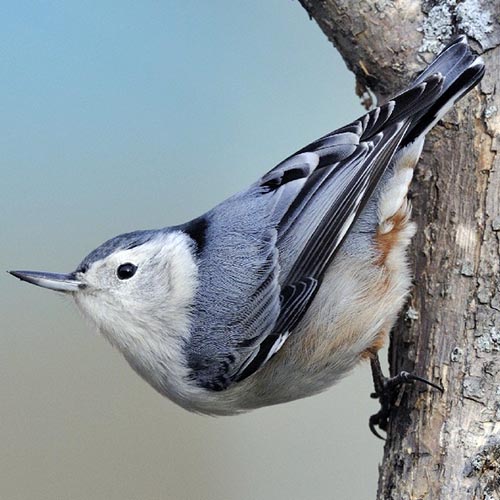
White-breasted Nuthatch: Our most common and widespread nuthatch
In the eastern U.S., we have three species of nuthatch. The most common and widespread species is the white-breasted nuthatch (Sitta carolinensis). In fact, the white-breasted nuthatch is a year-round resident throughout most of the U.S. It can be found in forests, along the edges of woodlots, and in suburbs and urban areas with large…
-

Nature-related Discoveries in My Backyard and Community – September 2020
Over the past several weeks, I’ve been lucky enough to find some amazing critters and enjoy some beautiful wildflowers. In this week’s article, I just wanted to share some of the recent nature-related discoveries I made in my backyard and community. This weird looking wasp is an American pelecinid wasp (Pelecinus polyturator). I discovered it…
-
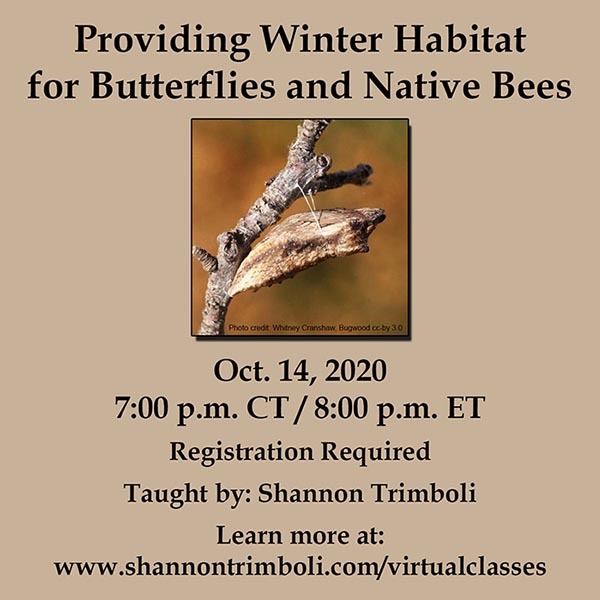
Upcoming Virtual Class: Providing Winter Habitat for Butterflies and Native Bees
On Oct. 14 at 7:00 p.m. CT / 8:00 p.m. ET, I will be teaching a class on providing winter habitat for butterflies and native bees. Pollinator gardening information often focuses on providing lots of flowers for butterflies and bees to use during the growing season. Very little, if any, time is spent talking about…
-
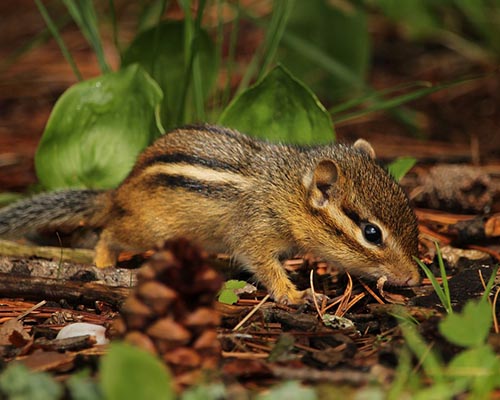
Discourage Squirrels and Chipmunks from Digging up Your Plants
in Take ActionIf you are a regular reader of this blog, then it is probably because you appreciate pollinators and wildlife and enjoy seeing them on your property. However, that doesn’t mean we can’t sometimes become frustrated with some of those same critters. At times like that, it’s important to learn how we can better understand and…
-
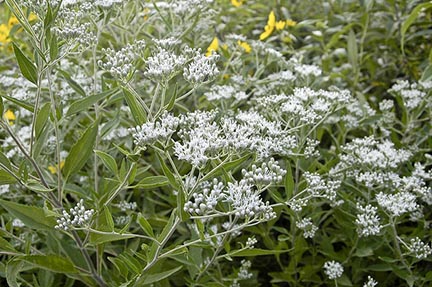
Thoroughworts and bonesets – Some of the white flowers of fall
Thoroughworts and bonesets (Eupatorium sp.) are common fall wildflowers throughout much of the eastern U.S. They are often found growing in fields and other open areas. Their flat-topped clusters of bright white flowers can contrast beautifully with the bright yellow goldenrods or the deep purple ironweeds that often grow in similar habitats. Like the goldenrods,…
-
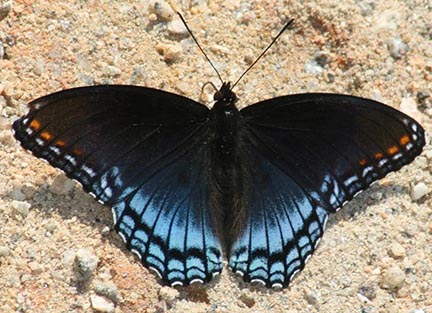
Red-spotted Purple – The dark blue and black butterfly that isn’t a swallowtail
For most of us in the eastern U.S., there are four common species of dark blue and black butterflies. Three of those species are swallowtails, but one of them isn’t. At first glance, the red-spotted purple (Limenitis arthemis astyanax) looks similar to the dark blue and black swallowtails. However, if you give it a second…
-

Welcome to the Backyard Ecology Blog
Many people believe that nature is only “out there” – in national parks, other large chunks of pristine land, or some far-off exotic place. For a long time, I did too. But the truth is that nature is everywhere and there are still plenty of discoveries to be made about the common species inhabiting our…
-
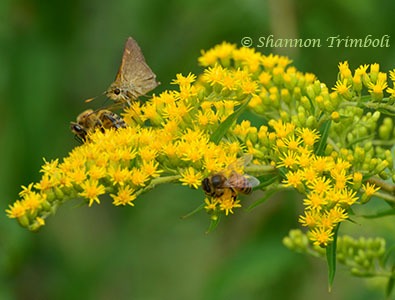
Delay Mowing Fields Until After the First Frost
During the late summer and early fall, wildflowers such as goldenrods, thoroughworts, ironweeds, asters, and many others turn roadsides and fields into a pollinator oasis. Several of our butterfly species in the eastern U.S. migrate for the winter and rely on those flowers to provide them with the energy needed for their migration. Other species…
-
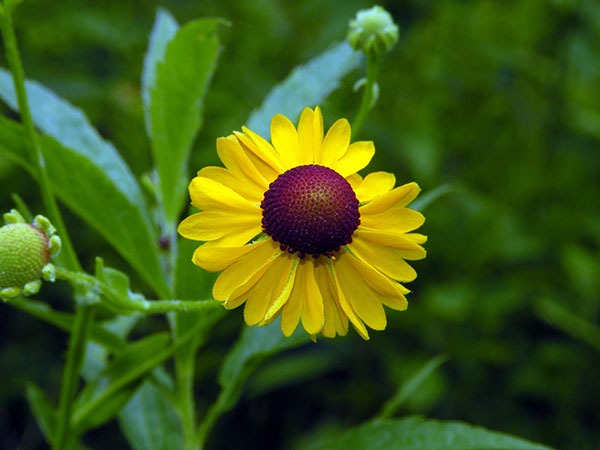
Purple-headed Sneezeweed
Purple-headed sneezeweed (Helenium flexuosum) is a native wildflower in most of the eastern U.S. Although it can be a beneficial and unique addition to pollinator gardens, many people avoid this plant because of its common name. So, let’s address that concern to start with because allergy sufferers have nothing to fear from this plant. Once…
-
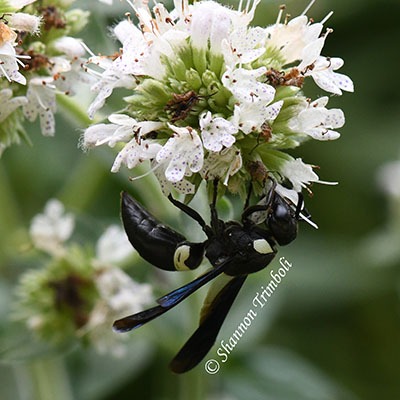
Four-toothed Mason Wasp
I grew up thinking that wasps were horrible, awful creatures who took great pleasure in stinging anyone who got near them. The proliferation of wasp-related memes on the Internet suggest that I wasn’t the only one who grew up with that belief and that many people still believe that. However, as I began paying more…
-
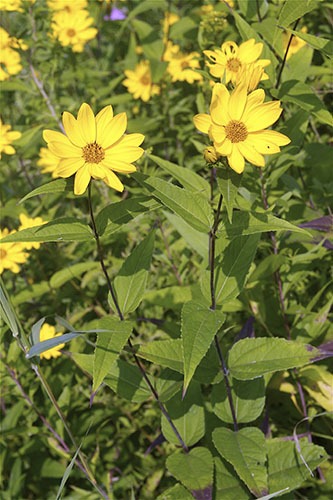
Rough Sunflower
Helianthus hirsutus, a.k.a rough sunflower, hairy sunflower, or stiff-haired sunflower, is a native wildflower in much of the eastern and central U.S. Like its common names suggest, rough sunflower has hairy stems and leaves that give the plant a very rough texture. This rough texture helps make the plant relatively deer resistant. Deer may occasionally…
-
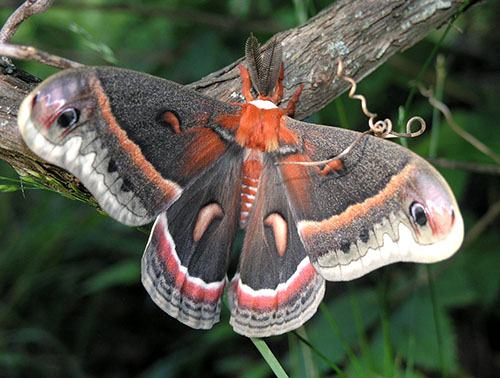
Try Mothing – Attracting and observing moths
While moths are often thought of as being drab and boring, they actually come in a wide range of colors and sizes. Some moths have pink and yellow stripes, others are snow white with black spots, others are pale green, others are yellow with giant orange eye spots, others are brown and red, and the…
-
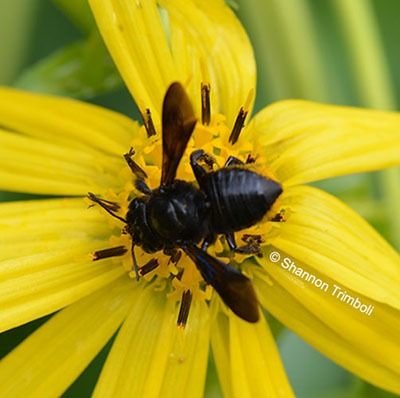
Carpenter Mimic Leafcutter Bee
The carpenter mimic leafcutter bee (Megachile xylocopoides) can be found throughout most of the eastern U.S., although some of the sources I found seem to suggest that it might be more common in the southern portion of its range than the northern portion. NatureServe ranks this species as “apparently secure” to “secure,” meaning that its…
-
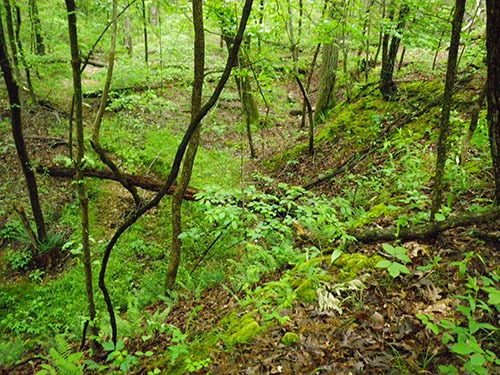
Think About Layers
Often times our humanmade landscapes consist of only one or two vertical layers, for instance an expanse of short, green grass with maybe a couple of tall shade trees. However, this is rarely the case in a healthy, natural ecosystem. In a healthy, natural ecosystem there are all kinds of layers going from the ground…
-
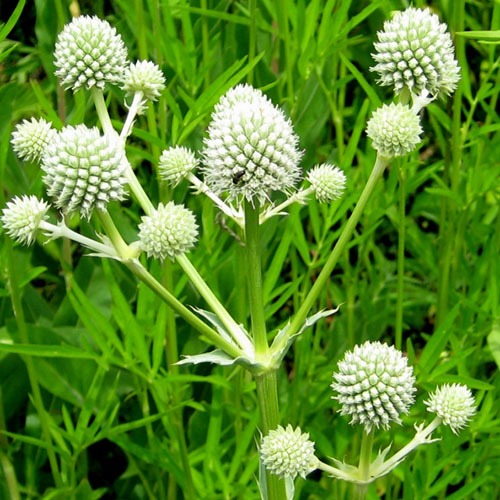
Rattlesnake Master
Rattlesnake master (Eryngium yuccifolium) is an unusual wildflower native to open areas in much of the central and eastern U.S. In the wild, it is an indicator of high-quality remnant prairie or barrens. It is also commonly included in prairie restoration or large pollinator plantings. In recent years, it has increased in popularity as a…
-
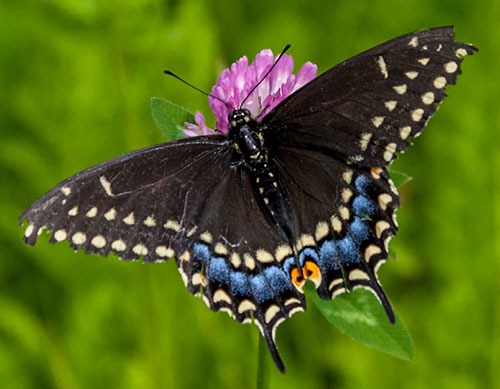
Black Swallowtail
The black swallowtail (Papilio polyxenes) can be found throughout most of the eastern U.S. and parts of the southwestern U.S. They tend to be slightly smaller than the more familiar tiger swallowtails. Black swallowtails are most often found in open areas such as fields, meadows, and yards. It is rarely found in more wooded areas,…
-
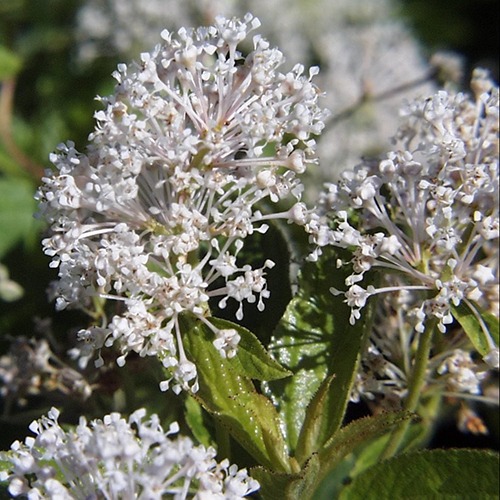
New Jersey Tea
New Jersey tea (Ceanothus americanus) is a low-growing, native shrub that can be found throughout most of the eastern half of the U.S. It is an interesting plant from both an ecological standpoint and from a historical / ethnobotanical standpoint. In the wild, New Jersey tea is typically found in rocky areas, sandy areas, glades,…
-
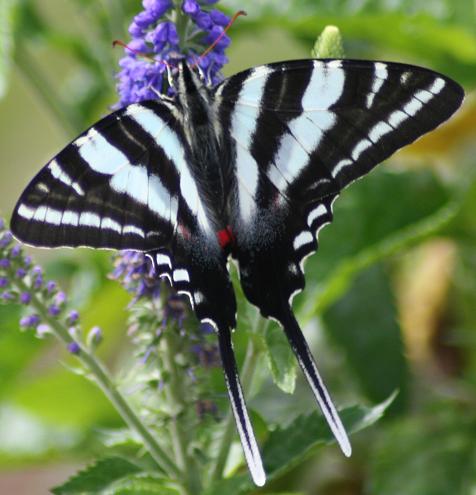
Zebra Swallowtail
The zebra swallowtail (Protographium marcellus, formerly known as Eurytides marcellus) is native to the central and southern regions of the eastern U.S. It is more common in the southern parts of its range and less common the further north you go. Tennessee gives the zebra swallowtail the special honor of being its state butterfly. Like…
-
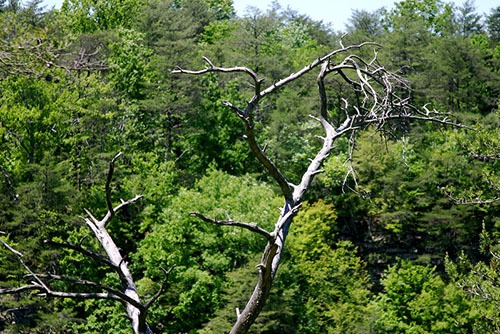
Leave Standing Dead Trees (When Safe)
Standing dead trees, also known as snags, are extremely valuable to wildlife and even some pollinators. Just a few examples of how snags are used by wildlife and pollinators include: Beetle larvae and other wood boring insects create tunnels in the dead tree. Many of these insects then become food for other wildlife such as…
-
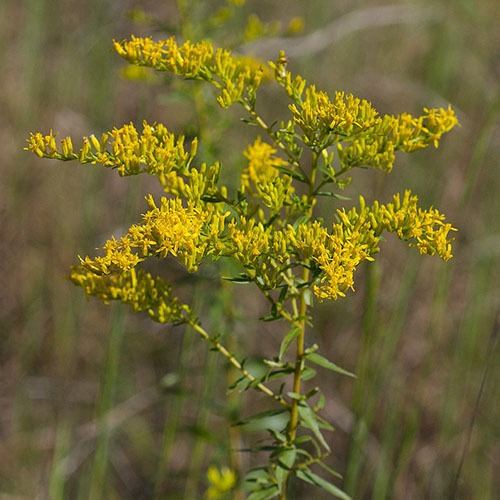
Sweet Goldenrod
Sweet goldenrod (Solidago odora) is one of the over 30 species of goldenrods native to Kentucky according to the USDA Plant Database. This species of goldenrod is also native to most of the eastern U.S. (sorry Indiana, Illinois, Michigan, and Maine – it’s not native in your states) and a few states west of the…
-
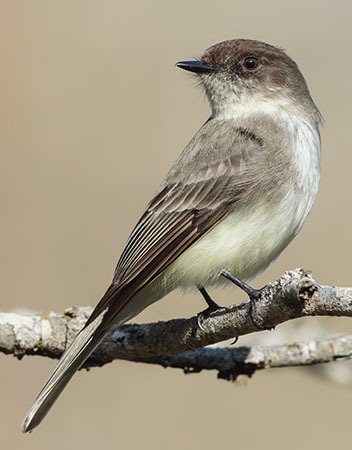
Eastern Phoebe
The eastern phoebe (Sayornis phoebe) is the flycatcher most likely to visit our yards. Eastern phoebes are grey to greyish-brown on top and a dirty white underneath. They are smaller than a robin, have a black bill, and often look like they have a crest or mohawk on top of their heads. Eastern phoebes can…
-
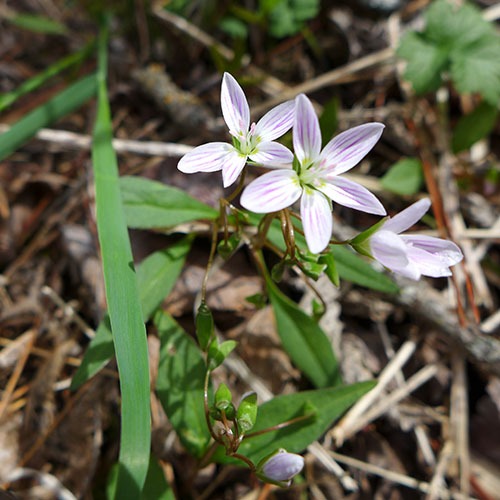
Springbeauty
The springbeauty (Claytonia virginica) is native to most of the eastern half of North America. It can be found growing in rich, moist woods and occasionally in semi-shaded lawns that don’t get mowed early in the season. Springbeauties prefer rich soils full of organic matter and hummus, but can tolerate less than ideal conditions better…
-
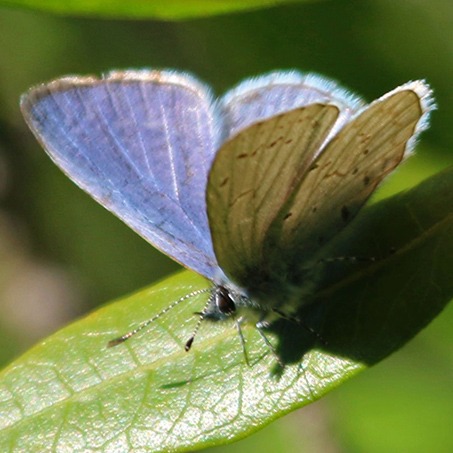
Spring Azure
The spring azure (Celastrina ladon) is a common butterfly that can be found throughout much of the eastern U.S. It is one of the earliest butterflies to appear each year in our region. In Kentucky, spring azures can start flying as early as mid-March. Further south, they may start flying slightly earlier. While further north,…
-
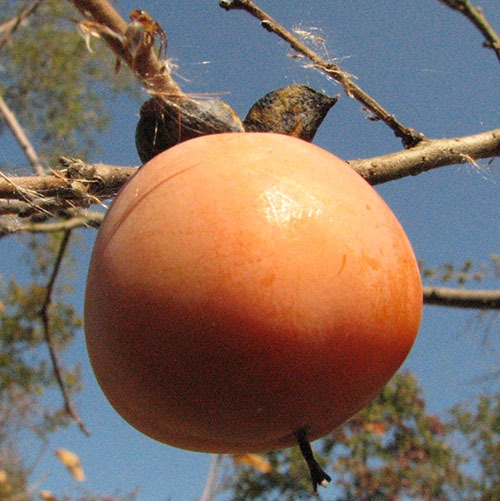
American Persimmon
The American persimmon (Diospyros virginiana) is a medium-sized tree that is native to most of the eastern half of the U.S. It grows in full sun and a wide variety of soils. The dark green leaves are your stereotypical “leaf shape” so aren’t much help by themselves for identifying the tree. The bark, however, is…
-
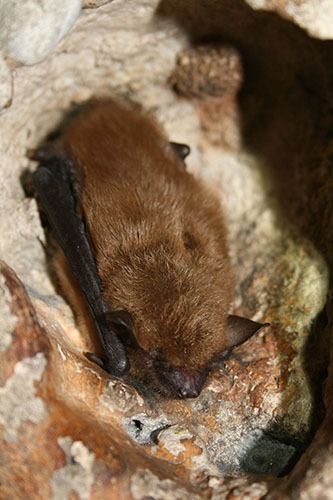
Big Brown Bat
The big brown bat (Eptesicus fuscus) is one of our largest bat species in Kentucky and the eastern U.S. It is slightly shorter than the length of a dollar bill. Its wingspan which is measured from the tip of one outstretched wing to the tip of the other outstretched wing is a little longer than…
-
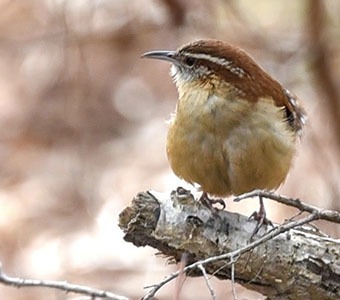
Create a Brush Pile
Brush piles can provide important habitat for songbirds, lizards, snakes, rabbits, and other small mammals. While brush piles are sometimes thought of as “ugly,” they don’t have to be. There are some beautiful, native flowering vines which can be encouraged to grow over the brush pile. The flowering vines are also likely to attract pollinators,…
-
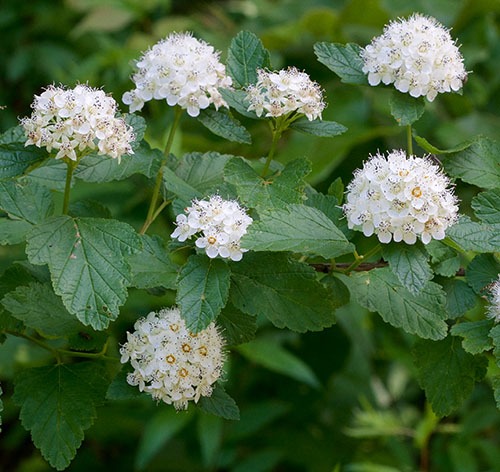
Ninebark
Ninebark (Physocarpus opulifolius) is native to most of the eastern half of the U.S. In the wild, this shrub is often found along streambanks, woods edges, rocky slopes, and moist open areas. Although it is often found naturally in medium to moist locations, once established, ninebark can be very drought tolerant. In recent years, ninebark…
-
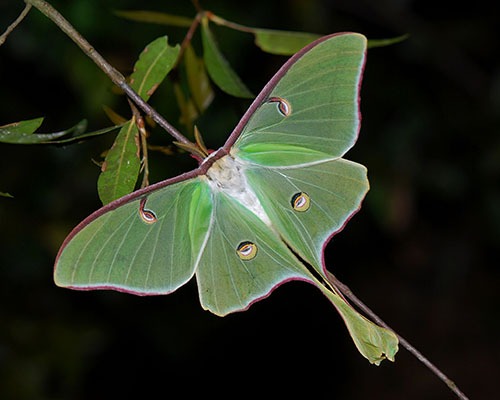
Luna Moth
The luna moth (Actias luna) can be found throughout much of the eastern half of the U.S. It is one of our larger native moths with a wingspan of approximately 4 – 4.5 inches, or about as wide as one and a half post-it notes from the widest point on one wing to the widest…
-
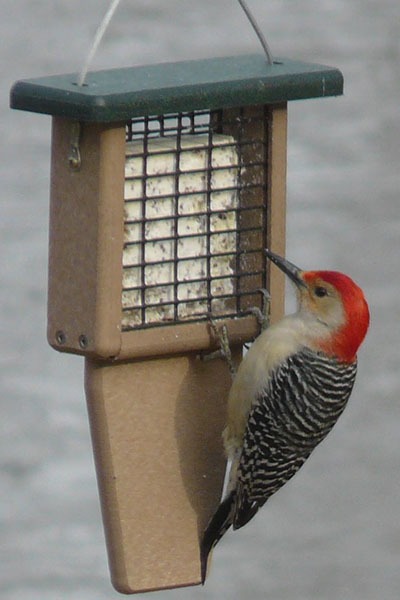
Provide Suet for Winter Birds
When we think about feeding the birds, we often envision bird feeders full of sunflower seeds or other types of bird seed. However during the winter, suet can also be a valuable addition to our bird feeding stations. Technically, suet is the hard fat that cows and sheep have around their kidneys and loins. This…
-
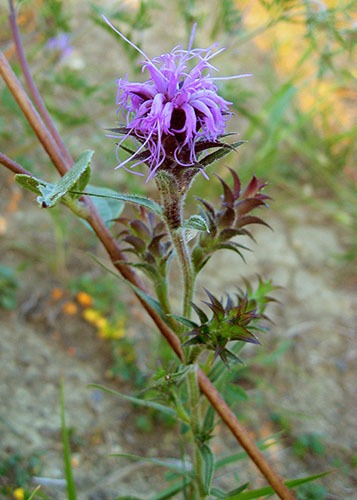
Scaly Blazing Star
Scaly blazing star (Liatris squarrosa) is native to much of the U.S. and is one of approximately 10 species of blazing stars that are native to Kentucky. It grows naturally in sunny, open areas with thin, rocky or sandy soils. Scaly blazing star tends to be shorter than many other species of blazing star which…
-
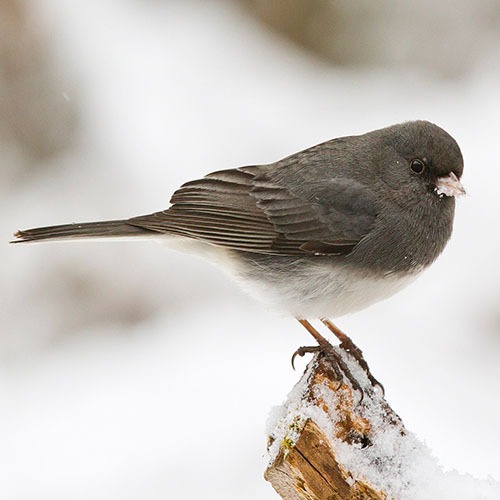
Dark-eyed Junco
The winter birds have started showing up over the last several weeks and among them are the dark-eyed juncos (Junco hyemalis). Dark-eyed juncos are in the sparrow family and can be found throughout most of North America. Like other sparrows, dark-eyed juncos are typically found in semi-open, brushy areas and along woods edges. Dark-eyed juncos…
-
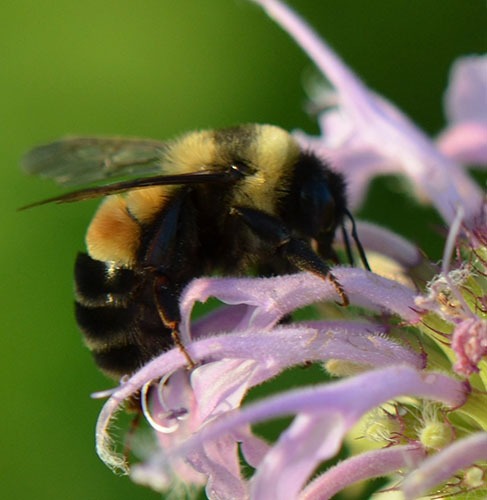
3 Easy Ways to Provide Bumble Bee Nesting Sites
Bumble bees are important pollinators, but they don’t get the attention of their honey bee cousins. In the eastern U.S., there are 21 species of bumble bees, including the federally endangered rusty-patched bumble bee. Bumble bee queens emerge in the early spring and search for a nesting site. She will lay the first eggs and…
-
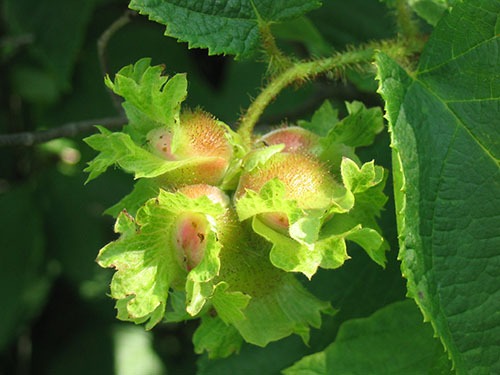
American Hazelnut
The American hazelnut (Corylus americana) is native throughout much of the eastern two thirds of the U.S. It grows in full sun to part shade, but produces more nuts in full sun, and will tolerate a wide variety of soils. This native shrub often forms multi-trunked thickets and can be 5-10 feet tall. American hazelnuts…
-
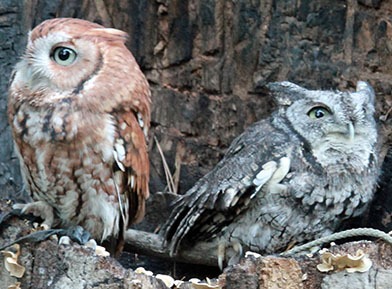
Eastern Screech Owl
The eastern screech owl (Megascops asio) can be found in forested areas east of the Rocky Mountains. It is one of our smaller owls – only about as long as a cardinal from the tip of its head to the tip of its tail, although the screech owl is much stockier than the cardinal. There…
-
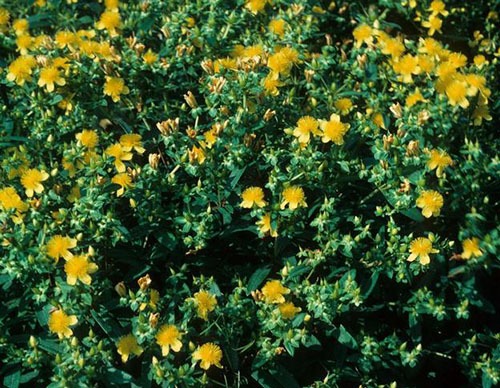
Plant Native Trees and Shrubs in the Late Fall
Although we often think of planting wildflowers and other herbaceous plants for pollinators, trees and shrubs can be extremely beneficial for pollinators. If those trees and shrubs are native, then they tend to support a wider variety of pollinators than their non-native counterparts, and they provide this support to the adult pollinators as well as…
-
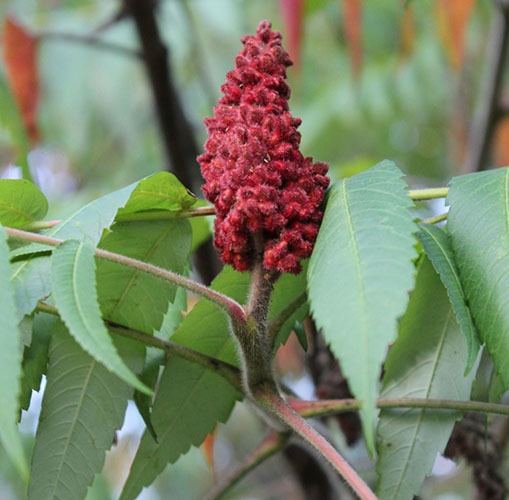
Staghorn Sumac
Note: Staghorn sumac and poison sumac (Toxicodendron vernix) are two different plants. They are both in the cashew family, but poison sumac is more closely related to poison ivy (Toxicodendron radicans) than staghorn sumac. At one time poison ivy and poison sumac were considered part of the Rhus genus, and some older references still contain…
-
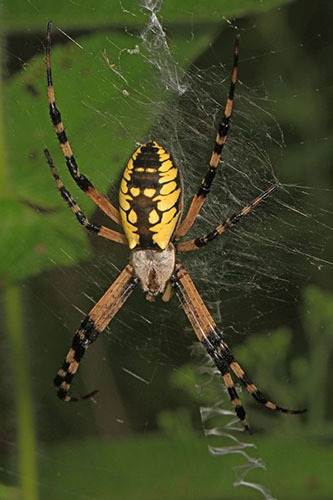
Argiope Spider
The argiope spider (Argiope aurantia) is a common spider throughout much of North America. Other common names for this spider include: the garden spider, the writing spider, the zig-zag spider, and the zipper spider. In many areas, they are a familiar resident of backyards and gardens. Female agriope spiders are easily recognizable. They are fairly…
-
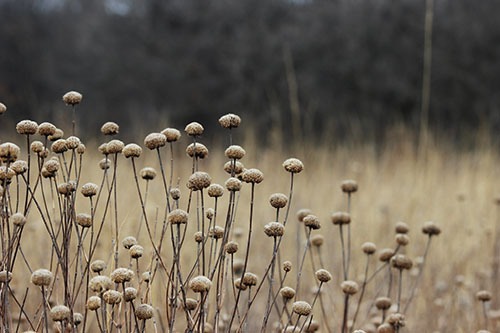
Only Mow Part of a Field Each Year
When mowing or bush hogging a field, only do approximately 1/2 to 1/3 of the field each year. This creates a more complex and multiple-aged habitat which benefits both wildlife and pollinators. For example, many of our butterflies will overwinter as a chrysalis attached to grass or flower stalks. Several of our native bees will…
-
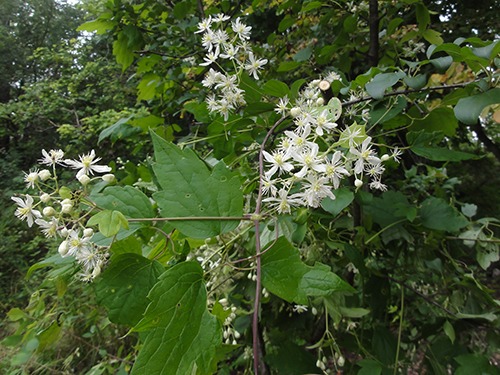
Virgin’s Bower
Virgin’s bower (Clematis virginiana) is a native vine that grows throughout much of the eastern two thirds of the country. As the scientific name suggests, this is a native clematis and related to the exotic clematises that are common in the horticulture trade. In the wild, virgin’s bower is most often found along streambanks or…
-
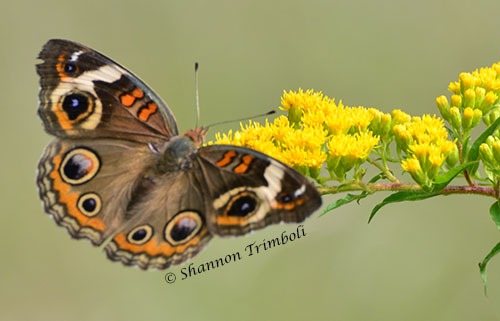
Common Buckeye
The common buckeye (Junonia coenia) is a familiar summer and fall butterfly throughout much of the U.S. They are easy to observe because they are found in open fields and gardens, and they tend to fly relatively low. Common buckeyes will also land on patches of bare dirt or mud. Buckeyes get their name from…
-
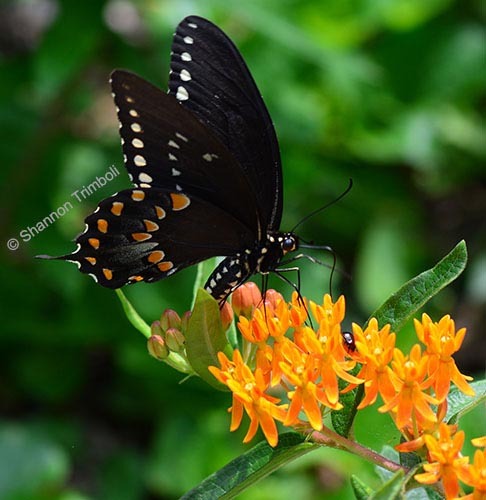
Plant Native Perennial Wildflowers in the Fall
We always think of spring as the planting season, but fall is the perfect time to plant native perennial wildflowers. When we plant in the spring, the flower has to divide its energy between establishing a strong root system and growing the vegetative portion of the plant and perhaps flowering that year. However, when we…
-
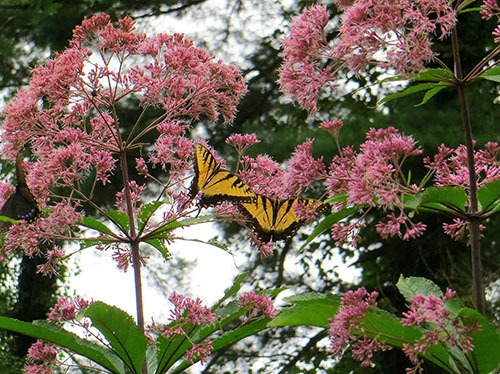
Joe-pye Weed
Joe-pye weeds are tall, native wildflowers that produce a large, pink cluster of flowers in the late summer / fall. Five species of joe-pye weeds (Eutrochium sp.) can be found in the eastern U.S. The three most common species are hollow joe-pye weed (Eutrochium fistulosa), spotted joe-pye weed (Eutrochium maculatum), and sweet joe-pye weed (Eutrochium…
-
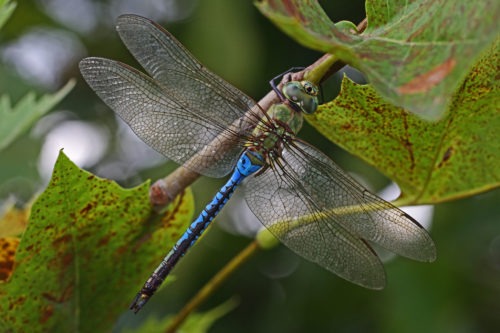
Green Darner Dragonfly: A Migratory Dragonfly
Dragonflies of various different species are common visitors to flower gardens and patches of tall grass, especially if there is water nearby. (When resting, dragonflies always hold their wings flat and perpendicular to their bodies; damselflies always hold their wings straight up behind them.) One of our largest and most common dragonfly species is the…
-
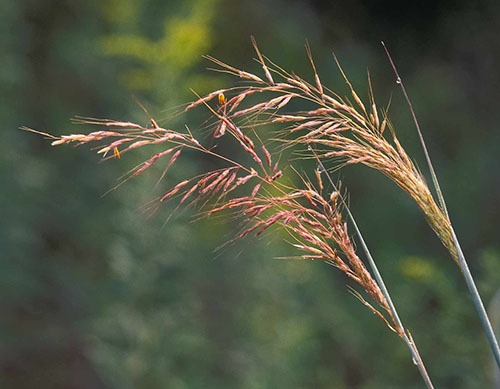
Plant Native Grasses
Wait a minute. Plant grasses? I thought there was a push among those gardening for pollinators and wildlife to reduce yards and grassy areas…. Well, yes, to all of that. The key point here is to plant native grasses like big bluestem, little bluestem, Indian grass, prairie dropseed, and many others. These plants play key…
-
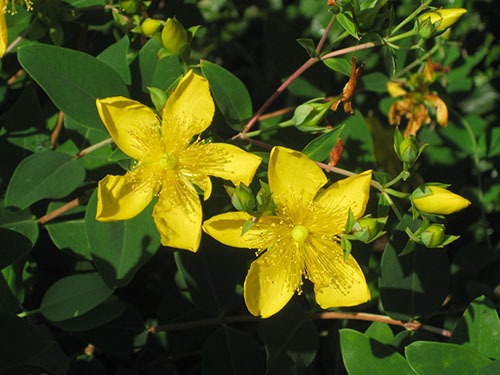
Shrubby St. John’s Wort
Shrubby St. John’s wort (Hypericum prolificum) is a native shrub throughout most of the eastern half of the U.S. It can be 2-5 feet tall and grows in a wide variety of soils. It grows in full sun to partial shade, but prefers more sun. In recent years, shrubby St. John’s wort has also grown…
-
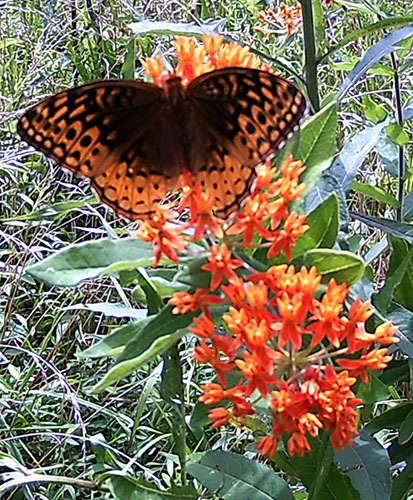
Trail cameras for Pollinators
in Take ActionIn previous articles, I’ve talked about various ways to attract pollinators and wildlife. However, part of the fun of attracting them is getting to watch them, and not all of our pollinators and wildlife will tolerate having a human observer nearby. So this week I’ve invited Charlie Logsdon, a biologist at Roundstone Native Seed, to…
-
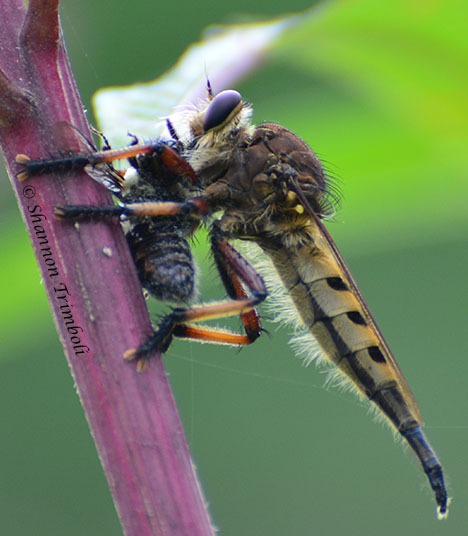
Robber Flies
Our gardens and yards can hold rich ecosystems with both predators and prey. One group of those predators are the robber flies. Robber flies are in the family Asilidae and can be found throughout the most of the world. Several different types of robber flies can be found in Kentucky. They are most common in…
-
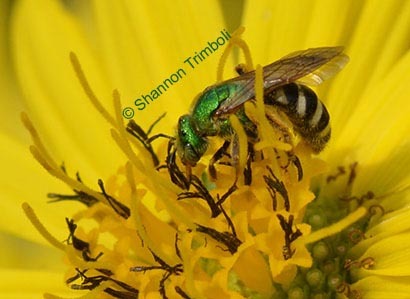
Bicolored Sweat Bee
The bicolored sweat bee (Agapostemon virescens) is a common native bee throughout much of the U.S. It is fairly easy to recognize because its head and thorax are metallic green and its abdomen is striped (usually). White and black stripes mean it’s a female, while yellow and black stripes mean it’s a male. However, some…
-
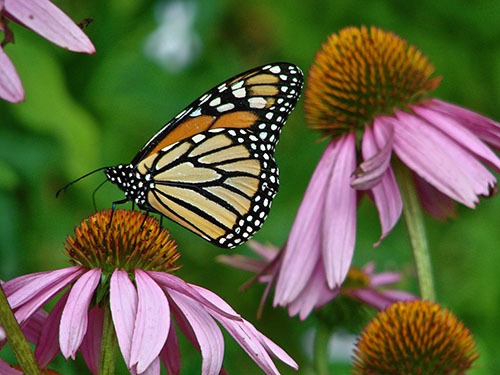
Purple Coneflower
Purple coneflower (Echinacea purpurea) is a perennial wildflower native to most of the eastern 2/3 of the U.S. In the wild it is found in open prairies and meadows. It is also commonly planted in prairie restoration sites or similar settings and has become a popular ornamental flower that can be found throughout the horticulture…
-
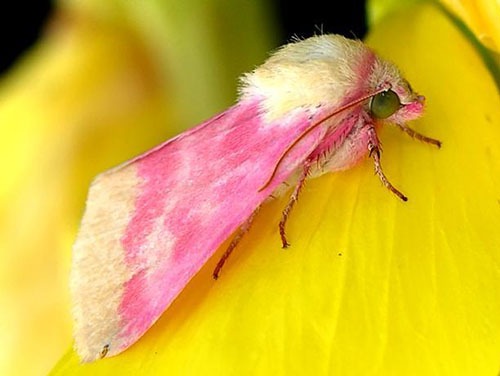
Plant Flowers that Open at Different Times of the Day
When a flower opens, or at least when it produces nectar, is often timed with when its natural pollinators are active. For example, squash flowers open very early in the day and close by the middle of the day. That is because the native pollinator for squash, pumpkins, and gourds is the squash bee which…
-
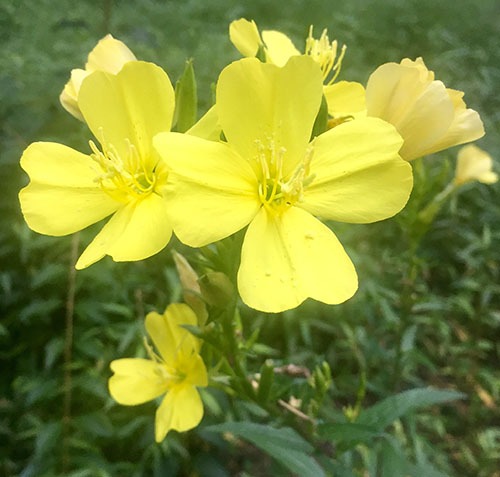
Common Evening Primrose
The common evening primrose (Oenothera biennis) is a native wildflower in most of the U.S. It is found naturally in sunny fields, roadsides, prairies, and disturbed areas. Common evening primrose can also be grown in the garden as a native wildflower. It is a biennial, meaning that it lives for two years and only blooms…
-
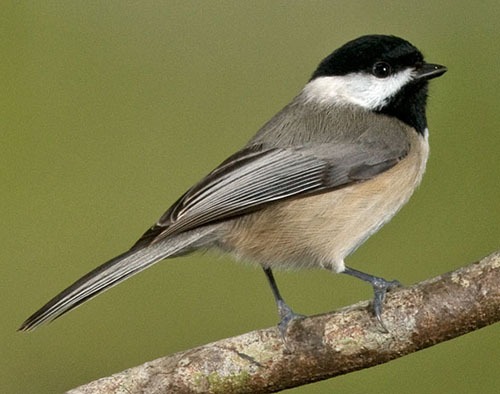
Carolina Chickadee
Carolina chickadees (Poecile carolinensis) are small, inquisitive, and vocal songbirds with black, grey, and white feathers. They are non-migratory and can be found throughout the southeastern U.S in areas with mature woods, including older subdivisions and wooded urban areas. Despite their small size, Carolina chickadees are relatively fearless and are one of the species of…
-

Container Gardens for Pollinators
Many people live in apartments or other locations where they aren’t able to plant large flower beds or gardens. Their gardening efforts may be restricted to a few containers on a small patio. I talk to people all the time who want to do something for the pollinators, but don’t feel like it is an…
-
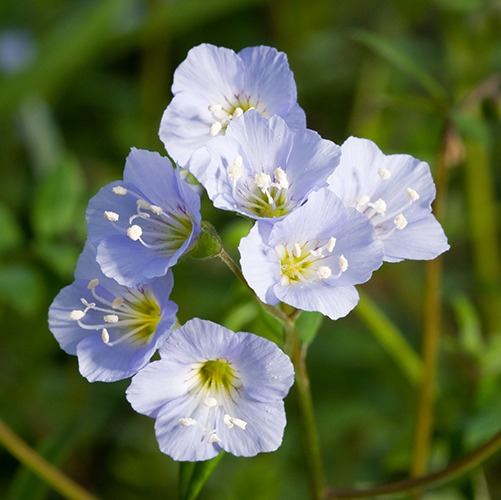
Jacob’s Ladder
Jacob’s ladder (Polemonium reptans) is one of our native, ephemeral wildflowers. It grows in rich, open woodlands throughout much of the eastern U.S. It is a relatively short plant, only growing to around a foot tall. The leaves are compound and are said to resemble a ladder, thus the common name. The blue, bell-shaped flowers…
-
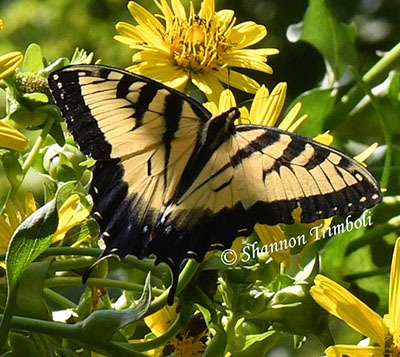
Eastern Tiger Swallowtail Butterflies
The eastern tiger swallowtail butterfly (Papilio glaucus) is a familiar visitor to backyards throughout the eastern U.S. Tiger swallowtails are one of our largest butterfly species with wingspans between 3 and 5.5 inches wide. Because they are so large and so brightly colored, they are easily spotted when visiting garden flowers. In Kentucky, we typically…
-
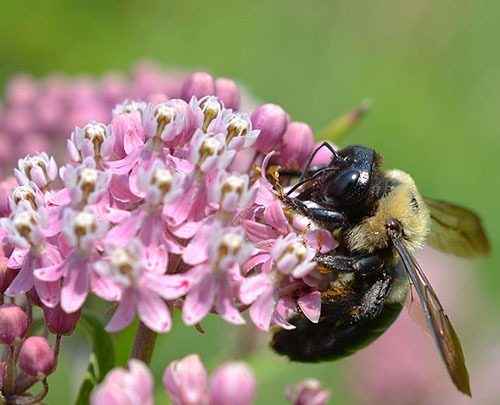
Pine for Carpenter Bees
in Take ActionOk, this tip isn’t so much about attracting pollinators and backyard wildlife as it is about avoiding or mitigating issues. Carpenter bees are valuable native pollinators that play an important role in our ecosystem. However, it can be hard to remember and appreciate that when they are drilling holes into your porch or the side…
-
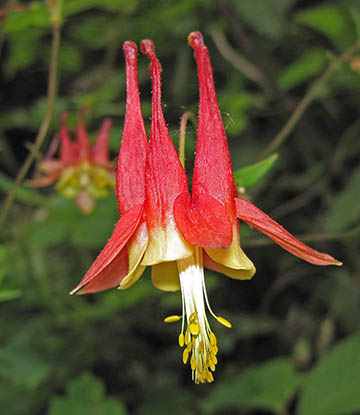
Eastern Columbine
The eastern columbine (Aquilegia canadensis) is a perennial wildflower native to much of the eastern U.S. It often grows in rocky or sandy soils and in open woods. Columbines are perennials, but will also readily self-seed if the conditions are favorable. Their self-seeding ability means that they will often form clumps or loose drifts of…
-

Bumble Bees
There are approximately 250 species of bumble bees worldwide with approximately 50 of those being native to North America. According to Bumble Bees of the Eastern United States, 21 species occur from the east coast to the western boundaries of Minnesota, Iowa, Missouri, Arkansas, and Louisiana. Based on their maps, approximately a dozen of those…
-
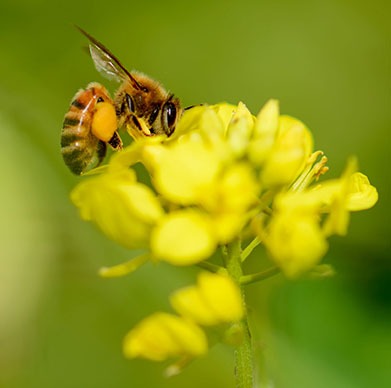
Let Cool Weather Crops and Deer Food Plots Bloom
In the late winter and early spring, many people plant cool weather crops in their gardens. These often include things like broccoli, kale, and cabbage. All of these are in the mustard family. In rural areas, many people also plant deer food plots in the summer and fall. Commercial seed mixes for deer food plots…
-
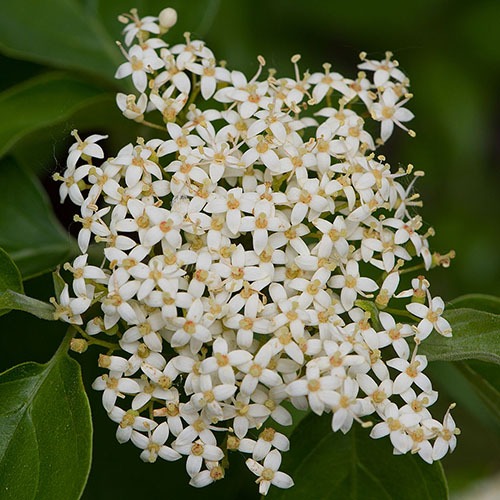
Rough-leafed Dogwood
The rough-leafed dogwood (Cornus drummondii) is one of five species of dogwoods native to Kentucky. It can be found growing in thickets, open woodlands, edges of fields or creeks, and savannahs. Rough-leafed dogwoods can grow 15-20 feet tall and will often send up new shoots to form a multi-trunk shrub or thicket. As one might…
-
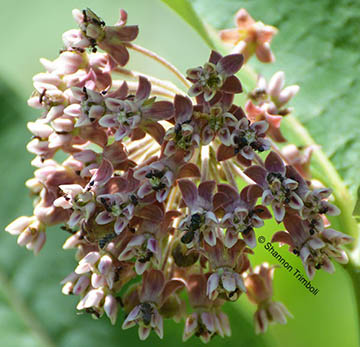
Not All Flower Visitors are Pollinators
We often think of all bees, butterflies, and other insect visitors to flowers as pollinators, especially if we see them actively gathering pollen or drinking nectar. However, that’s not actually true. Not everything that visits a flower is a pollinator for that species of flower. Pollinators are animals (usually insects in the eastern U.S.) that…
-
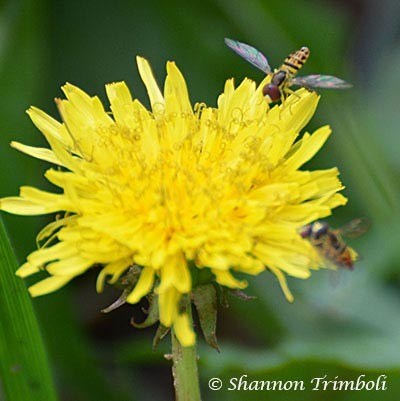
5 Things to Consider Before You Spray
in Take ActionEach year as the weather warms up and we get closer to spring, the number of TV commercials for herbicides increases as well as the number of posts I see on social media about homemade herbicides. The homemade herbicides are often touted as being safe because they are made from things you can find in…
-
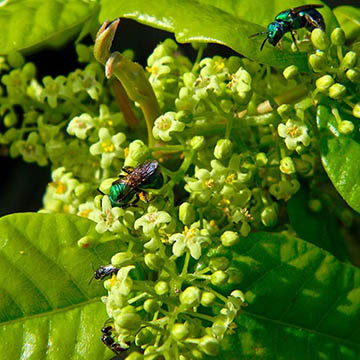
Poison Ivy
Poison ivy (Toxicodendron radicans) is a common and much-hated native plant that can be found throughout the eastern half of the continent. It seems to grow pretty much anywhere and the allergic reactions it can cause are infamous. However, no matter how much we may hate it, poison ivy plays an important role in the…
-
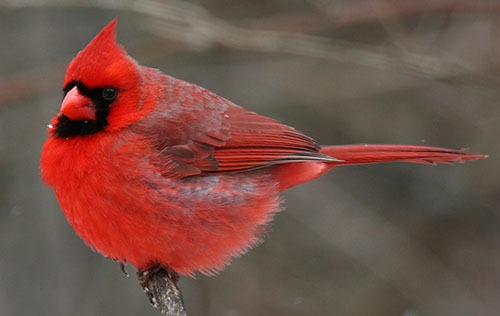
Northern Cardinal
Northern cardinals (Cardinalis cardinalis), often simply called “cardinals,” are a favorite backyard visitor for many people. Cardinals can be found throughout most of the eastern half of North America. It is the state bird for seven different states (IL, IN, KY, NC, OH, VA, WV), making it the most common species selected as a state…
-
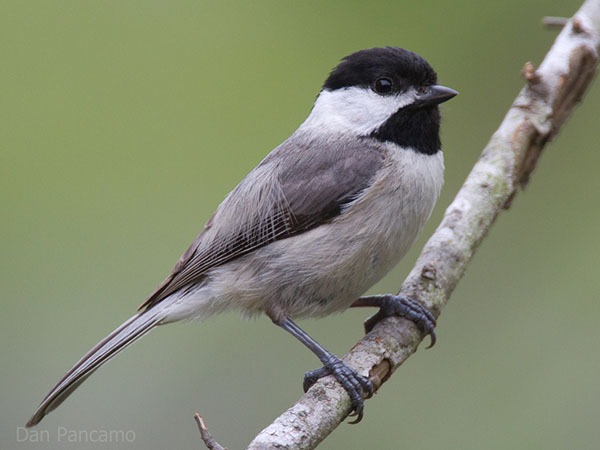
Plant at least 70% of yard in native plants to increase songbird nesting success
Carolina chickadees are not able to successfully raise enough young to maintain their population numbers in areas where less than 70% of the plants are native species, according to new research from the University of Delaware. The study was conducted in backyards throughout Washington, D.C. The research looked at the relationship between Carolina chickadee nesting…
-

3 Ways to Turn Christmas Trees into Wildlife Habitat
This is the time of year when Christmas trees seem to be everywhere. After the Christmas season, many of those trees are hauled out to the curb to be hauled to the landfill. However, did you know that if you have a real Christmas tree that you can use it to create wildlife or fish…
-
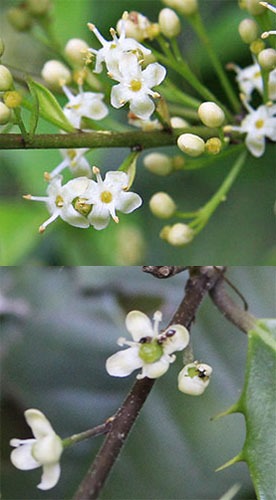
American Holly
The American holly (Ilex opaca) is a native evergreen tree that grows throughout much of the eastern half of the country. In the wild, it can be found growing in rich, well-drained (but not super dry), slightly acidic soils. It prefers mostly sunny areas, but can be found growing as an understory tree in semi-open…
-
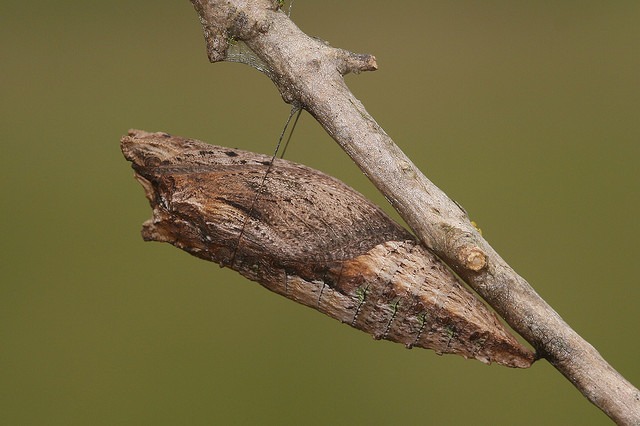
Provide Winter Habitat for Butterflies and Moths
If you are like me, winter is not typically when you think about providing habitat for butterflies and moths. In fact, until I started researching and learning about pollinators, I never even thought about how butterflies and moths survive the winter. I knew monarchs migrated, but didn’t have a clue about our other species. I…
-
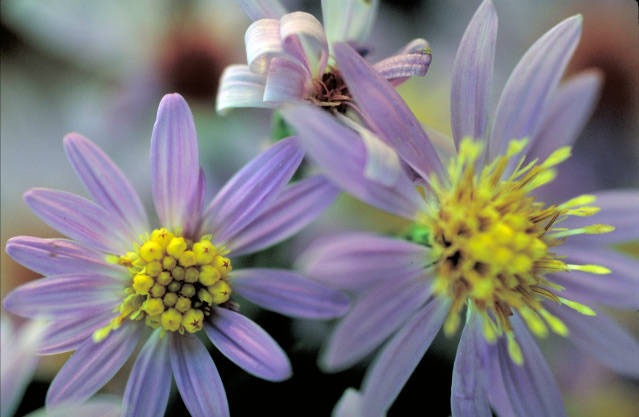
Short’s Aster
Short’s aster (Symphyotrichum shortii) is a native wildflower that can be found in Kentucky, Tennessee, and most of the surrounding states. It’ll grow to about 3 feet tall. The upper portion of the stem and upper leaves have tiny, stiff hairs that give the plant a slightly rough feeling. It often grows in relatively dry,…
-
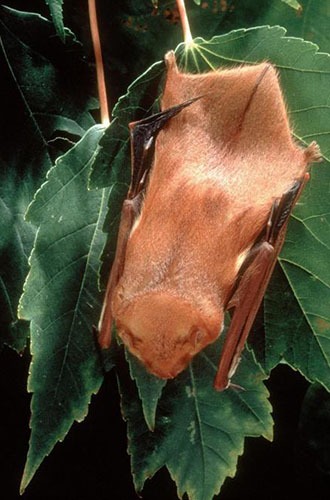
Red Bat
The eastern red bat (Lasiurus borealis) is a common bat throughout much of the eastern U.S. It is one of our larger bats at approximately 4-5 inches long. The wingspan of a red bat is between 11 and 13 inches or approximately twice the length of a dollar bill. As their name suggests, they are…
-
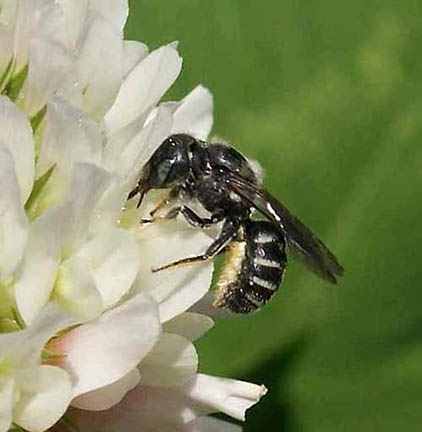
Leave Flower Stems for Bees and Small, Solitary Wasps
Fall is a time when many people “put their gardens to bed” by cutting back their dead flowers and cleaning up their gardens before winter. However, if attracting pollinators to your garden is one of your goals, then you might want to rethink cutting old flower stems to the ground. Some of our small, solitary,…
-
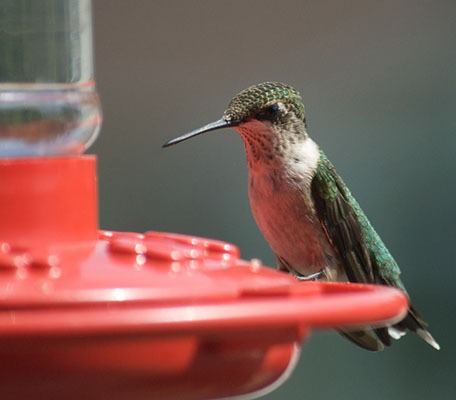
Leave Hummingbird Feeders Up for Fall Migration
Over the next several weeks, our hummingbird numbers will begin to drastically decline as they leave for their wintering grounds in Mexico and Central America. Growing up, I always heard that you should take your hummingbird feeders down in the fall so you don’t encourage the hummingbirds to stick around too long. I still occasionally…
-
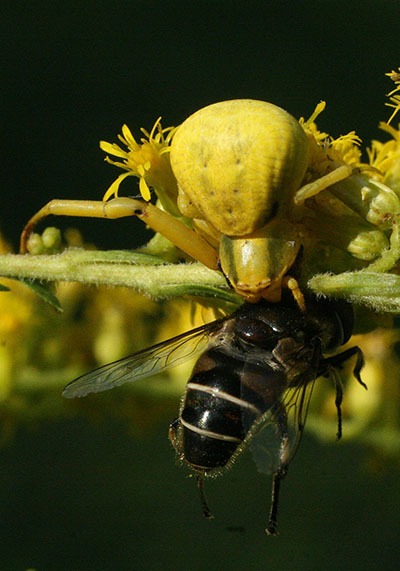
Goldenrod Crab Spider
As the fields turn yellow with goldenrods, it is fun to watch all of the pollinators that are attracted to these abundant sources of late-season nectar and pollen. Goldenrods are a great place to watch butterflies, bees, wasps, beetles, and many other pollinators. They are also a great place to watch predator-prey relationships in action,…
-
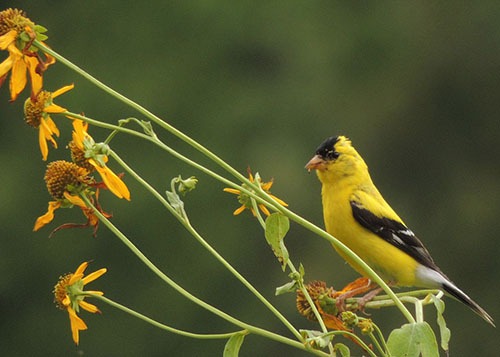
Leave Seed Heads for Songbirds
As we begin the transition from summer to fall, many of our summer flowers are starting to go to seed. It is often tempting to cut off the seed heads in an attempt to make our gardens looks neater, especially if you don’t want the plants spreading anymore. However, songbirds love to eat the seeds…
-
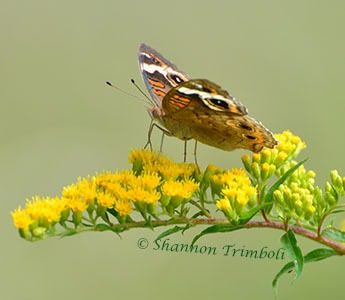
Goldenrods
Goldenrods (Solidago spp.) are in the aster family – the same family as daisies, sunflowers, and asters. The USDA Plants Database lists 33 species of goldenrods that are native to Kentucky. Two of those species, the white-haired goldenrod (Solidago albopilosa) and Short’s goldenrod (Solidago shortii) are federally endangered. The giant goldenrod (Solidago gigantea) is Kentucky’s…
-
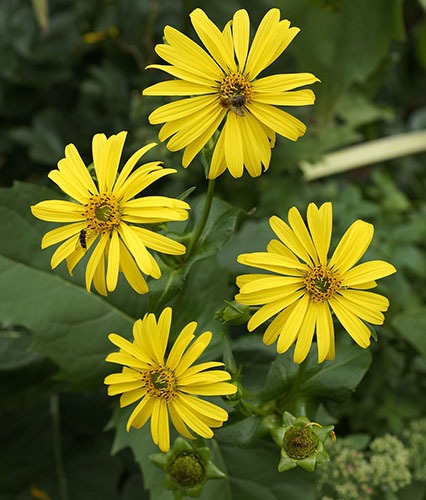
Cup plant
Cup plant (Silphium perfoliatum) is a tall wildflower that is native to Kentucky and much of the eastern U.S. It commonly grows 4-6 feet tall and has been known to grow even taller in ideal conditions. Once established, cup plant spreads both by seeds and by underground rhizomes that form clones. In favorable conditions, it…
-
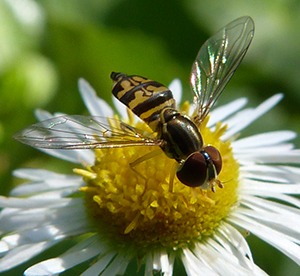
Hoverfly
When is a bee not a bee? When it is a hoverfly! Hoverflies are flies that look like bees or wasps. Their disguise is very good and casual observers often mistake them for small bees or wasps. Hoverflies, also known as Syrphid flies or flower flies, are found on every continent except Antarctica. They belong…
-

Leave Fields of Fall Wildflowers for Pollinators
Late summer and fall wildflowers such as ironweed, joe-pye-weed, goldenrod, native sunflowers, and asters are important late sources of pollen and nectar for many species of butterflies and bees. If possible, allow these plants to flower in fields and open areas. One simple way of doing this is to delay mowing fields until after the…
-
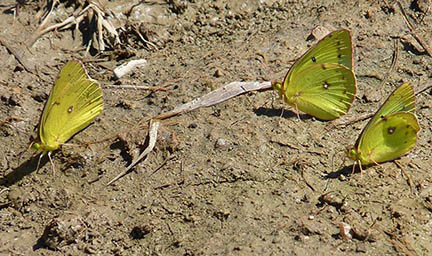
Create Mudding Spots for Butterflies
Butterflies will often congregate around mud puddles, or even just damp soil. These congregation areas are called mudding or puddling spots. Butterflies are drawn to them for the salts and minerals that are dissolved in the water. You can create an artificial mudding spot by providing a wet spot of soil that is free of…
-

Passionflower
Passionflower (Passiflora incarnate) is a deciduous vine native to most of the eastern U.S. and a few states west of the Mississippi River. It is often found trailing along the ground or climbing up nearby vegetation in sunny areas. The passionflower is the state wildflower of Tennessee. In Kentucky, passionflower blooms from May through August. The…
-
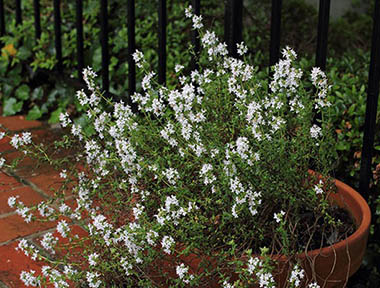
Let Herbs Go to Flower
Herbs taste better before they go to flower, which is why people are often encouraged to pinch off any flower buds that begin to form. However, at some point in mid to late summer, most people have gathered all the herbs they want and may decide to discard the plants. When you get to that…
-

Plant Taller Milkweed Species for Monarchs
A recently published study by researchers at the University of Kentucky compared monarch butterfly usage of seven species of milkweed in small, urban garden settings. The two-year study, found more monarch caterpillars and eggs on the taller milkweed species (swamp milkweed, common milkweed, showy milkweed, and Mexican whorled milkweed), compared to the shorter milkweed species in…
-

Grey-headed Coneflower
The grey-headed coneflower (Ratibida pinnata) is a perennial wildflower native to most of the eastern U.S. It grows naturally in dry prairies and barrens. Grey-headed coneflowers have also become a favorite addition to prairie restoration areas, pollinator plantings, and wildflower gardens. Another common name for the grey-headed coneflower is the yellow coneflower. Grey-headed coneflowers can…
-
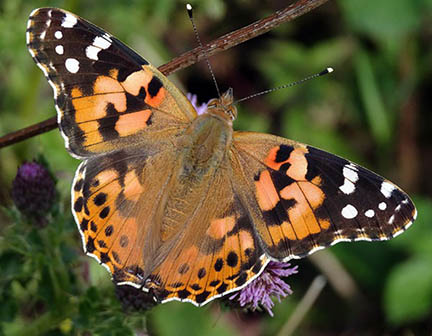
Painted Lady
Painted ladies (Vanessa cardui) are common Kentucky butterflies that can be found on every continent except Antarctica and Australia. It is often considered the most globally widespread butterfly in the world. Painted ladies are primarily orange and brown with some white highlights. Their wingspan is only 2-3 inches wide. While this little butterfly may not…
-
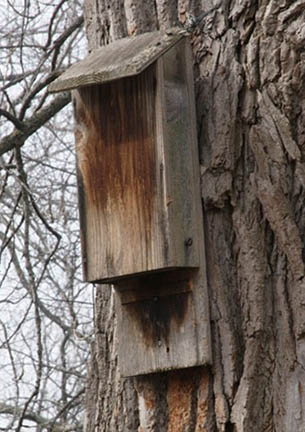
Install a Bat House
Bats play an important role in our ecosystem. Between 15 and 20 species of bats are regularly found in the eastern U.S., with a few other species showing up occasionally. All of the bats that live in the eastern U.S. are insectivores which means they eat insects. In other parts of the country and world,…
-
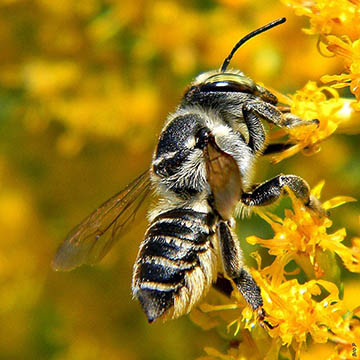
Leafcutter Bees
Leafcutter bees (Megachile spp.) are solitary native bees. There are many different species of leafcutter bees with over a thousand species worldwide. In North America, there are around 140 native species of leafcutter bees. Unfortunately, I can’t find a good resource for how many of those are found in Kentucky or the surrounding states. Most…
-
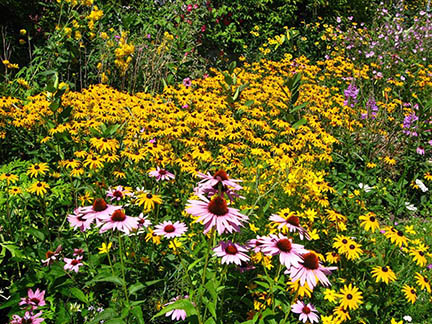
Incorporate Native Plants into Your Landscape
Incorporating native plants into your landscape can be a simple and effective way to attract pollinators and wildlife to your yard. While you can choose to plant only natives, you can also choose to have a mix of native and non-native plants. It doesn’t have to be all or nothing. Below are a few reasons…
-
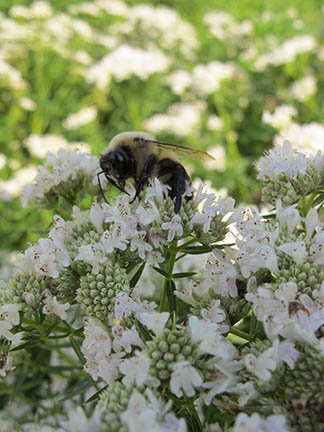
Slender Mountain Mint
Slender mountain mint (Pycnanthemum tenuifolium) is one of nine species of mountain mints native to Kentucky. Mountain mints are in the mint family, but despite their name are not restricted to mountainous regions. They can be found growing throughout the state and many of the surrounding states. Slender mountain mint, specifically, is native to much…
-
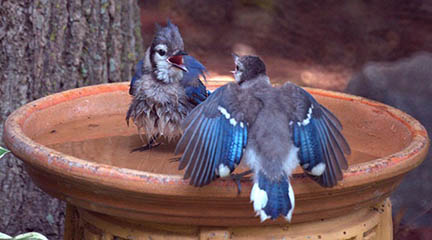
Provide Water for Birds
In nature, birds use puddles, rocky creeks, and other shallow water sources to bathe and drink. However, during the hot, dry, summer months, many of these water sources may dry up. Providing birds and other wildlife with a reliable source of this important resource is a good way to attract them to your yard. You…
-

Appreciating the Wide Diversity of Bees
If asked to picture a bee, most people will think of a honey bee. A few people might think of a bumble bee, a carpenter bee, or maybe a sweat bee, but they will be in the minority and rarely will anyone think of any other type of bee. However, there are many other types…
-
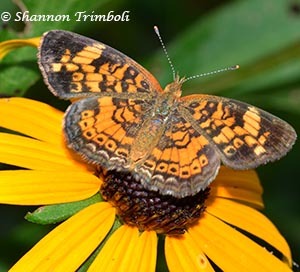
7 Tips for Planting for Butterflies
Butterfly gardens are growing in popularity. When done properly, they can be a great way to attract these beautiful pollinators to your yard. Here are seven tips to keep in mind as you are planting for butterflies. 1) Think about what species of butterflies you want to attract. Different species of butterflies require different food…
-
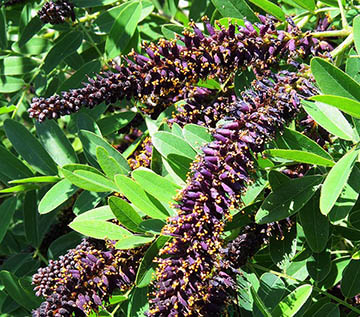
False Indigo Bush
False indigo bush (Amorpha fruticosa) is a member of the legume or pea family. It is native to Kentucky and much of the eastern U.S. The leaves look very similar to the leaves of black locust (Robinia pseudoacacia) which is also in the pea family. False indigo bush typically grows 6-10 feet tall and has…
-
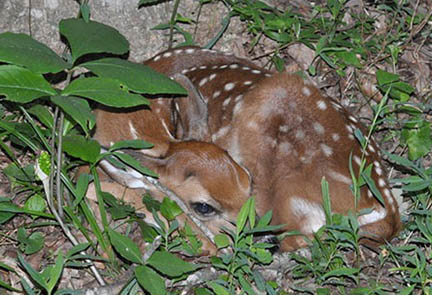
White-tailed Deer
White-tailed deer are native to much of the U.S. In pre-settlement times they were very common throughout the eastern U.S. However, several factors such as habitat loss, unrestricted hunting, and predation or harassment by dogs, caused the population to decline drastically. By 1894, the white-tailed deer population in Kentucky was so low that a law…
-
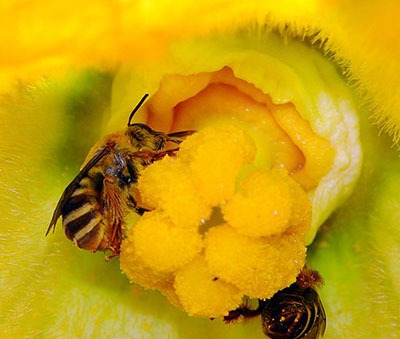
Squash bees
Every summer, squash and gourds of all sizes and shapes to begin their annual takeover of local gardens and farmer’s markets. While squash and gourds are well-known and much loved, the native bees that specialize in pollinating these plants are less well-known. All the different types of squash, pumpkins, and many commonly-grown gourds belong to…
-

Plant Wild-Type or Old-Fashioned Varieties
When planting for pollinators, choose wild-type or old-fashioned varieties. Often as plants are bred to be showier and more ornamental, they lose their ability to produce as much nectar and pollen. This makes them less attractive to pollinators. Ornamental roses are one example of this. Honey bees and many other pollinators will work wild roses…
-
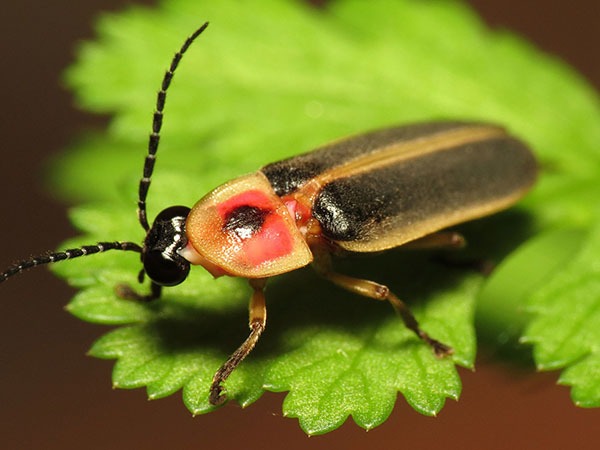
Fireflies and Lightning Bugs
I have always loved watching fireflies and lightning bugs dance in the backyard. They are one of my favorite insects and bring back lots of childhood memories. Even today, I will run outside to watch the first fireflies of the year or to see a particularly good display. Fireflies and lightning bugs are two different…
-
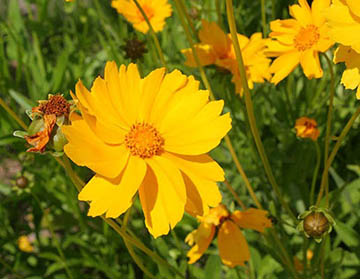
Lance-Leaf Coreopsis
Lance-leaf coreopsis (Coreopsis lanceolata) is native to most of the continental U.S. It is one of eight species of coreopsis native to Kentucky and is the species that is the most common. Other names for lance-leaf coreopsis include tickseed and sand coreopsis. The name tickseed comes from the fact that its dark brown seeds resemble…
-
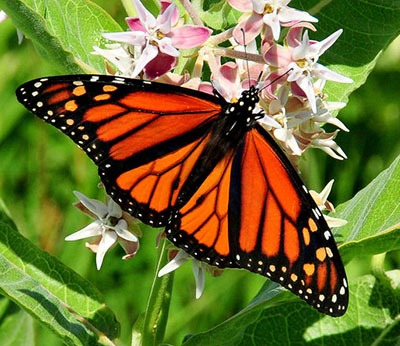
Monarch Butterflies and Their Migration
The monarch butterfly is one of the most widely recognized and celebrated butterflies in the U.S. For many of us, the love affair started in grade school when we learned about the monarch’s migration and their giant winter clusters in Mexico. The U.S. has two populations of monarch butterflies – an eastern and a western…
-
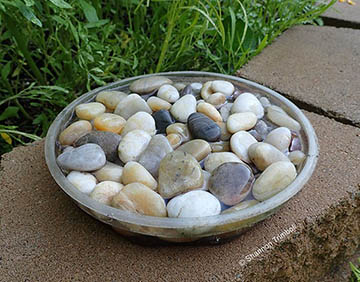
Make a Bee Waterer
Many pollinators will get much of the water they need from the nectar they drink. However, sometimes they need access to additional water sources. Honey bees, especially, need access to lots of water during the summer because they use water to cool their hive. Providing bees and other pollinators with access to water is easy…
-

Swamp Milkweed or Rose Milkweed
Swamp milkweed, also called rose milkweed, (Asclepias incarnata) is one of 13 milkweed species native to Kentucky. It can be from 3-6 feet tall, but 3-4 feet is more common. Swamp milkweed has clusters of pink flowers that bloom from June through August, depending on the plant and whether it was mowed or grazed before…
-
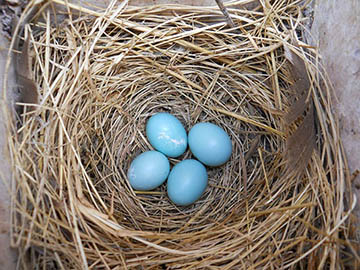
Help Scientists Learn about Nesting Success
in Take ActionMany people put up birdhouses to attract nesting birds. Even without putting up a birdhouse, it isn’t uncommon to find a nest in your yard or at a nearby park. When we lived in town, I frequently had robins build nests in the curve of my downspout or in the tree outside my living room…
-
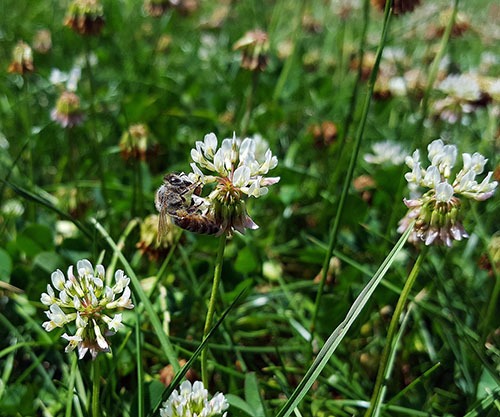
Mow Your Yard Less Frequently
In March 2018, researchers published a new study about the effects of lawn mowing frequency on bee populations in urban yards. Yards in the study were mowed at 1-, 2-, or 3-week intervals throughout the growing season. Before the yards were mowed, the number of dandelions, clovers, and other flowers growing wild in the yard were…
-
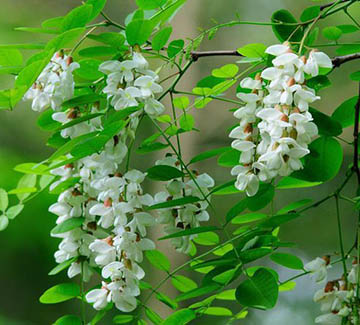
Black Locusts
Black locusts (Robinia pseudoacacia) are tall trees native to the Appalachian region and parts of the Ozarks, but they have been widely planted across the U.S. and in parts of Canada. They have even been imported to other parts of the world where they are often planted as ornamentals. Black locusts grow very quickly but…
-
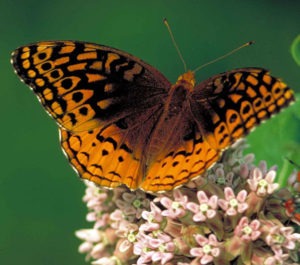
Great Spangled Fritillary
Great spangled fritillary butterflies (Speyeria cybele) are medium-sized butterflies commonly found in meadows, fields, and yards across Kentucky and many of the surrounding states. Its wingspan is approximately 2.5 to 3.5 inches wide. The name fritillary is derived from a Latin word that means checkered and refers to all the black spots on the fritillary’s…
-
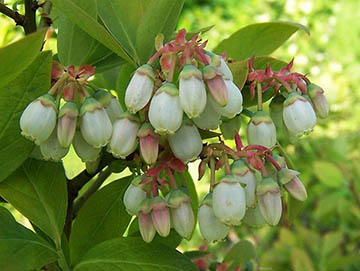
Highbush Blueberry
The highbush blueberry (Vaccinium corymbosum) is a native to many parts of the eastern U.S. including Kentucky. It is a tall shrub that can be found growing in sunny locations that typically have relatively moist, but well drained, acidic soil. The highbush blueberry is also planted extensively outside of its native range because the blueberry…
-
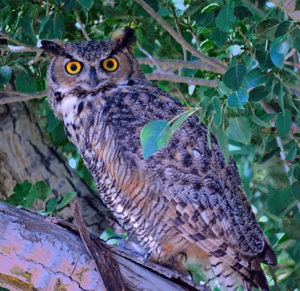
Great Horned Owl
Great horned owls (Bubo virginianus) are the largest owl found in Kentucky and surrounding states. Both males and females look alike, and their horns are actually just feathers. Great horned owls don’t migrate and a pair will defend the same territory year-round. They can be found in a wide variety of habitats including urban and…
-
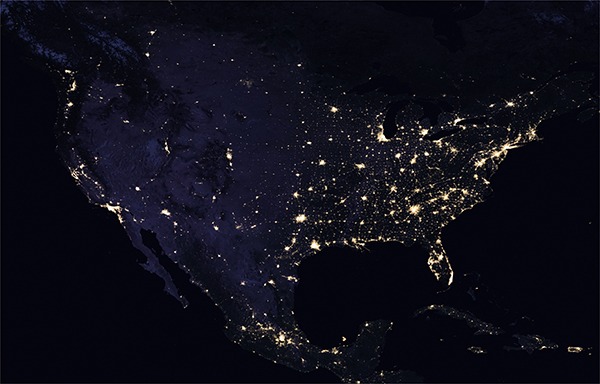
Turn Unneeded Lights Off at Night
Most of us probably don’t realize just how busy the nightlife can be from an animal’s perspective. Just because the sun goes down and people tend to migrate inside our well-lit homes, doesn’t mean that wildlife and pollinators do the same thing. Some species will curl up inside their homes to sleep, but many others…
-
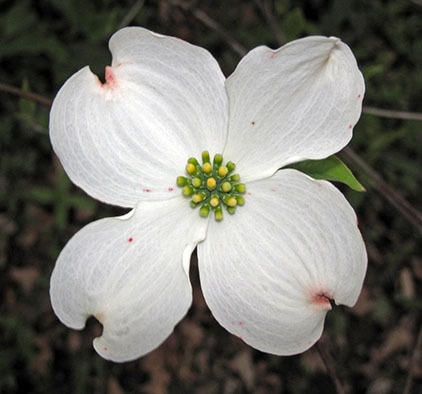
Flowering Dogwood
The flowering dogwood (Cornus florida) is a small tree or tall shrub native to much of the eastern U.S. It is probably the most familiar of our native dogwoods and is the one that most people are referring to when they say “dogwood.” In addition to growing wild in our woods, the flowering dogwood is…
-
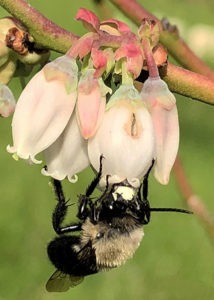
Southeastern Blueberry Bee
The southeastern blueberry bee (Habropoda laboriosa) is a native bee found in much of the eastern U.S. It is approximately a half inch long and looks kind of like a small bumble bee. Like its name suggests, the southeastern blueberry bee forages primarily on blueberry pollen and nectar, although it will also visit several other…
-

Common Blue Violet
There are over 20 different species of violets native to Kentucky and the surrounding states. Probably the most common of these species is the common blue violet (Viola sororia). The common blue violet grows in a wide range of habitats including meadows, parks, open woods, and yards. It has heart-shaped leaves and blue to purple…
-
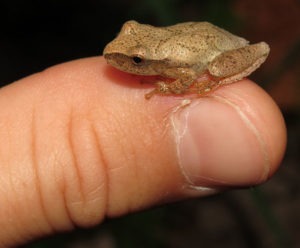
Spring Peepers
Spring peepers (Pseudacris crucifer) are small frogs that can be found throughout most of the eastern U.S. They are very common throughout most of their range. Spring peepers range in color from tan to grey and have an “X” on their back. These small frogs weigh less than 2 dimes and are only 0.75-1.5 inches…
-
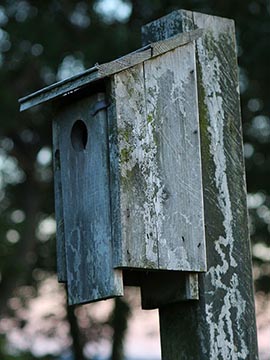
Choose the Right Type of Birdhouse
Birdhouses are often promoted as one way to attract nesting birds, primarily songbirds, to your property. But did you know that different types of birdhouses will attract different types of birds? Or that not all birds will use birdhouses? Or that some birdhouses can actually be harmful to birds? It is important to choose the…
-
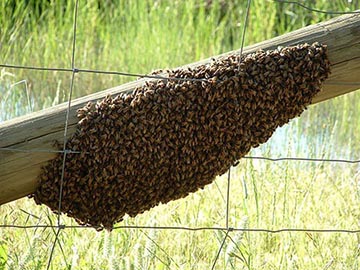
Swarms – What are they and what should you do if you find one?
Springtime is a busy time for honey bees and beekeepers alike. As more and more flowers and trees begin to bloom, the amount of nectar and pollen available for the bees increases. The worker bees will be busy bringing in all that nectar and pollen. The queen will also be busy laying eggs. She is…
-
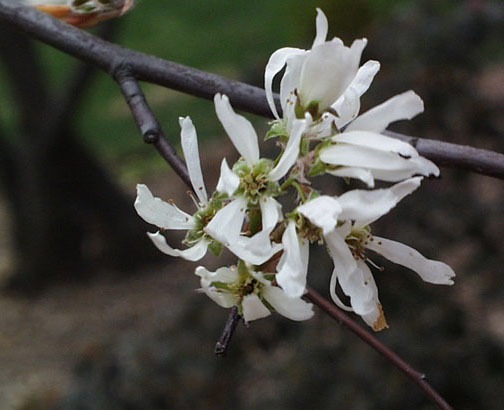
Serviceberry
Serviceberries (Amelanchier spp.) are small trees or large shrubs that typically grow to around 10-15 feet tall, but occasionally can be taller. There are multiple different species of serviceberry throughout the U.S. and Canada. In fact, every state except for Hawaii has a native species of serviceberry. In Kentucky, our two most common native species…
-
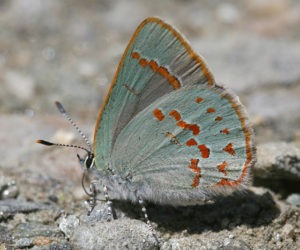
Early Hairstreak
The early hairstreak (Erora laeta) is a small butterfly native to Kentucky. It is only a little less than an inch from the tip of one outstretched wing to the tip of the other outstretched wing. In other words, its wings would barely cover from the tip of your thumb to your first knuckle. The…
-
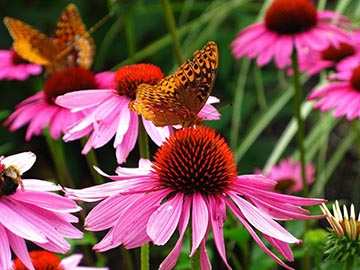
Plant Different Shapes, Sizes, and Colors of Flowers
Different species of pollinators are attracted to different shapes, sizes, and colors of flowers. For example, hummingbirds love red flowers with long narrow flower tubes. However, many bees don’t see the color red and don’t have long enough proboscises (tongues) to reach nectar at the bottom of a long narrow flower tube. Planning your landscape…
-
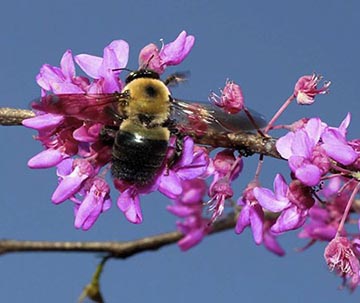
Eastern Redbud
The eastern redbud (Cercis canadensis) is a small tree or tall shrub that is native to much of the eastern U.S. In the early spring, redbuds produce clusters of pink flowers. Redbuds bloom before the leaves have started to appear on most trees and their pretty pink flowers can often be spotted in the understory…
-
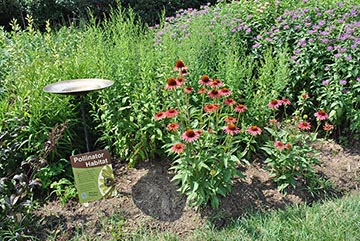
Break Big Projects into Smaller Projects
When planning a large, new pollinator garden or wildlife habitat project, it is easy to get carried away and try to take on too much at once. If you are thinking about starting a big, new project this year, I encourage you to think about how it can be broken into smaller pieces that are…
-
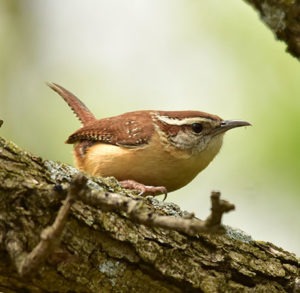
Carolina wren
The Carolina wren (Thryothorus ludovicianus) is a common visitor to backyards throughout Kentucky and much of the eastern U.S. Both the male and the female look alike. These chestnut-colored, medium-sized, songbirds have a ton of personality and are very vocal. Although you wouldn’t guess it based on how common they are at bird feeders in…
-
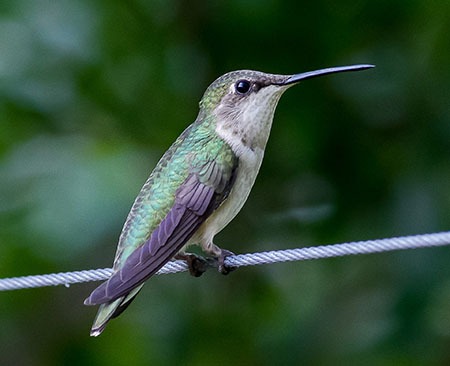
Don’t Bring Hummingbirds Inside to Warm Up
You don’t have to live in Kentucky long to figure out that Kentucky weather can be a bit crazy. Seventy degree weather one day and snow the next? Yep, we can do that. Noooo problem. I know many of our neighbors in Tennessee, Illinois, Indiana, and Ohio claim the same type of weather. Although spring…
-
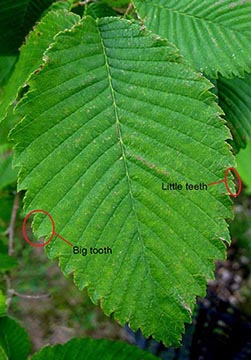
Elms
Elms are deciduous trees and many species can be found in different parts of the world. In Kentucky, we have four species of native elms – the American elm (Ulmus americana), slippery elm (U. rubra), winged elm (U. alata), and rock elm (U. thomasii). Other elms have been introduced as ornamentals and the Siberian elm…
-
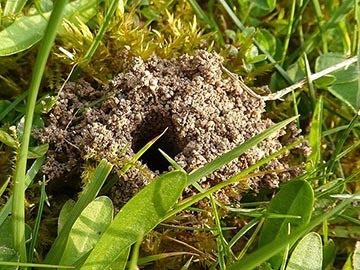
Provide Habitat for Ground Nesting Bees
It is estimated that approximately 70% of bees native to the U.S. nest in the ground. Depending on the species, ground nesting bees may spend as much as 11 months underground developing from an egg into an adult bee. The adult bee may only be active above ground for a few weeks. During those few…
-

Clean and Repair Birdhouses
Spring is rapidly approaching and some of the early nesting songbirds are starting to re-establish their territories. Now is the time to clean and inspect your birdhouses if you haven’t already done so. Even if you cleaned and inspected your birdhouse in the fall, it isn’t a bad idea to do another quick check. The…
-
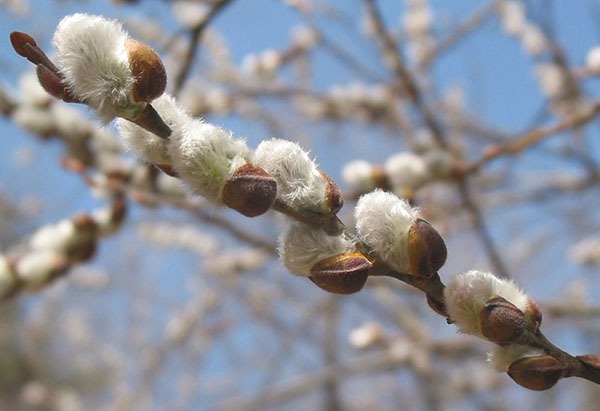
Pussy Willow
Different species of willow can be found throughout much of the Northern Hemisphere. There are several species native to Kentucky and several exotic species can be found growing as ornamentals. The pussy willow (Salix discolor) is perhaps our most familiar native willow, even though it is not Kentucky’s most common native willow. In addition to…
-
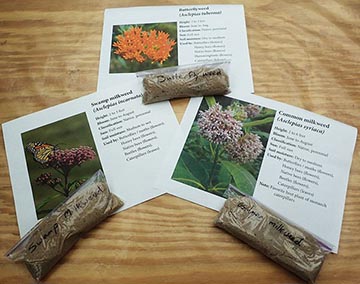
Planting Native Seeds
in Take ActionWhen it comes to planting native seeds for pollinators, just scattering some seeds in a flower bed may not be enough. Some wildflowers will sprout like that, but the seeds of many species need to be treated before they will germinate. Those treatments may include going through the digestive tract of an animal to remove…
-
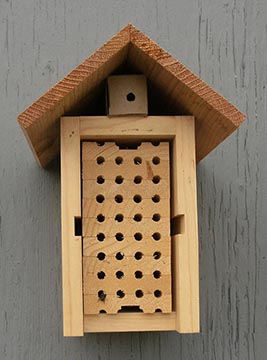
Include a Mason Bee House on Your Property
You don’t have to be a beekeeper to provide a home for bees on your property. Mason bees are a group of bees native to the U.S. They are important pollinators that nest in hollow grasses and other tubes. Mason bees get their name from the walls they build between each egg they lay in…
-
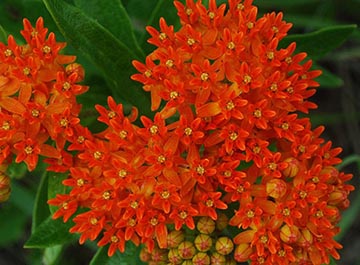
Butterfly Milkweed
Butterfly milkweed (Asclepias tuberosa) is one of several milkweed species native to Kentucky and the eastern U.S. It is a perennial and relatively easy to identify because it is our only orange milkweed. Unlike other milkweed species, this one lacks the characteristic milky sap. Butterfly milkweed can grow up to three feet tall and have…
-

Plant in Mass to Attract Pollinators
Pollinators are more attracted to clumps of the same type of flower, than to individual flowers. One, it’s easier to see the clumps from a distance as the pollinator is flying around. Two, it is more efficient for the pollinator to work a clump of flowers than to have to fly any distance between each…
-
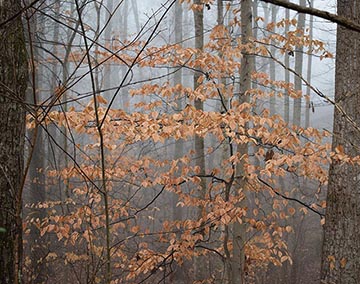
American Beech
The American beech (Fagus grandifolia) is a tall, deciduous tree that is native to the eastern U.S. It is the only beech tree native to North America. Other beech species are native to Europe and are sometimes planted as ornamentals. However, when most people in the eastern U.S. talk about beeches they are referring to…
-
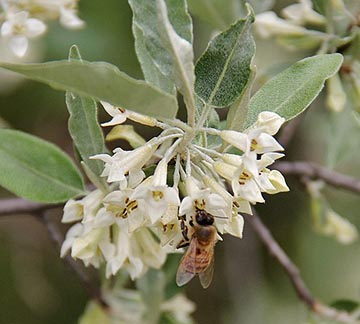
Avoid Planting Invasive Species
Invasive species are species that are not native to an area, but once introduced to an area can spread rapidly and crowd out other species. Not all non-native species are invasive, but some are and those species can cause significant ecological damage. Invasive species also have an economic impact as local, state, and federal agencies…
-
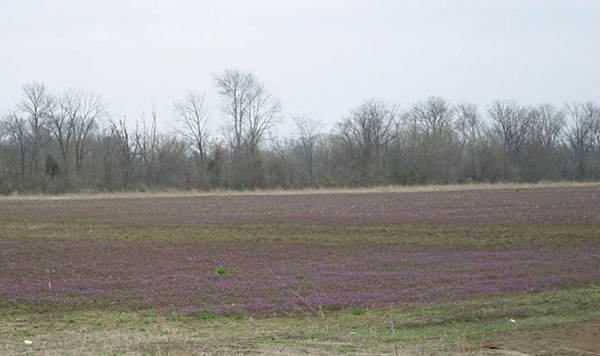
Henbit and Deadnettle
In March, backyards and fields can turn purple when viewed from a distance. The source of this purple hue are species in the genus Lamium. Our most common Lamium species are purple deadnettle (L. purpureum), henbit deadnettle (L. amplexicaule), and henbit (L. maculatum). Henbits and deadnettles look similar. Both have square stems, similar-shaped purple flowers,…
-

Gray Squirrels
Of the three species of squirrels that can be found in Kentucky, the gray squirrel (Sciurus carolinensis) is the most common. Gray squirrels are native to most of the eastern U.S. They have also been introduced to parts of the western U.S. and several European countries. In locations where gray squirrels have been introduced, they…
-

Provide Pollinators with Three Seasons of Blooms
When planting for pollinators, try to incorporate at least three different types of plants that bloom in each of the three growing seasons (spring, summer, and fall). In Kentucky and much of the surrounding region, the growing season typically begins sometime in February and ends with the first killing frosts in late October or November.…
-
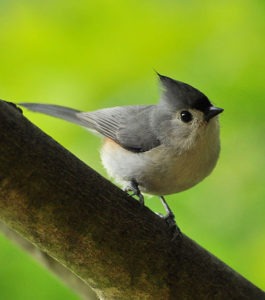
Tufted Titmouse
The tufted titmouse (Baeolophus bicolor) is the only species of titmouse found in the eastern U.S. These curious, vocal songbirds are in the same family as the chickadees. In fact, once upon a time, they were in the same genus as chickadees, but genetic testing resulted in the genus being divided into two. A tufted…
-
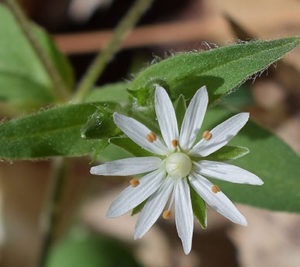
Chickweeds
Several species of chickweeds (Stellaria spp.) can be found in Kentucky and the surrounding states. The most common species are common chickweed (S. media) and star chickweed (S. pubera). Common chickweed is an exotic introduced from Europe. It is commonly found in yards and other disturbed locations. In Kentucky, it is considered a severe invasive…
-

Do a Soil Test
A soil test is an inexpensive and valuable investment when planting for pollinators and wildlife. Basic soil tests will tell you the pH of your soil and the availability of potassium, phosphorus, calcium, magnesium, and zinc. This is important information to know because it can help you determine what, if any, amendments you need to…
-
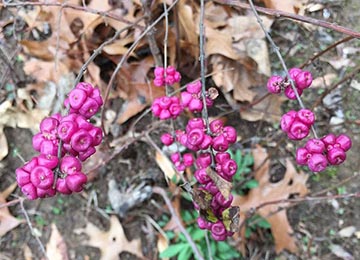
Coralberry
Coralberry (Symphoricarpos orbiculatus) is a deciduous shrub that is native to most of the eastern half of the U.S. It typically grows 2-4 feet tall and is most commonly found in semi-open woods. Coralberry blooms during the summer, but the flowers are not very showy and are often overlooked. It produces pinkish to purplish berries…
-
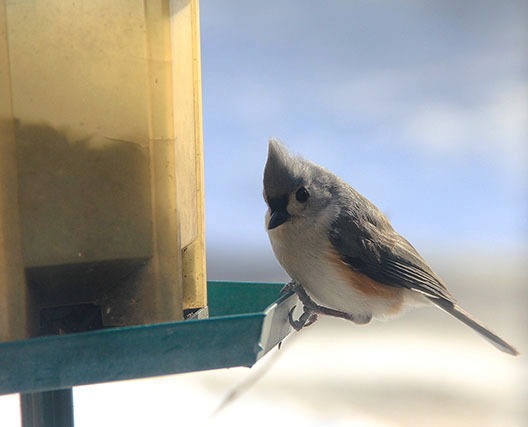
4 Common Types of Bird Seed and the Winter Birds They Attract
Many people enjoy feeding the birds, especially during the winter. It is a great way to attract birds to your home and to an area where you can easily watch them. The types of birds that come to your feeders will depend partly on the types of birds that are in your area and partly…
-
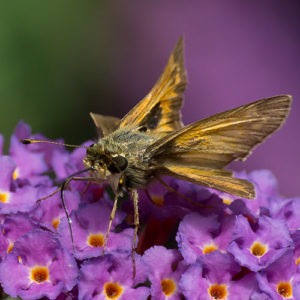
Skippers: Common, but often Overlooked Butterflies of Kentucky
Over the last week, I’ve noticed an increase in the number of brightly yellow tiger-swallowtail butterflies. Tiger-swallowtails are one of my favorite Kentucky butterflies and I love taking pictures of them on the milkweed and other wildflowers on our farm. However, there is another group of butterflies that I have also grown to appreciate over…
-
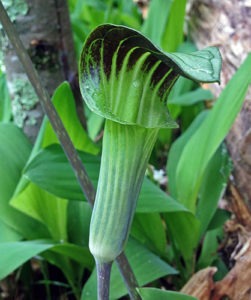
Jack-in-the-Pulpit and Its Tricky Pollination Method
Jack-in-the-pulpits (Arisaema triphyllum) are native to much of the eastern two-thirds of the U.S. and grow in moist, rich woodlands. In Kentucky, they typically bloom in April and May. Their flowers aren’t very showy compared to some of our other spring wildflowers, but they have a unique shape. They also have some very interesting life…
-
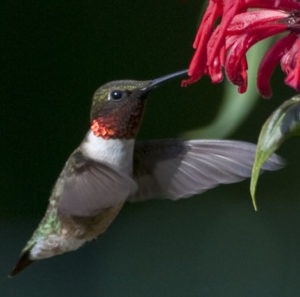
Help Track Hummingbird Migrations
It’s almost time for the hummingbirds to start arriving in Kentucky! In Kentucky, like the rest of the eastern U.S., we only have one common species of hummingbird – the ruby-throated hummingbird. Each year these tiny birds migrate from wintering grounds in Mexico and Central America to breeding grounds in the U.S. and Canada then…
-
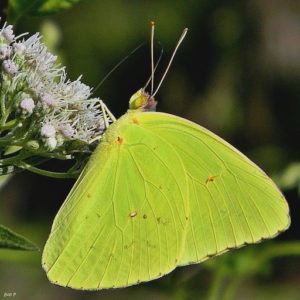
Sulphur Butterflies
Sulphur butterflies are the bright yellow butterflies with relatively few markings that we see in our gardens and other open areas during the summer and fall. Of the medium to small sized butterflies, sulphurs are some of my favorites. There are several species of sulphur butterflies that can be found in Kentucky and much of…
-

The Rusty Patched Bumble Bee – The First Bumble Bee Added to the U.S. Endangered Species List
Recently, the rusty patched bumble bee (Bombus affinis) made history when the U.S. Fish and Wildlife Service listed it as this country’s first endangered bumble bee. The rusty patched bumble bee is one of approximately 50 bumble bees native to the U.S. Relatively little research has been done on many of those species, including the…
-

Dandelions – Not an Evil Weed to be Destroyed on Sight
The dandelion (Taraxacum officinale) is perhaps one of the first wildflowers that many of us learned to identify. The cheery yellow flowers bring dots of color to yards and other open areas, while the puffball seed heads bring joy and laughter to kids everywhere. However, many homeowners view them as an evil weed to be…
-
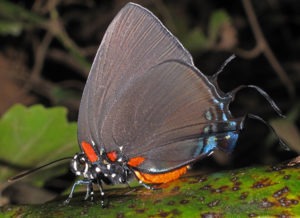
The Great Purple Hairstreak
Looking out my front window, I can see an old walnut tree with a couple of clumps of mistletoe in it. As I look at the mistletoe clumps in the walnut tree, I can’t help but wonder if the walnut tree is providing a winter home to any Great Purple Hairstreak chrysalises. The Great Purple…
-
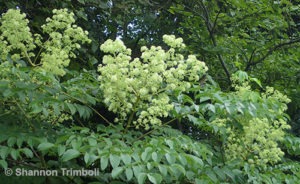
Devil’s Walking Stick
Devil’s walking stick (Aralia spinosa) is a small tree or tall shrub that is native to the eastern U.S. It is often found growing along the edges of forests or in open woodlands. Devil’s walking stick can be a very important plant for honey bees, native bees, and butterflies. From approximately mid-July to mid-August, devil’s…
-
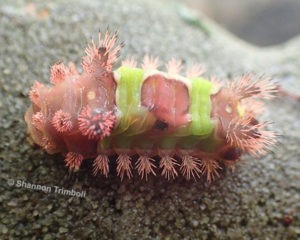
Saddleback caterpillars
I almost had a really bad experience on Sunday. The baby ducks aren’t babies any more. They have learned to fly and while we’ve caught the drakes and trimmed their flight feathers, we haven’t been able to catch the hens yet. They are too fast and can fly too well. Saturday, a couple of hens…
-

Hummingbirds at Home – Helping Scientists Learn More about Hummingbirds and their Feeding Behaviors
in Take ActionHummingbirds are much loved and welcomed visitors to gardens and backyards across the country. In order to survive, they must feed almost constantly or they would literally starve to death. It has been estimated that if hummingbirds were the size of people, then they would need 155,000 calories a day to survive. However, all animals…
-
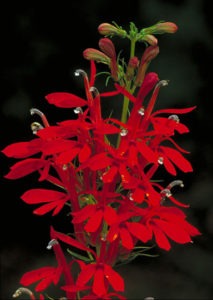
Cardinal Flower: Attractive to Hummingbirds, but not Cardinals
The cardinal flower (Lobelia cardinalis) is a native Kentucky wildflower that grows in moist to wet woods and stream banks. Typically it only grows 2-4 feet tall, but it can grow as tall as 6 feet if it is in really rich, wet soil. Cardinal flower does not do well in dry conditions and will…
-
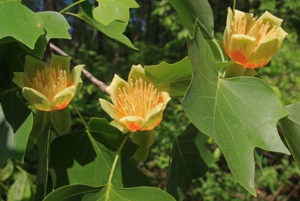
Tulip poplars – A source of abundant nectar and pollen for Kentucky pollinators
The tulip poplar (Liriodendron tulipifera), a.k.a. yellow poplar, tulip tree, or tulip magnolia, is a common and important part of our forests. Despite the name, tulip poplars aren’t poplars. Instead, the tulip poplar is in the magnolia family and is part of a genus that only has two species – the other species is found…
-
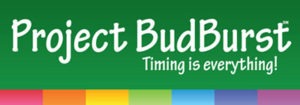
Tracking the Blooms with Project Budburst
in Take Action“Everything seems to be blooming early this year,” has been a common observation over the last month. I’ve made it and so have many of my friends and colleagues. But memories, especially casual observations from a year or more ago, can be tricky. That’s why many people who are interested in plants – gardeners, farmers,…
-
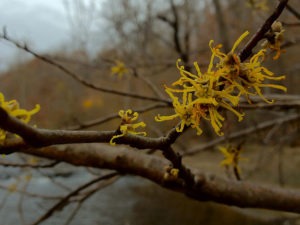
American Witch Hazel: The Last Flowers of the Year
It’s the time of year when almost everything has stopped blooming. If I look hard enough, I might be able to find a few clover, dandelion, or smartweed blossoms left. The crazy cold, then warm weather has also tricked our lilac into putting out a few blooms. However, for the most part, the flowering season…
-
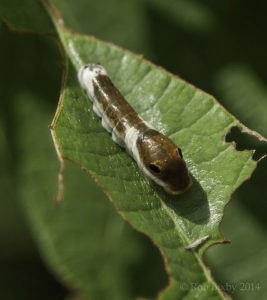
Bird Poop, Snake Head, and Leaf “Costumes” of the Spicebush Swallowtail
The ghouls and goblins of Halloween got me thinking about mimicry in the natural world. Mimicry is when an animal has evolved to look like something else. The spicebush swallowtail caterpillar provides some of my favorite examples of mimicry among Kentucky’s butterflies. The spicebush swallowtail (Papilio troilus) can be found throughout the eastern U.S. It…
-
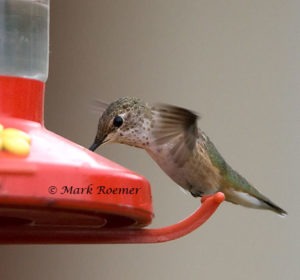
Kentucky’s Winter Hummingbirds
It’s hard to believe that it is already the middle of October. This year has zoomed by – there are so many things that I wanted to get done this year that I haven’t even started. This weekend’s cold snap served as a reminder that winter really is just around the corner. It’s time to…
-

Fall asters provide late season boost to pollinators
What I refer to as the fall asters are actually multiple species within the genus Symphyotrichum. Most of these asters have either white or purple flowers with yellow centers. A few of the common fall asters in Kentucky are New England aster (Symphyotrichum novae-angliae), frostweed aster (Symphyotrichum pilosum), calico aster (Symphyotrichum lateriflorum), and white heath…
-

How do butterflies and moths survive the winter?
According to the Journey North website, monarch migration peaked last week around the Great Lakes. That means it won’t be long before the migration peaks in Kentucky. The monarch butterfly’s migration to and from Mexico each year is a familiar story. But what happens to all of our other butterflies and moths? How do they…
-
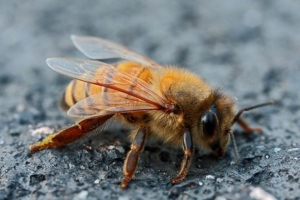
Saving honey bees – one soda at a time
Several times this summer, someone has asked me about bees around a garbage can. Each time the bees were honey bees and the garbage can was a public trash can located outside. The bees are being attracted to the half-drunk sodas that people toss into the trash without thinking about it. The problem is especially…
-
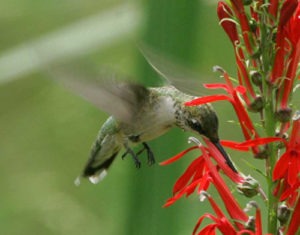
Ruby-throated Hummingbirds: A favorite summer visitor and important pollinator
Ruby-throated hummingbirds are the only hummingbirds that nest in the eastern United States. They arrive in Kentucky between mid-March and early April. The males arrive first and set up territories. When the females arrive, the males display to attract the females. The male’s mating display is a series of long swoops that look like he is…
-

Black-eyed Susan: A favorite nectar source for butterflies
The black-eyed susan (Rudbeckia hirta) is a native wildflower that belongs to a group of flowers called the coneflowers. The coneflowers include popular wildflowers like the black-eyed susans, brown-eyed susans, purple coneflower, grey-headed coneflower, and many others. Coneflowers are semi-drought tolerant and bloom during the summer. In Kentucky, Black-eyed susans bloom from June to September. What…
-
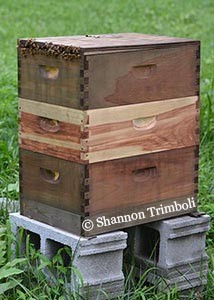
To Bee Keep or Not to Bee Keep? That is the question. (Deciding whether to become a beekeeper.)
in Take ActionOk, I couldn’t resist the corny Hamlet reference, but it seemed appropriate. More people have asked me about bees and beekeeping this year than ever before. I don’t mind. I like talking about bees and beekeeping. How hard is it to keep bees? Can I just put a hive out and let the bees do…
